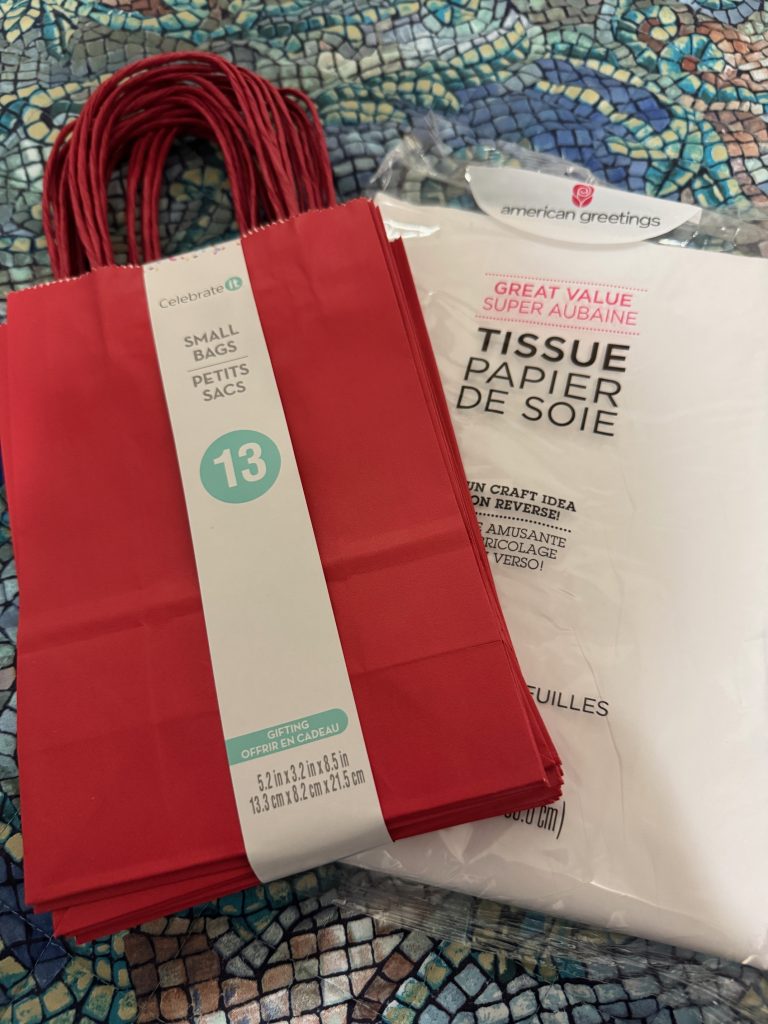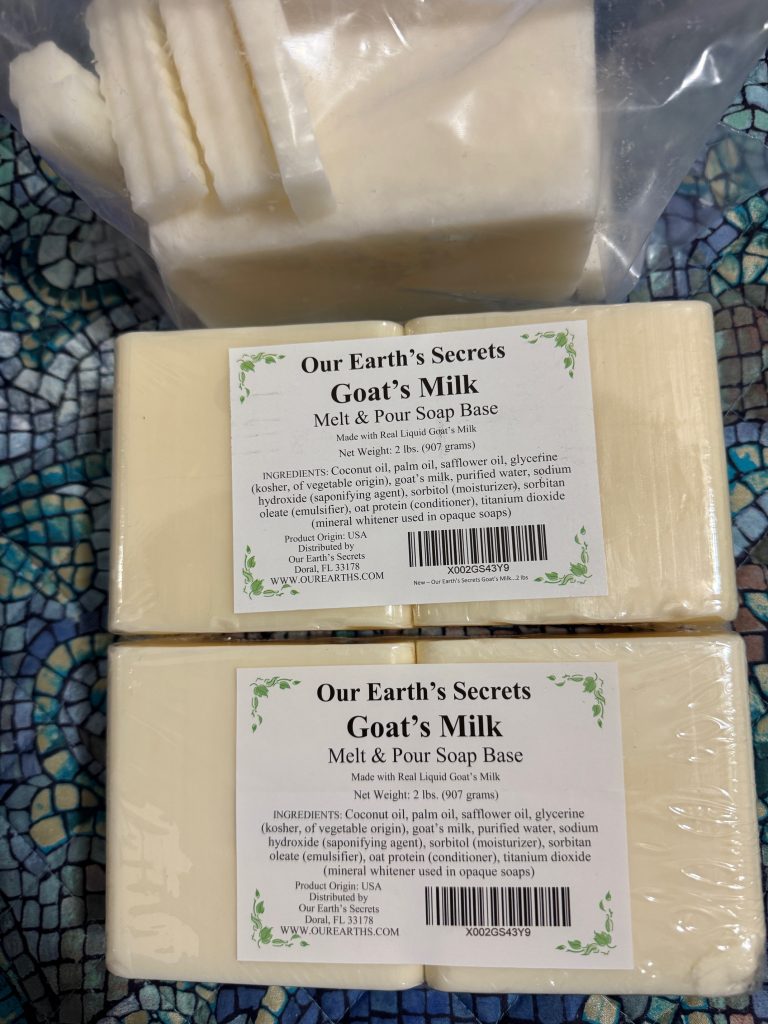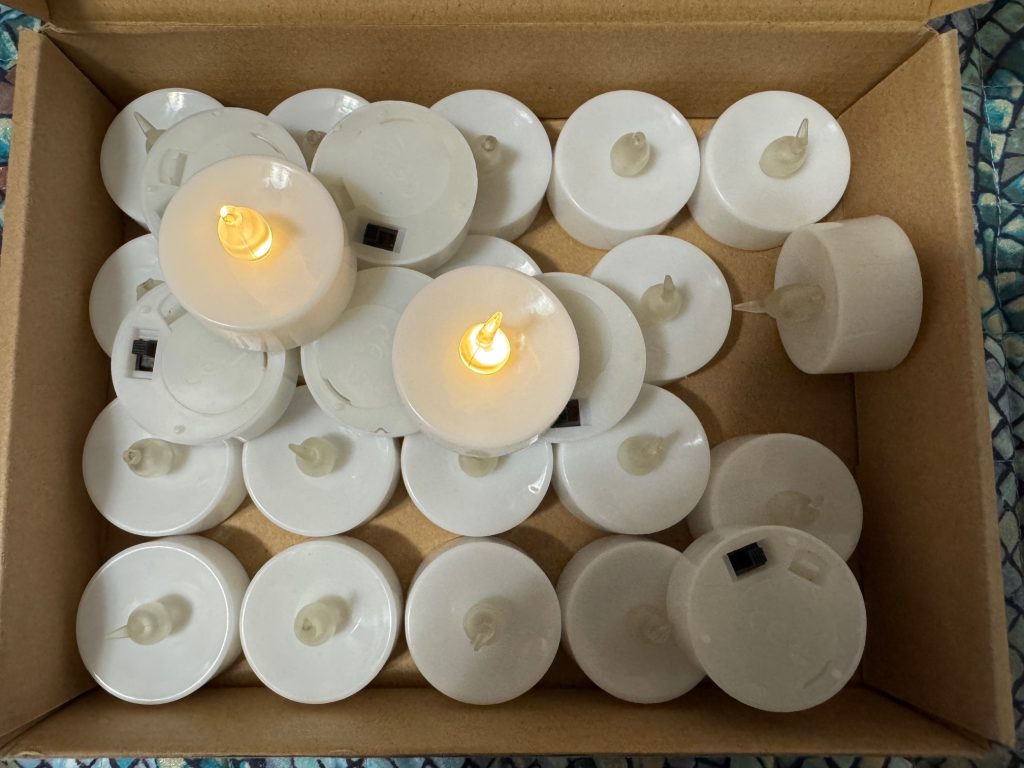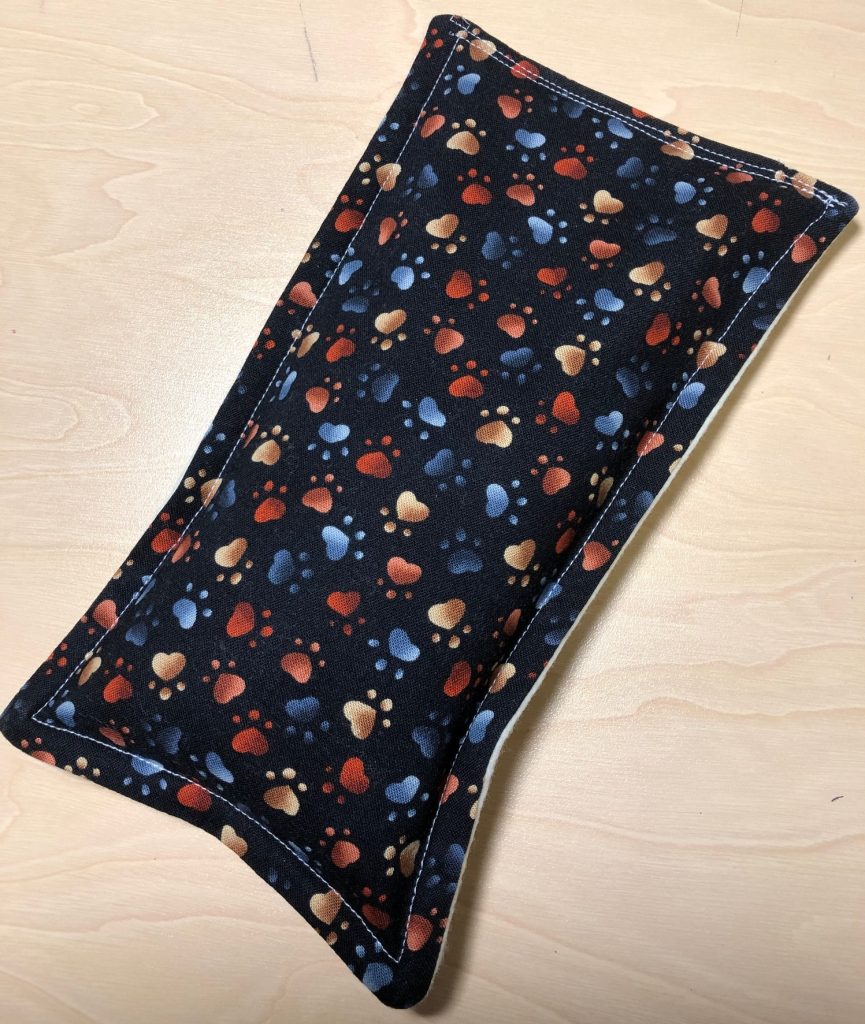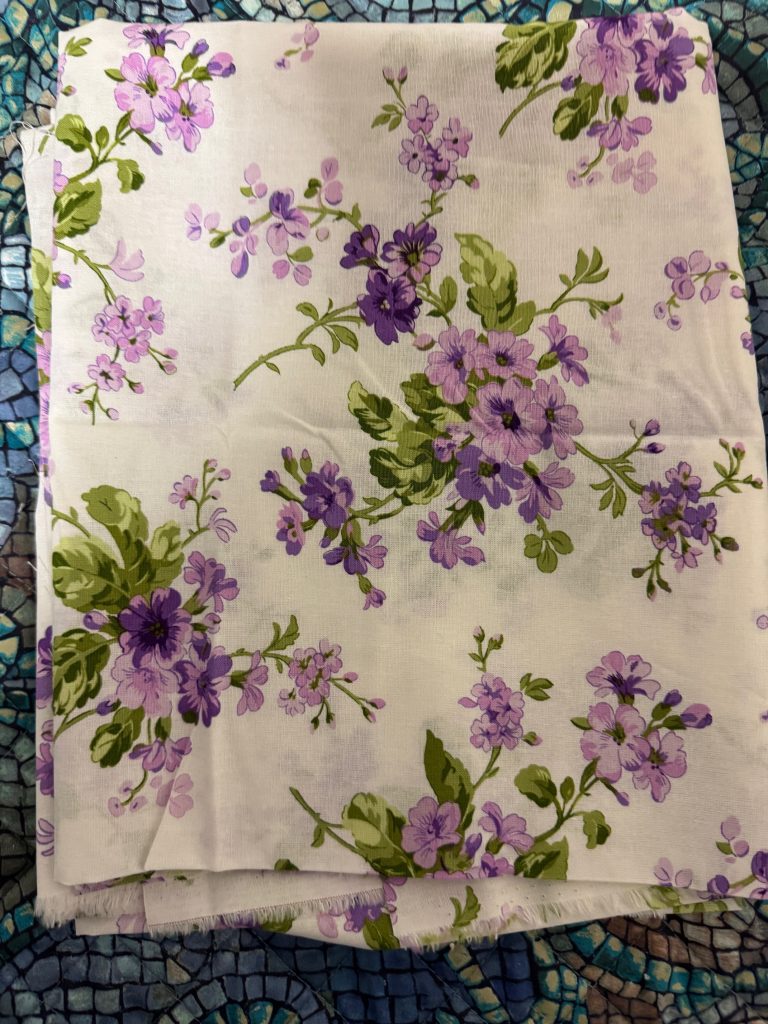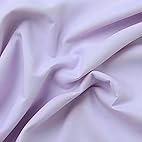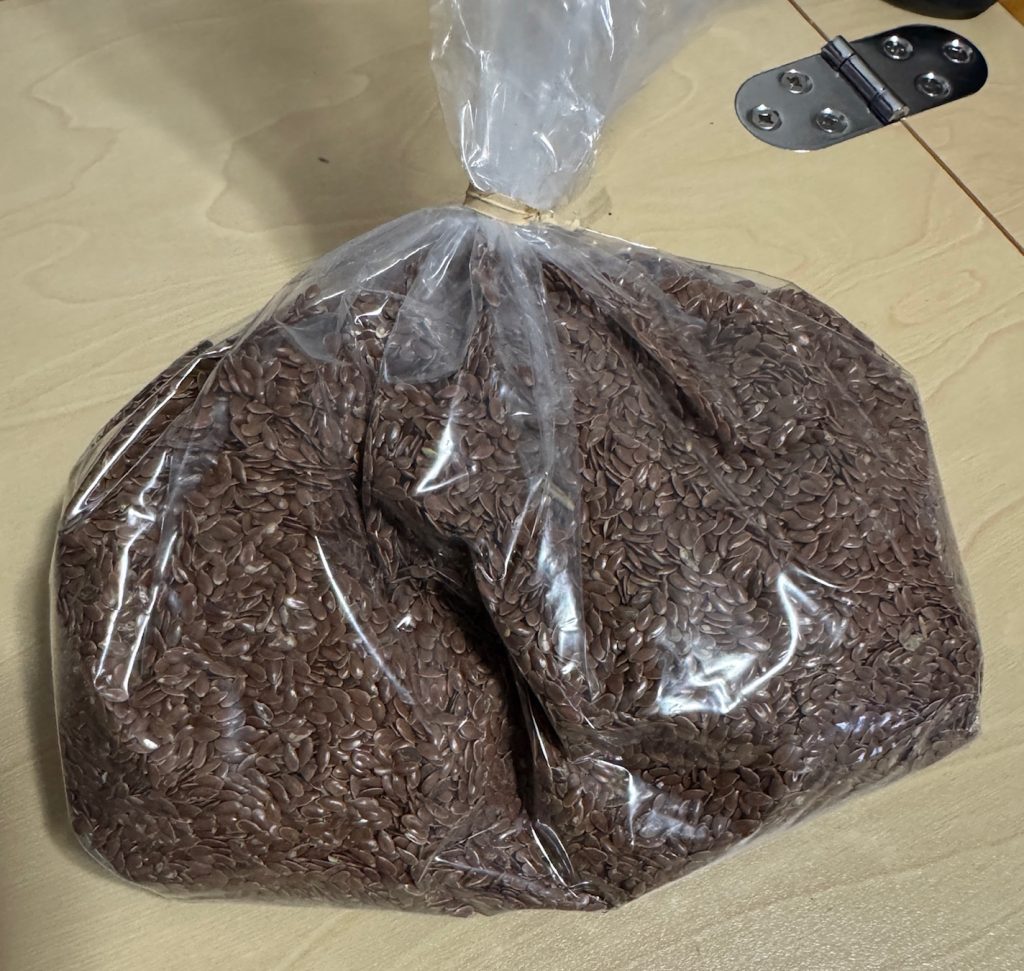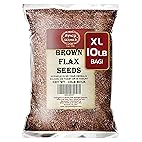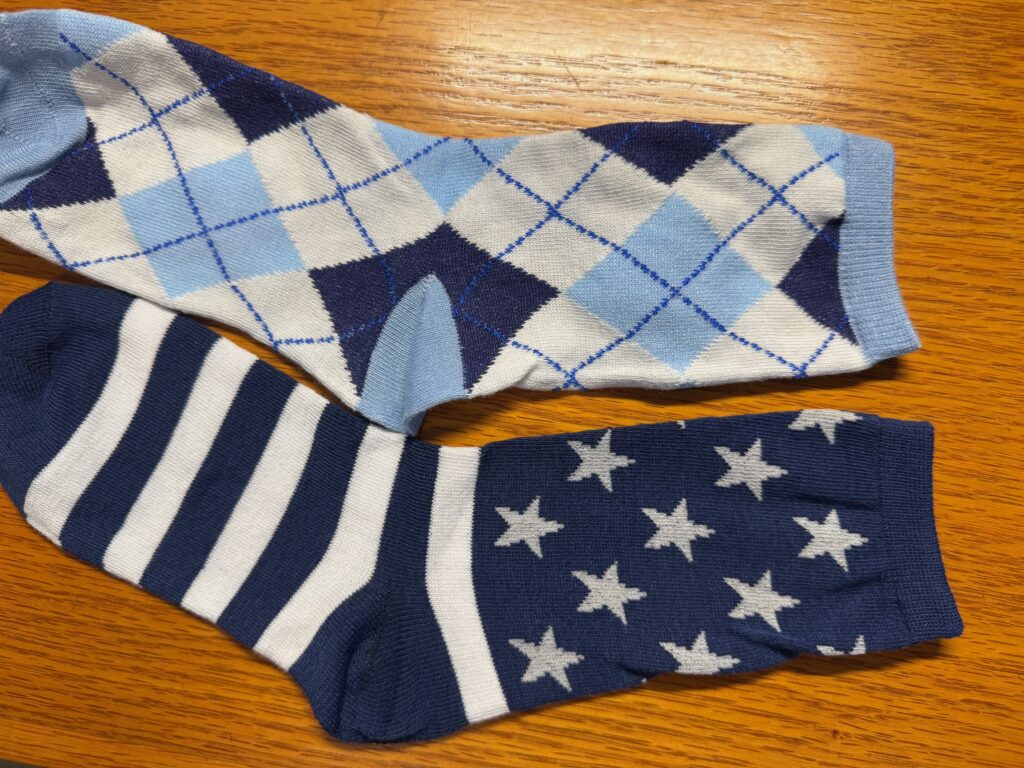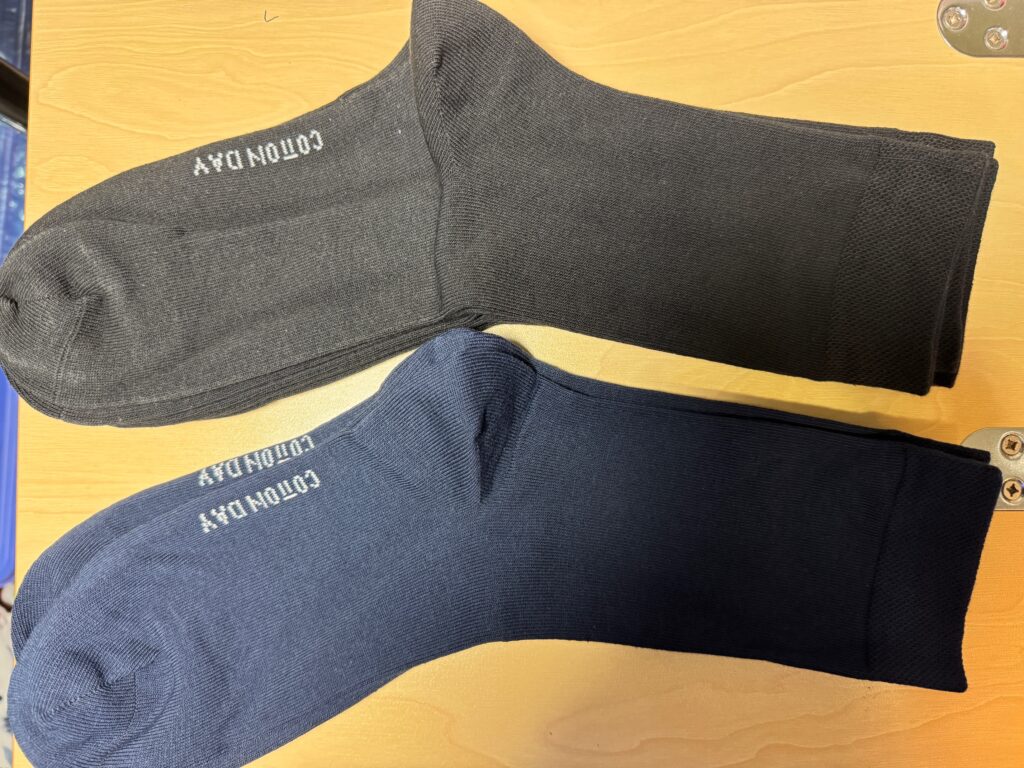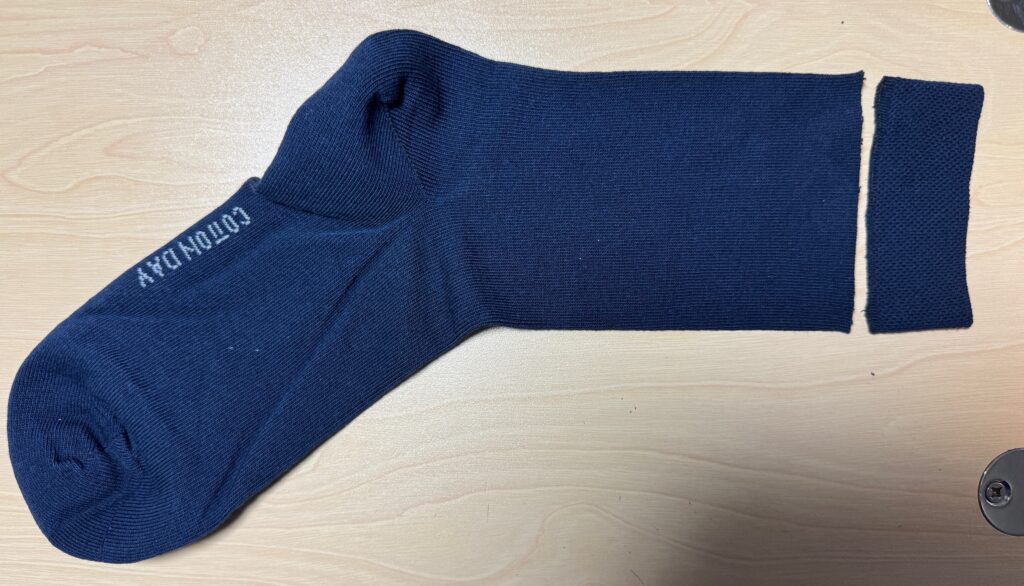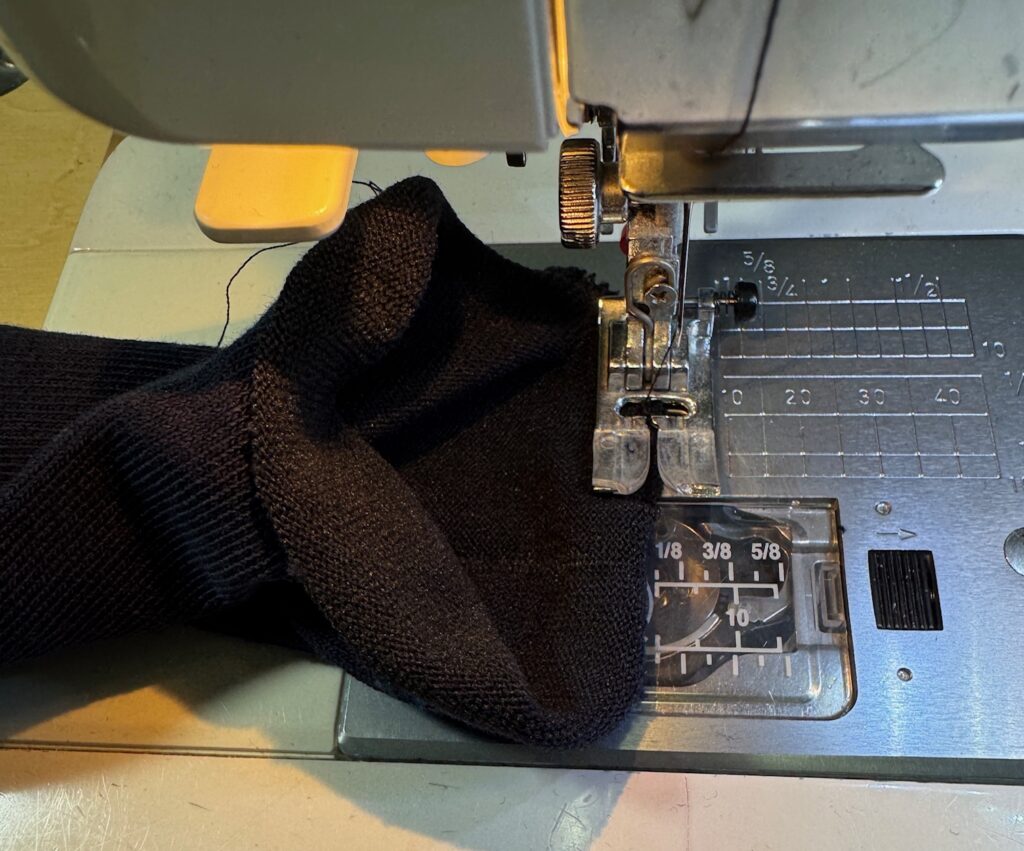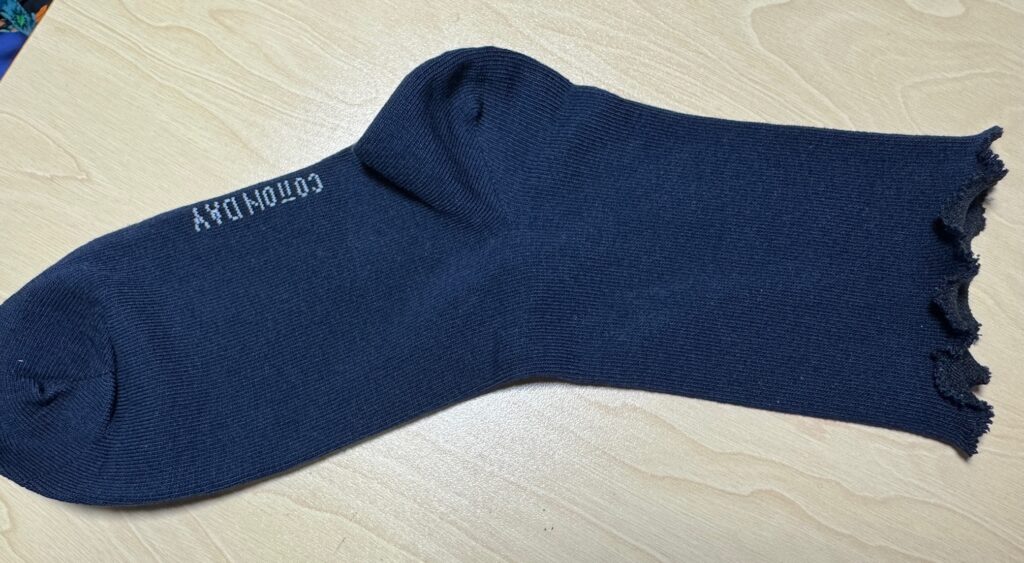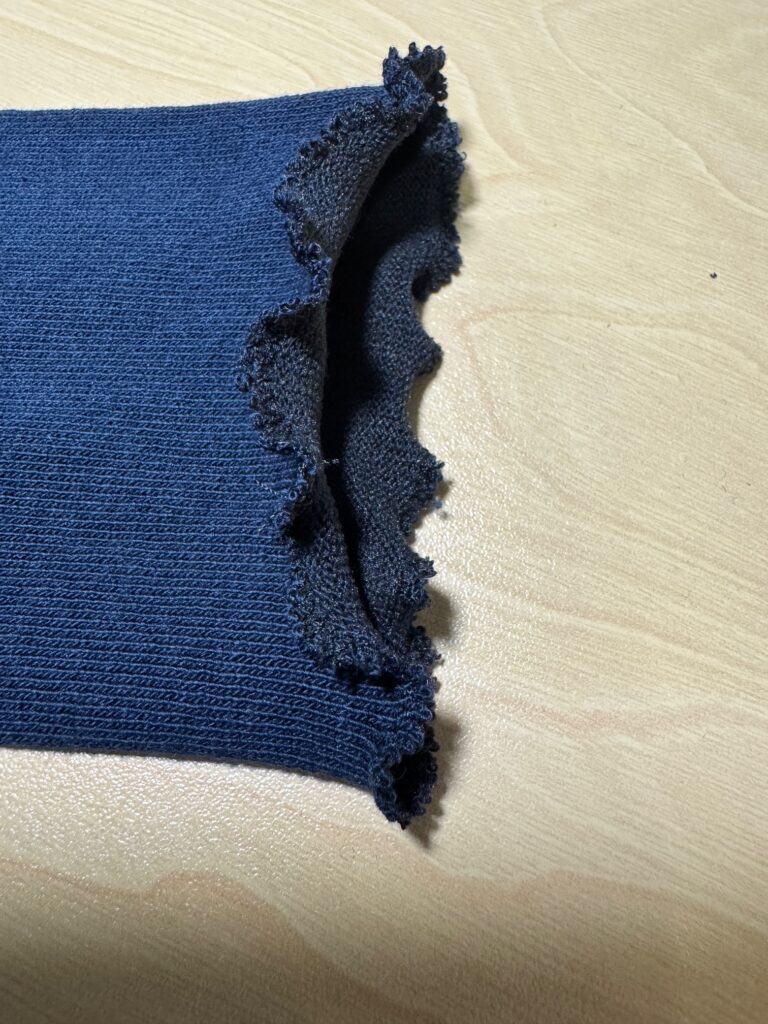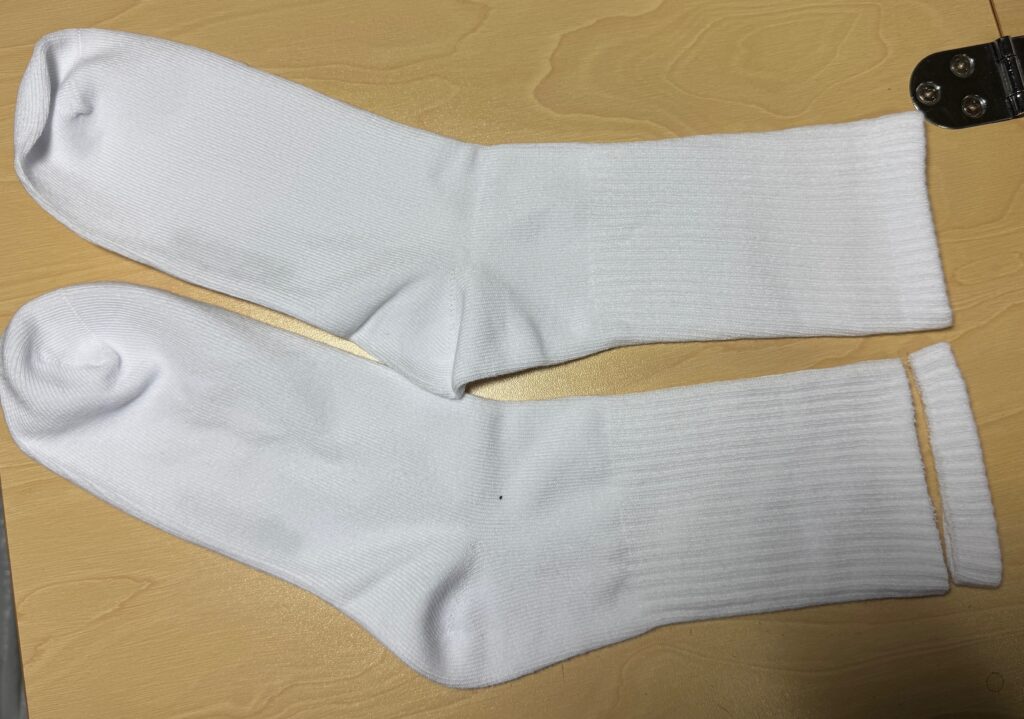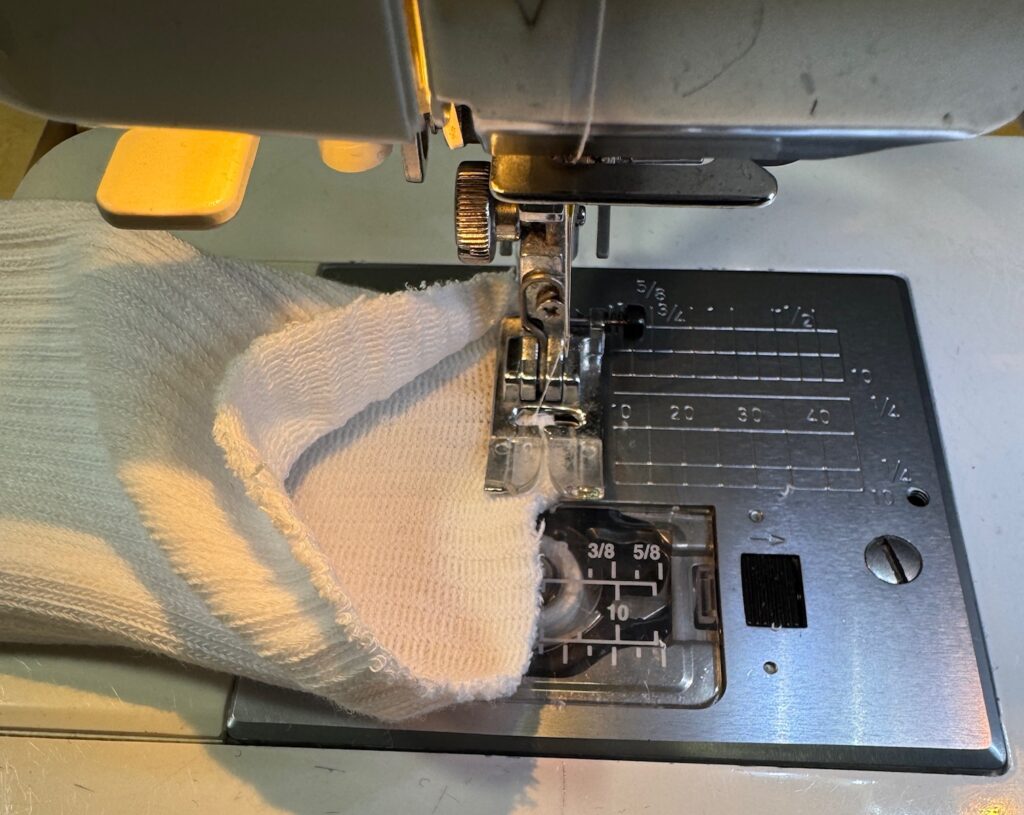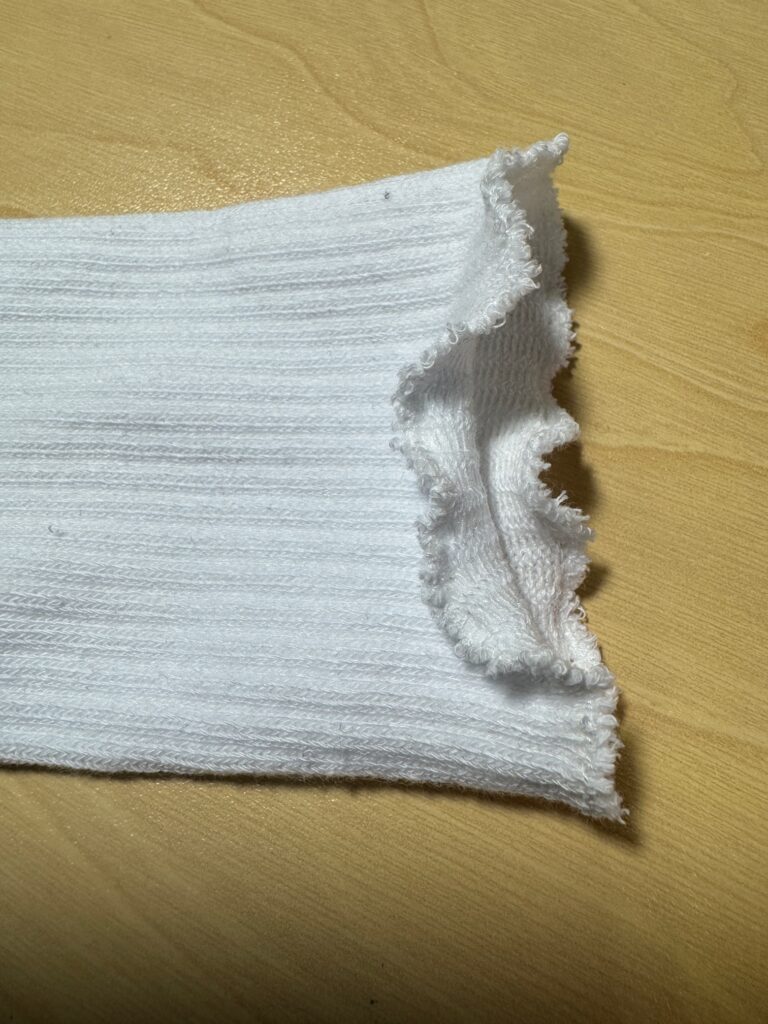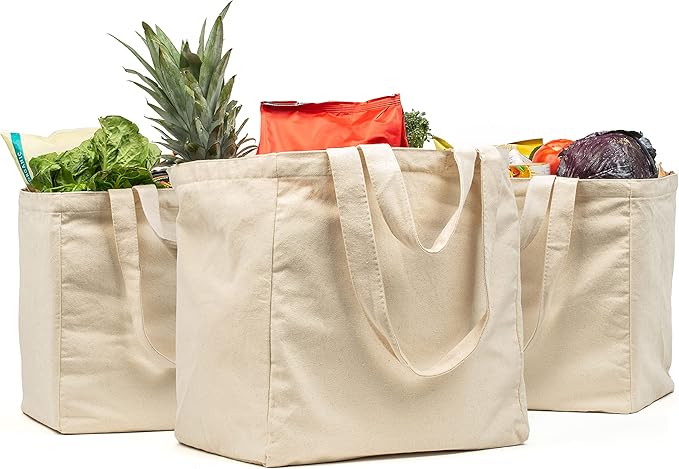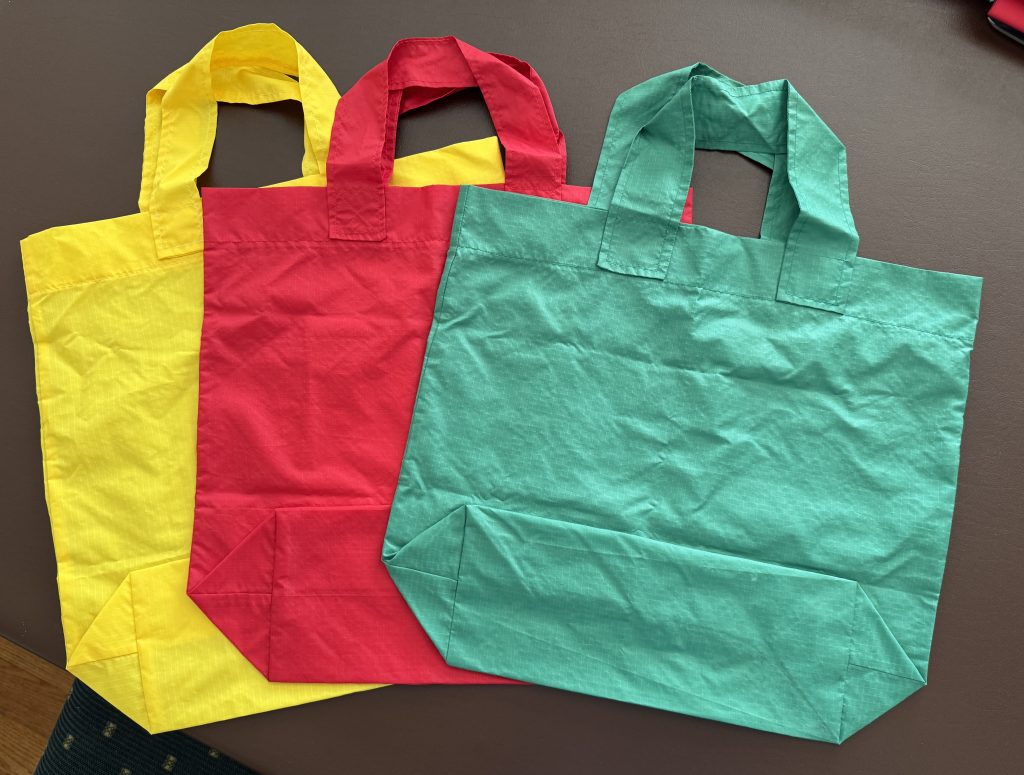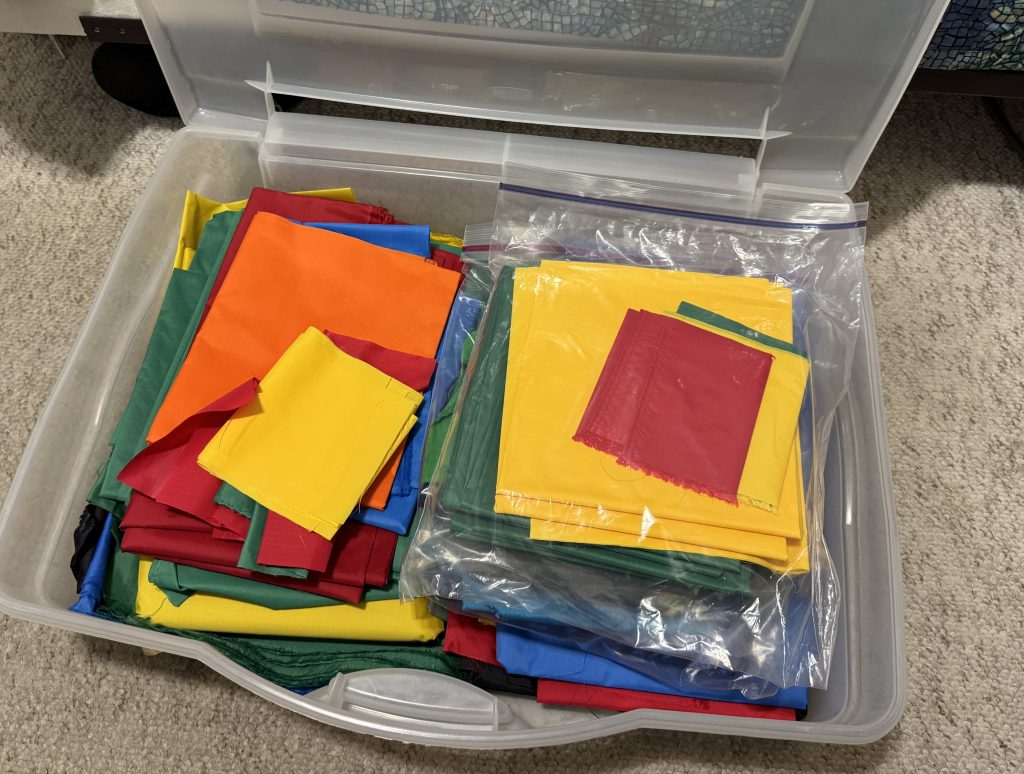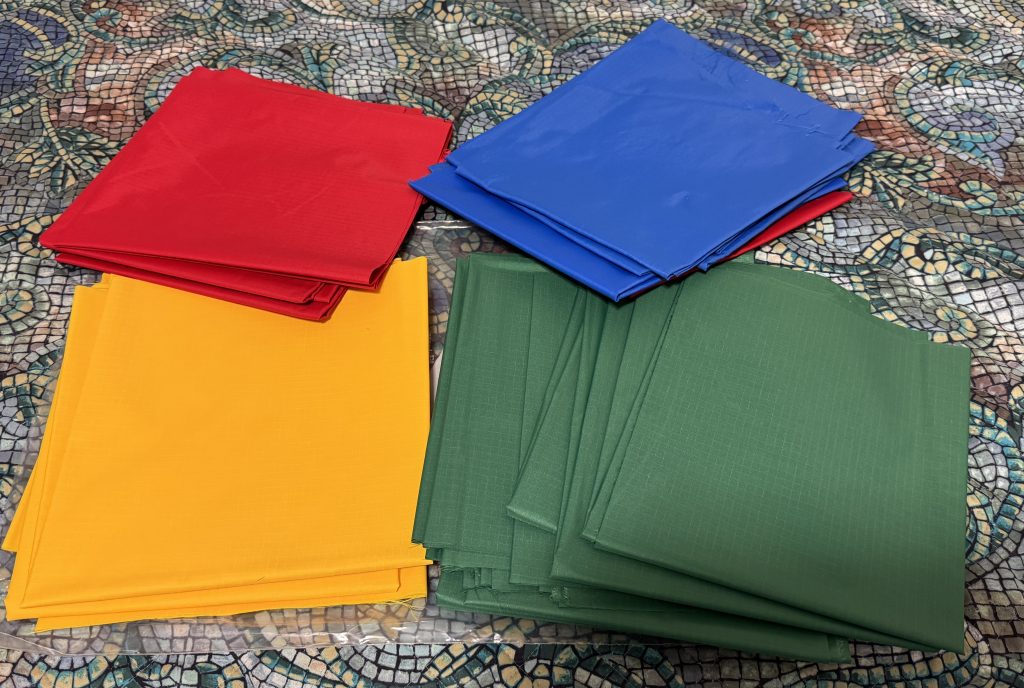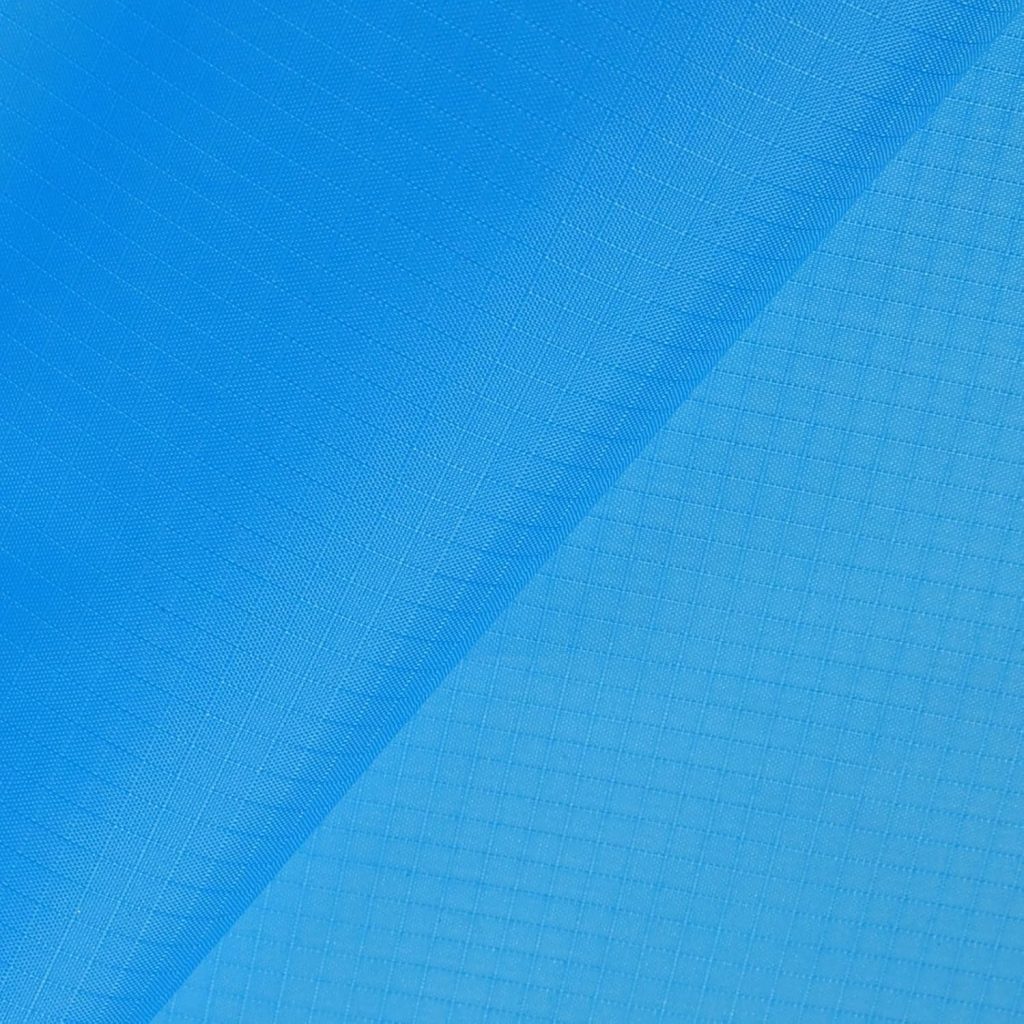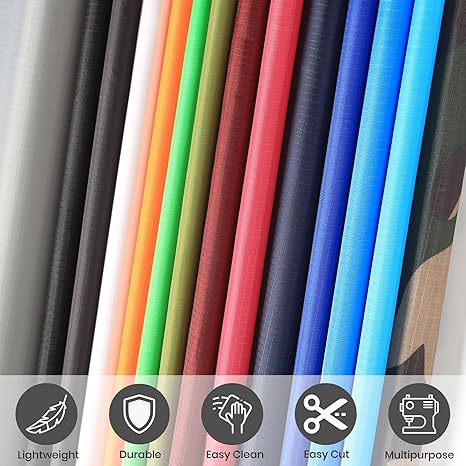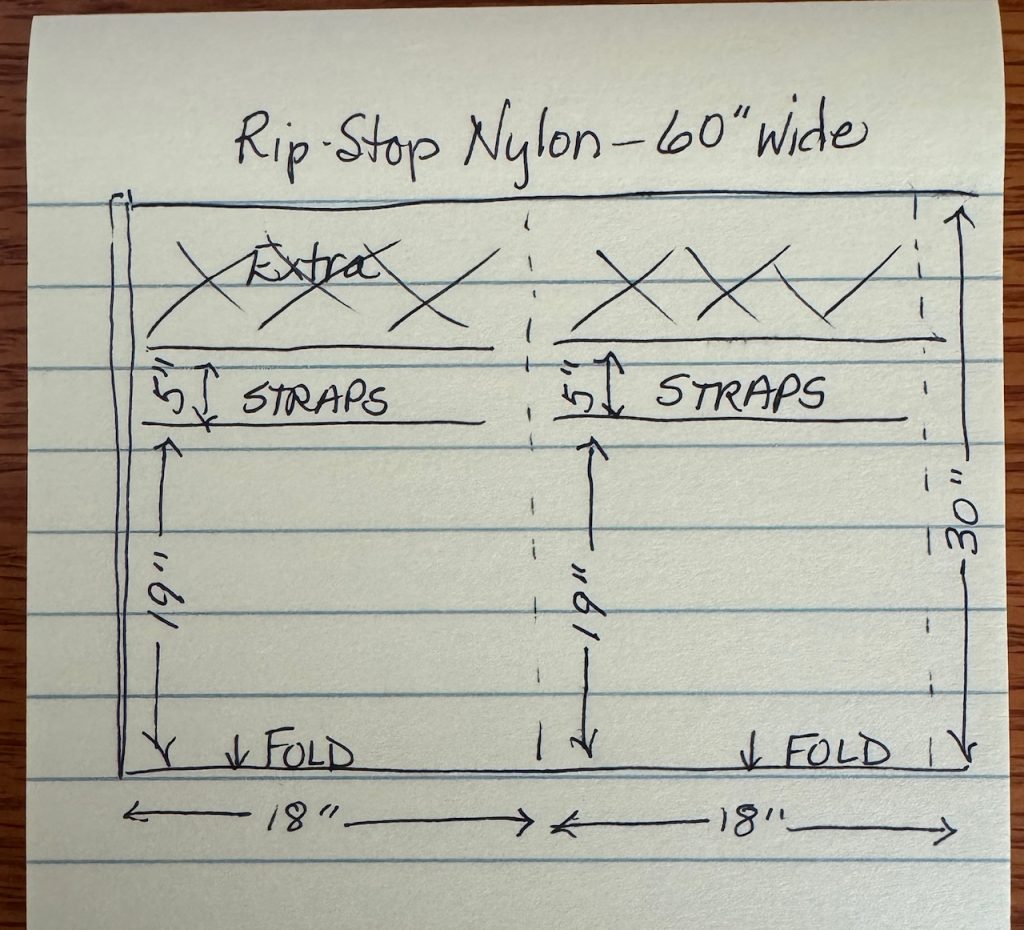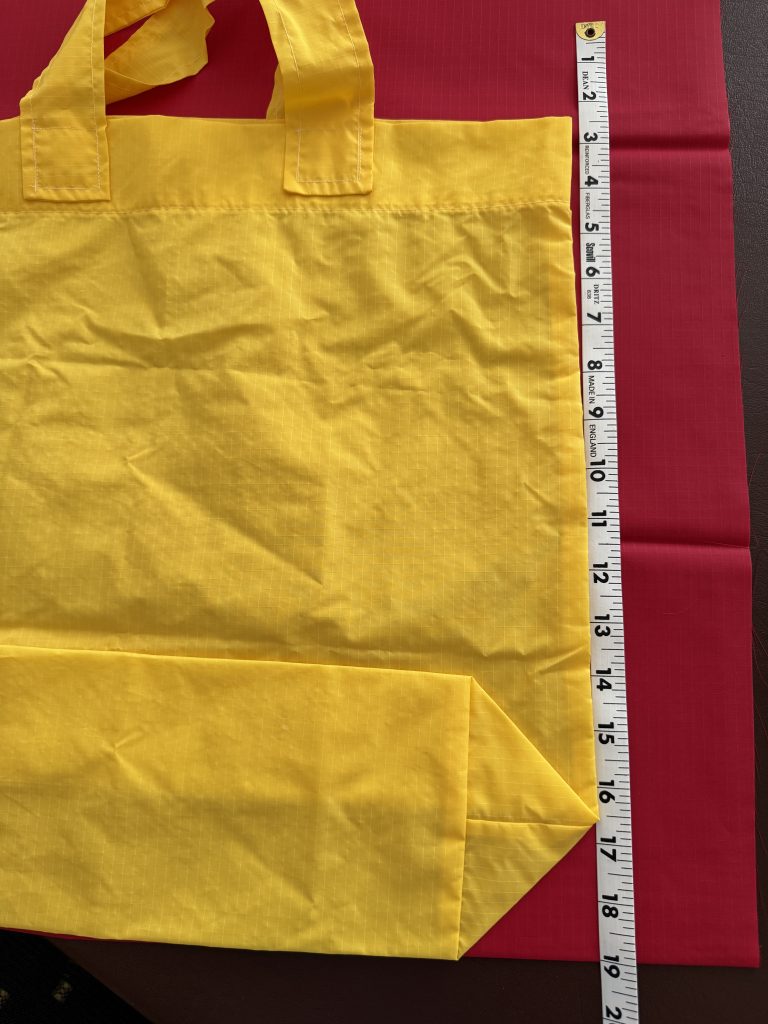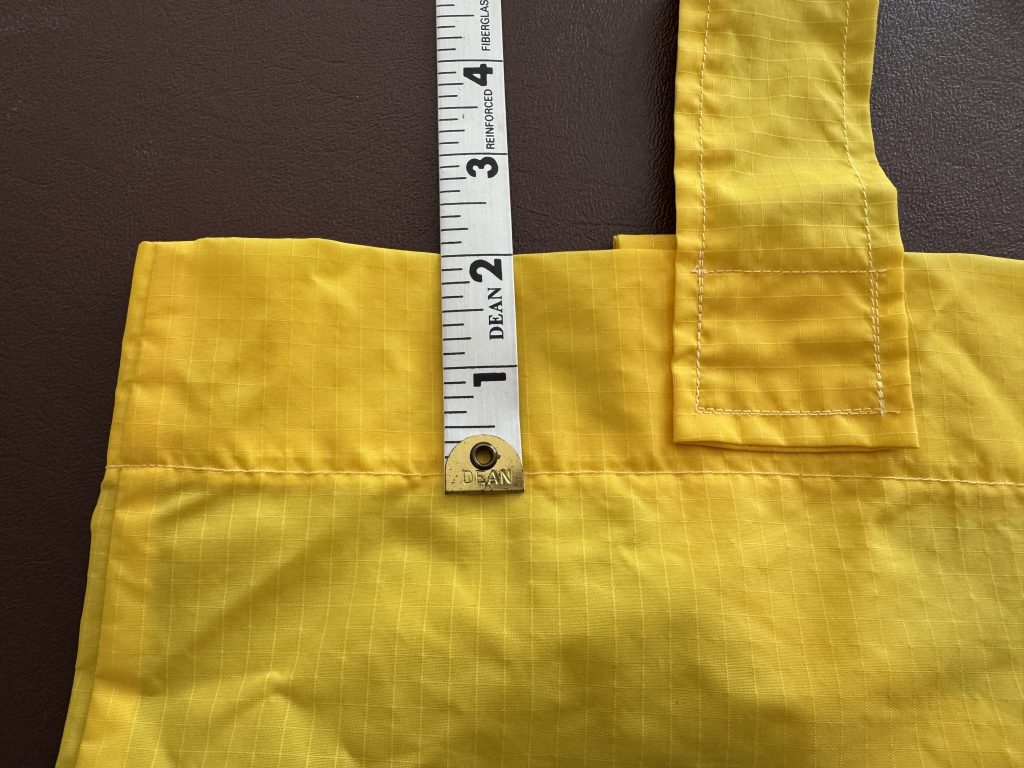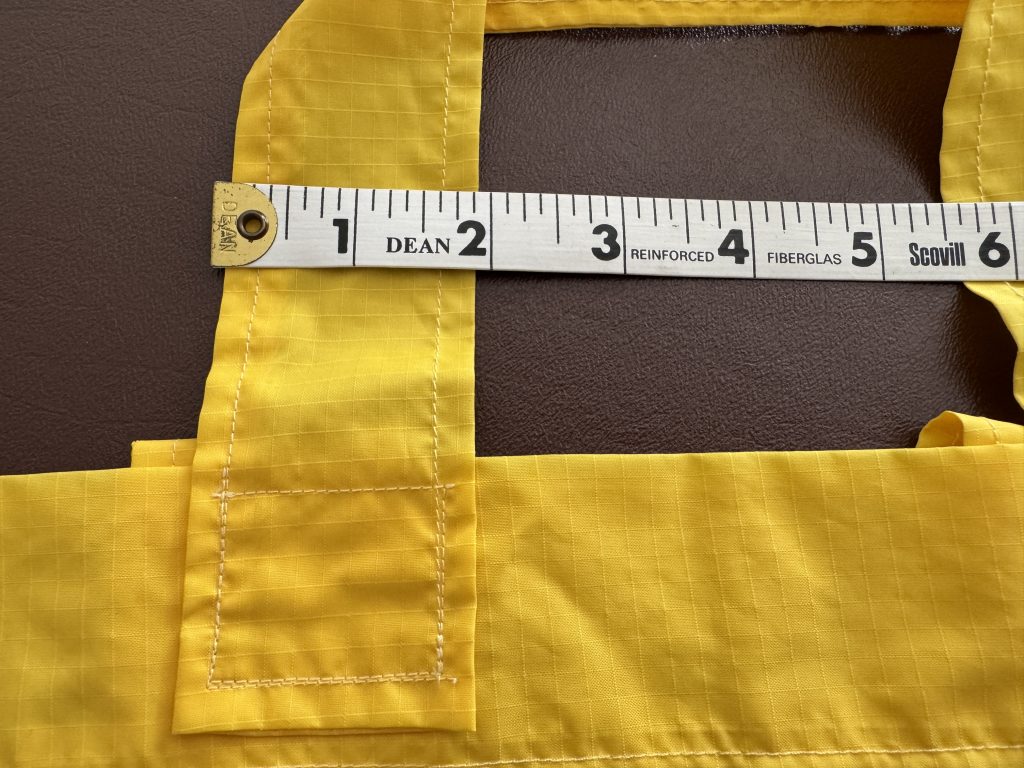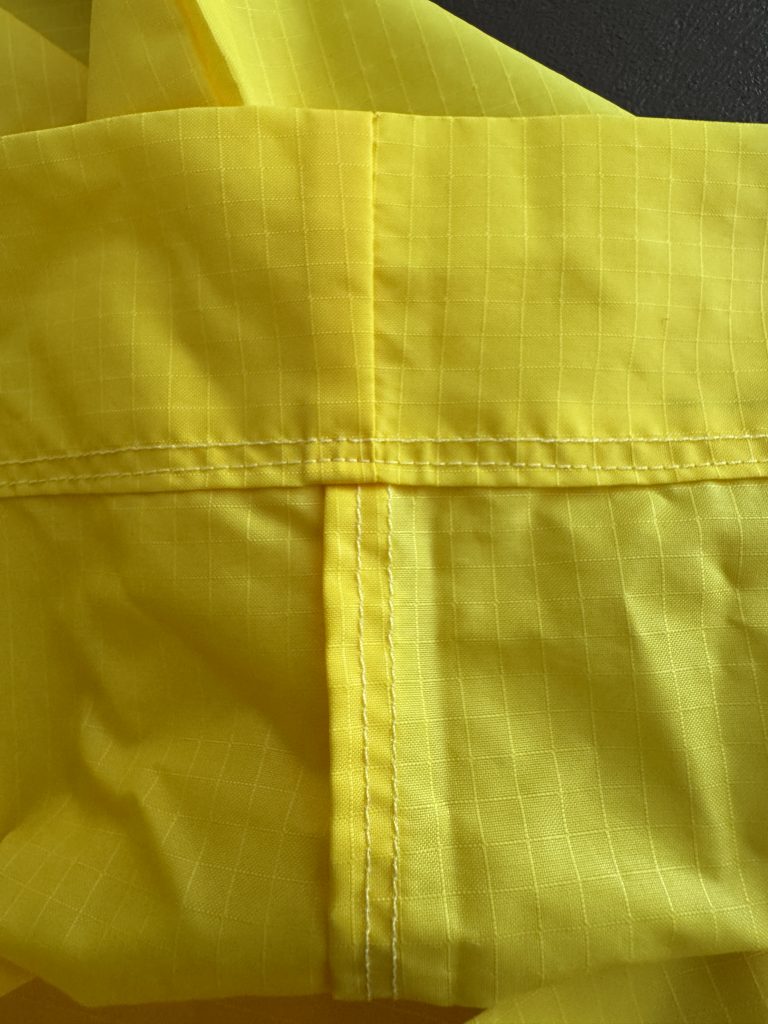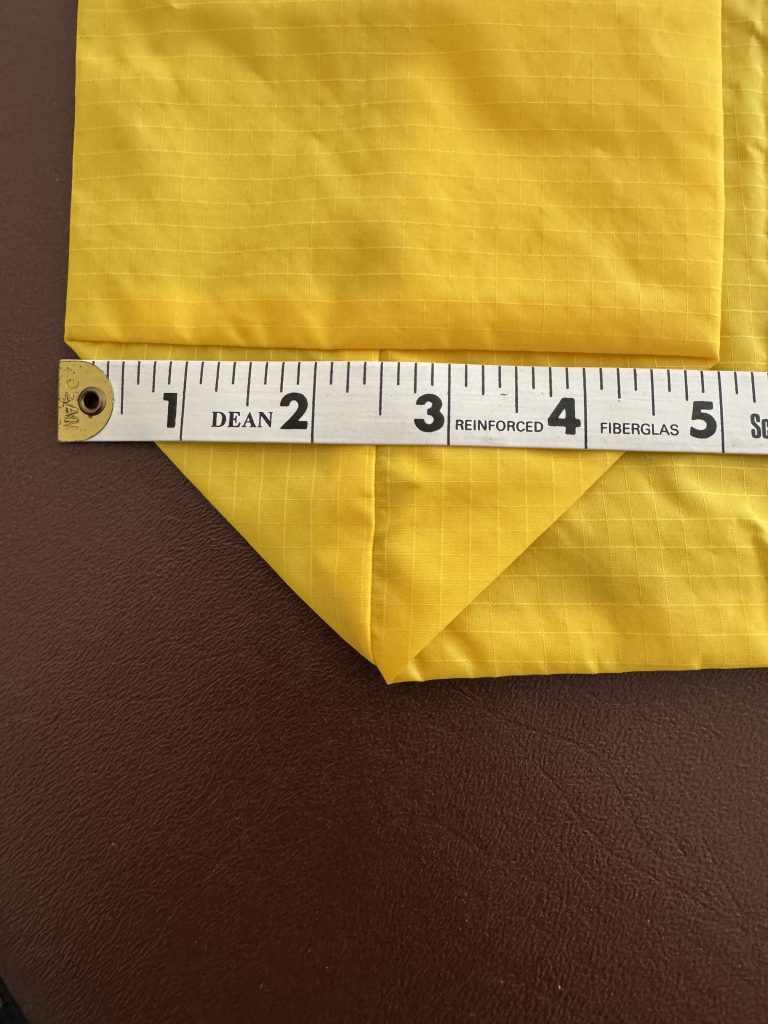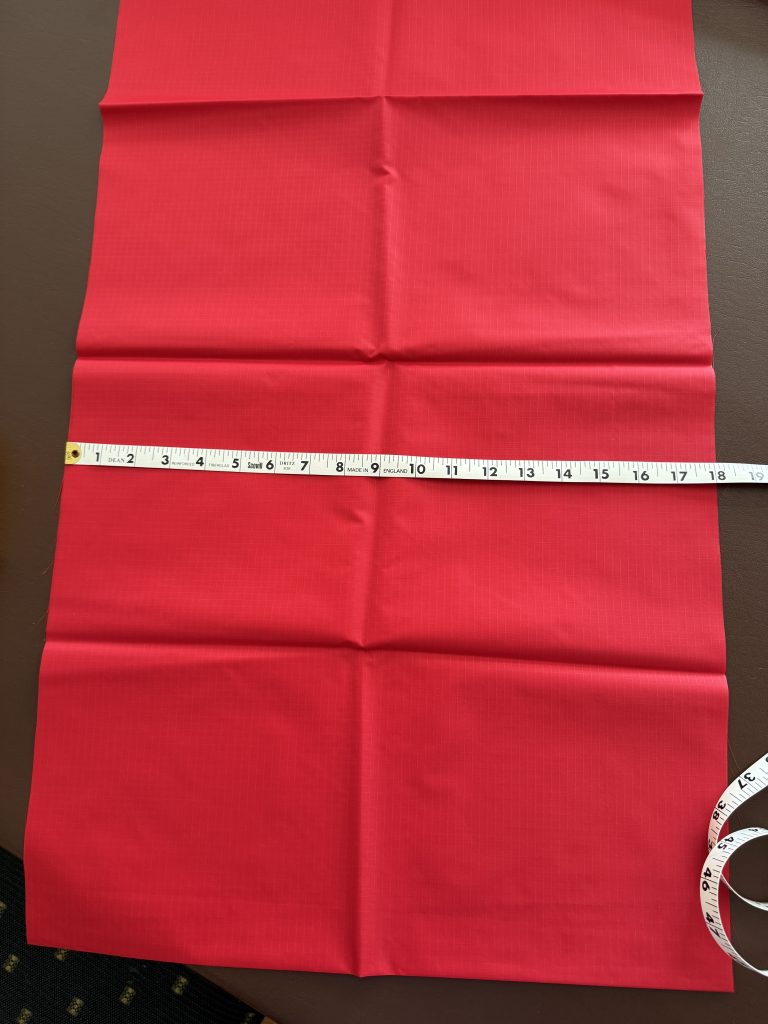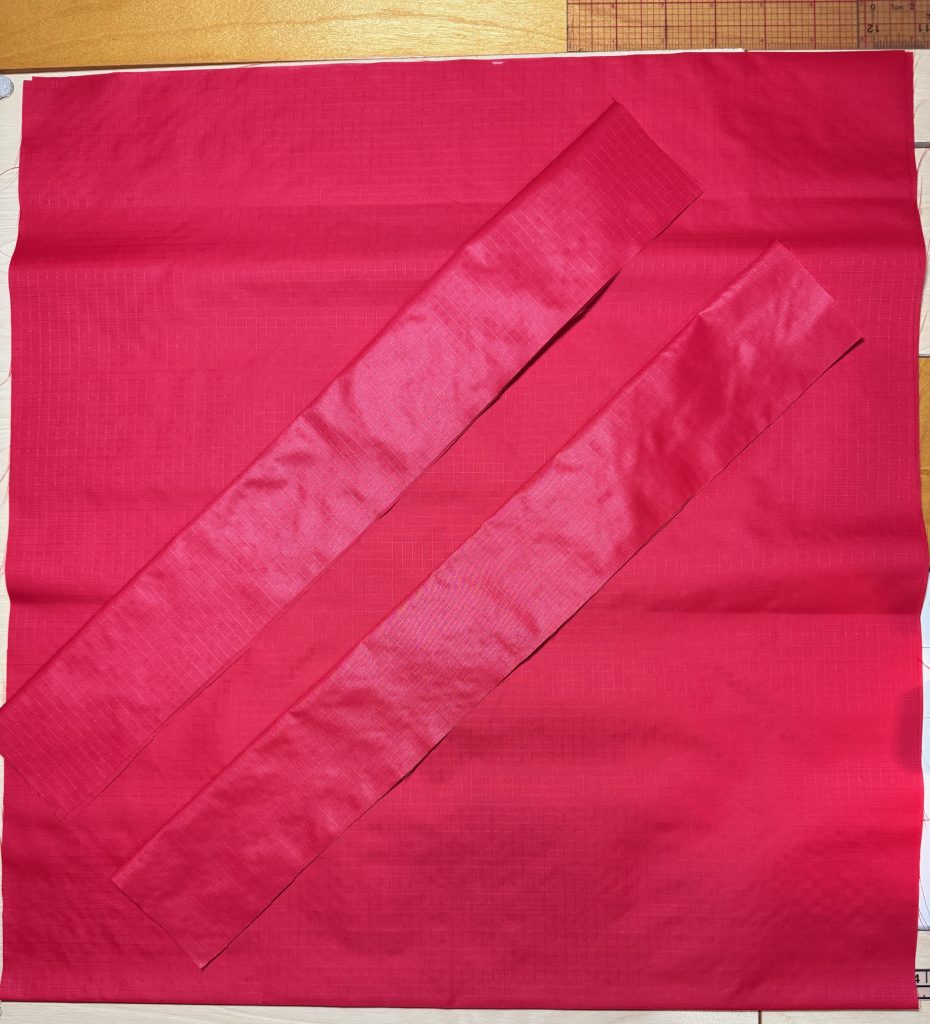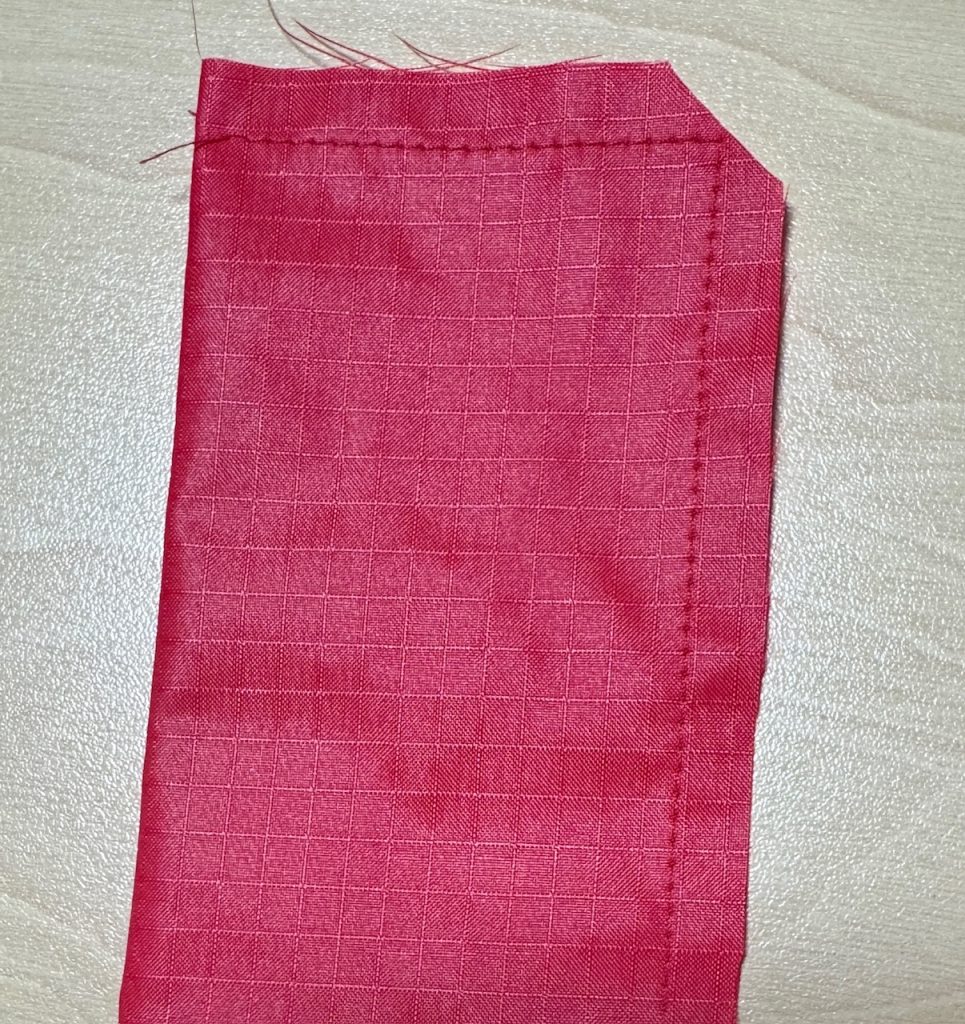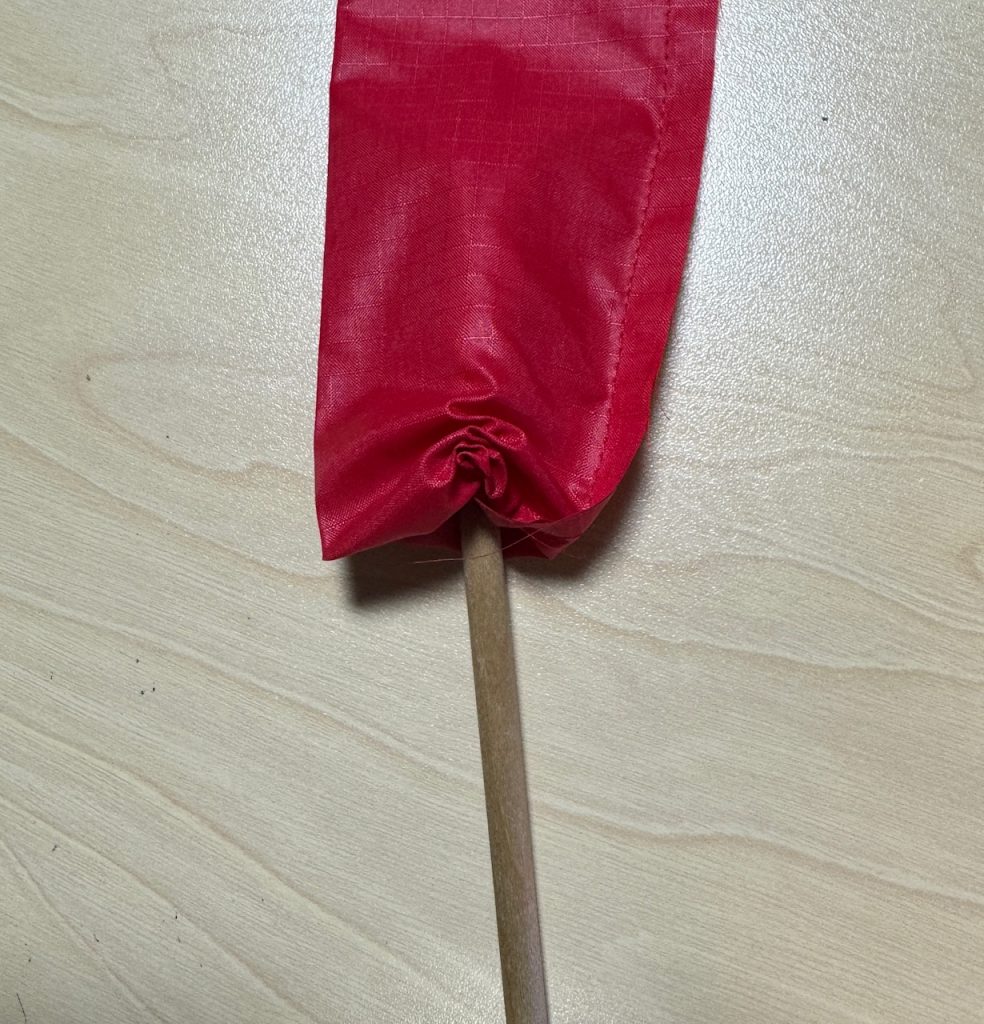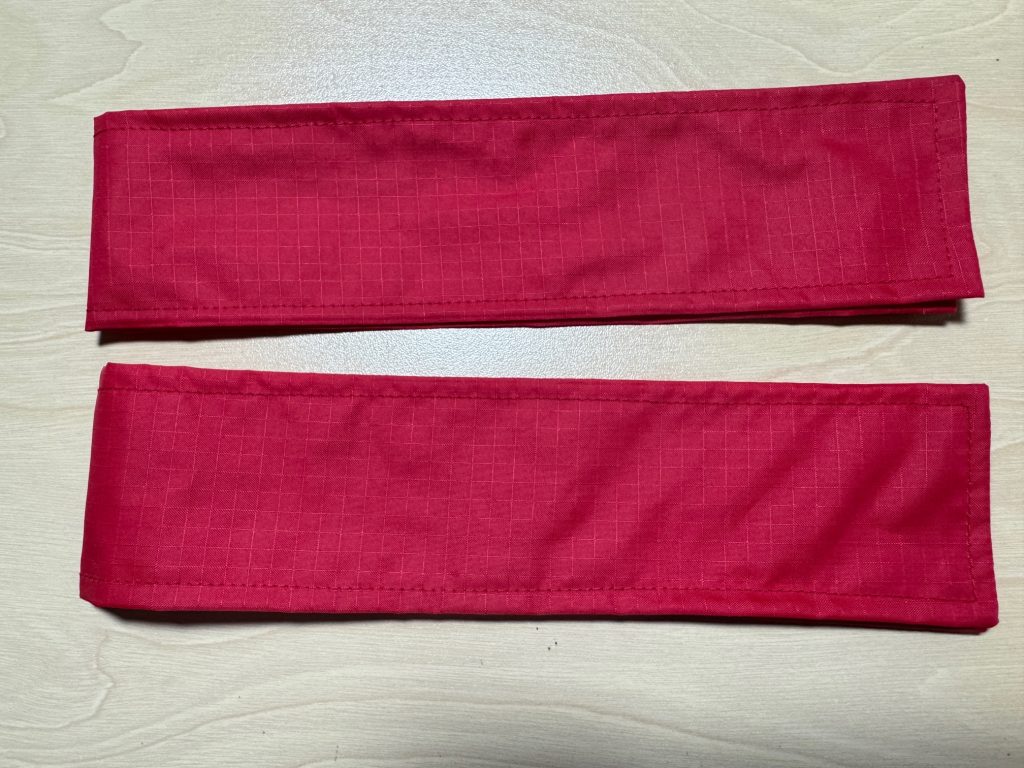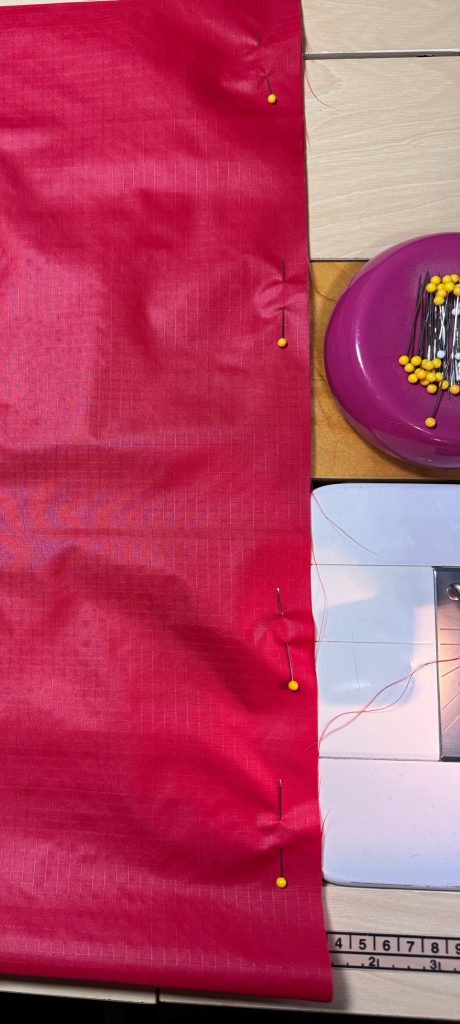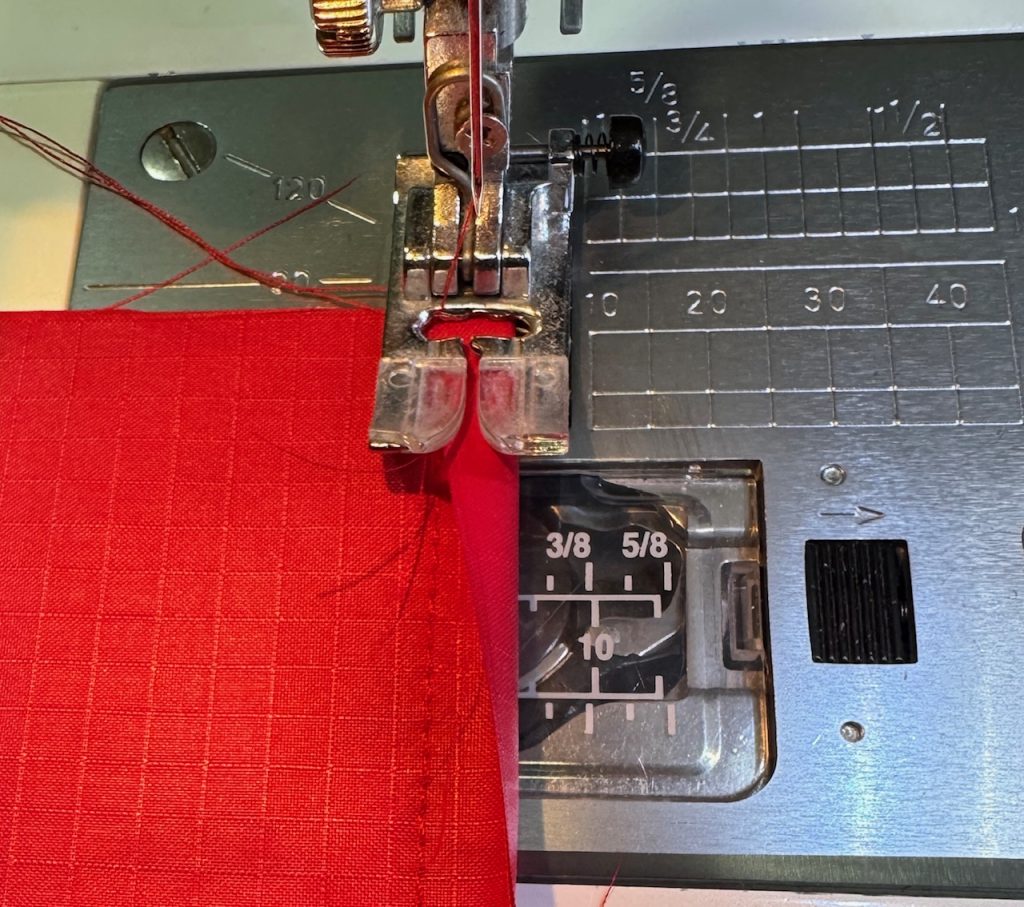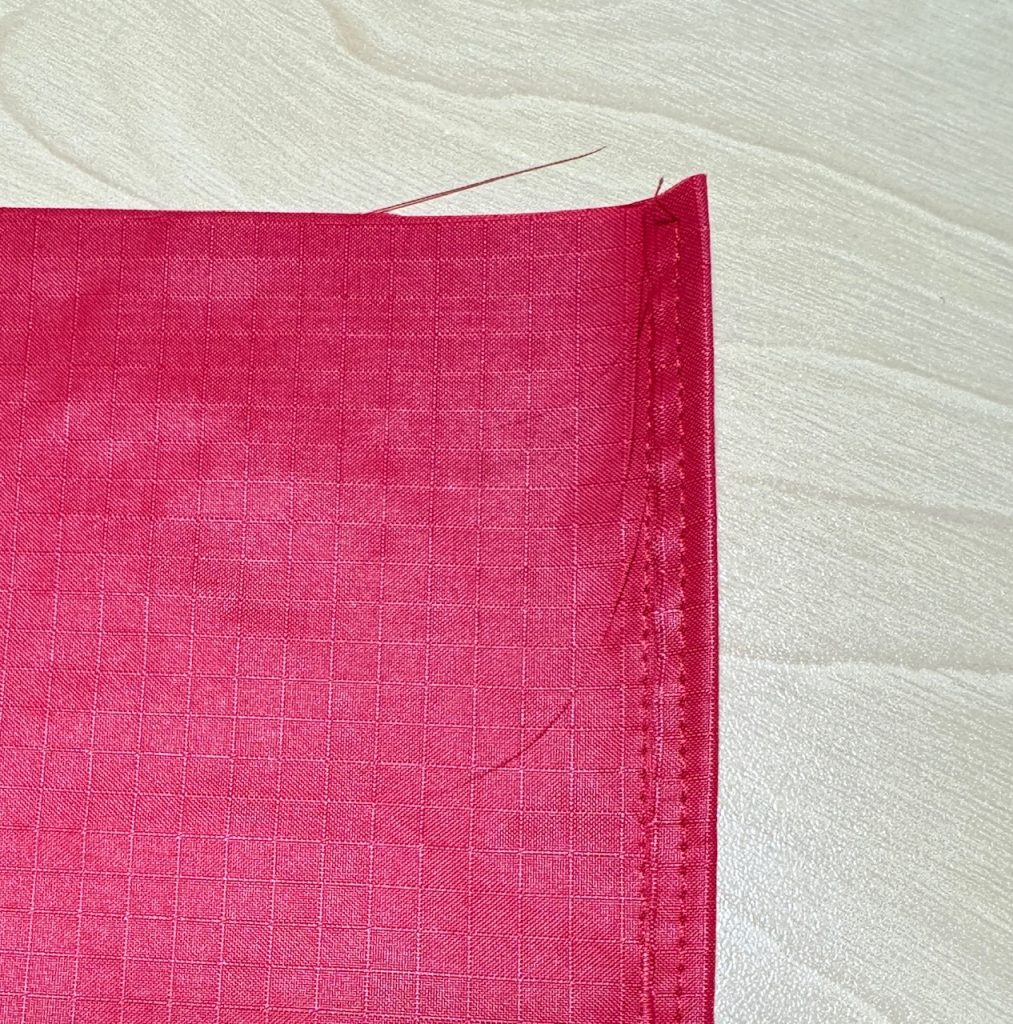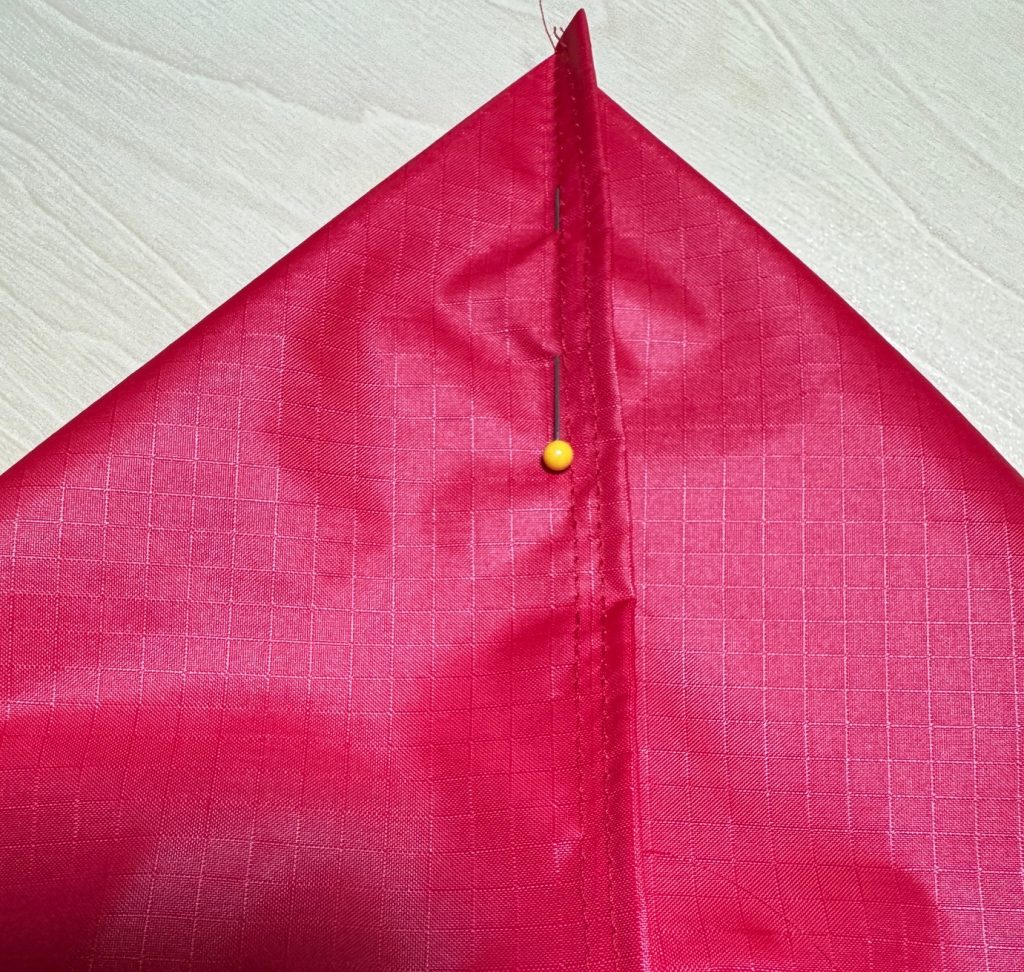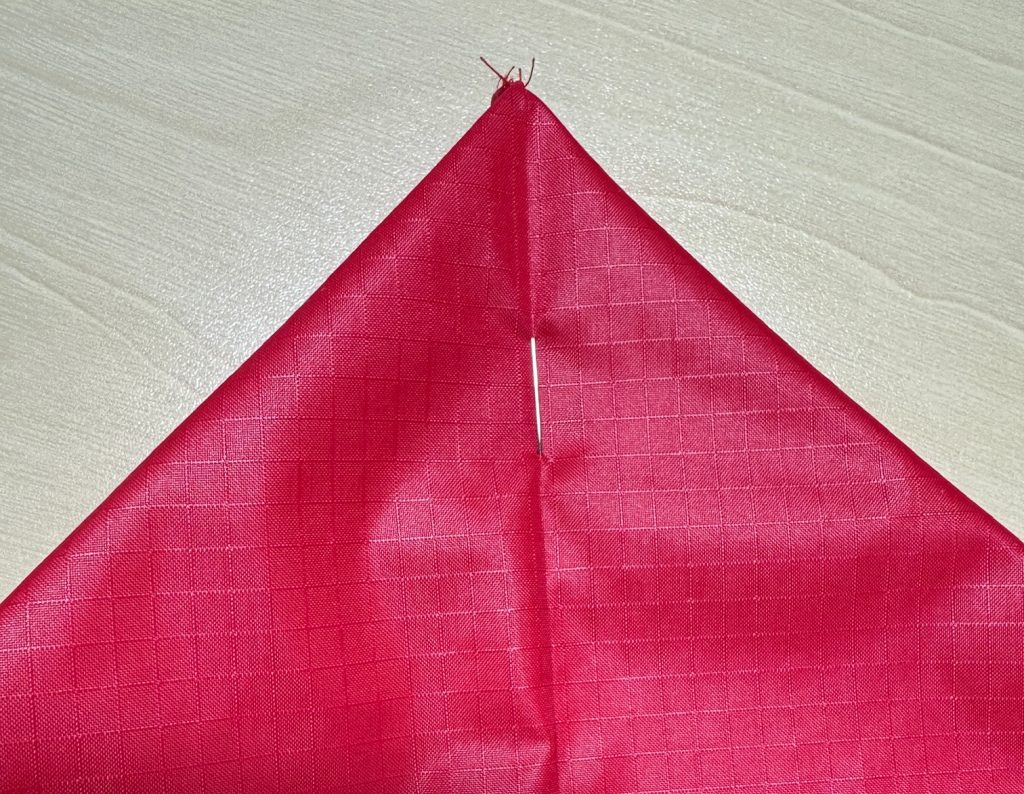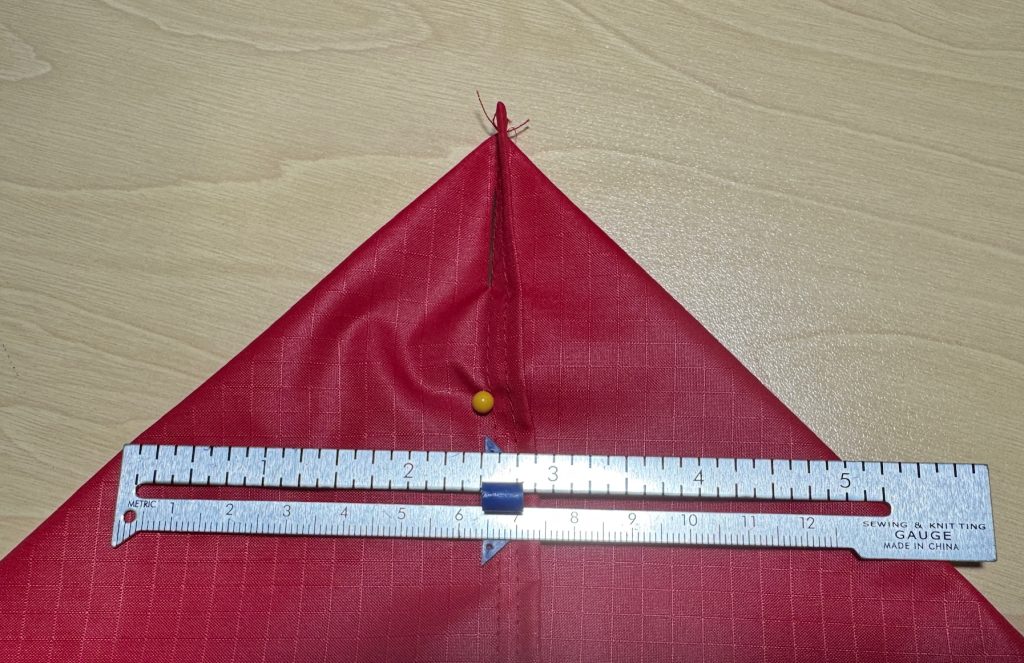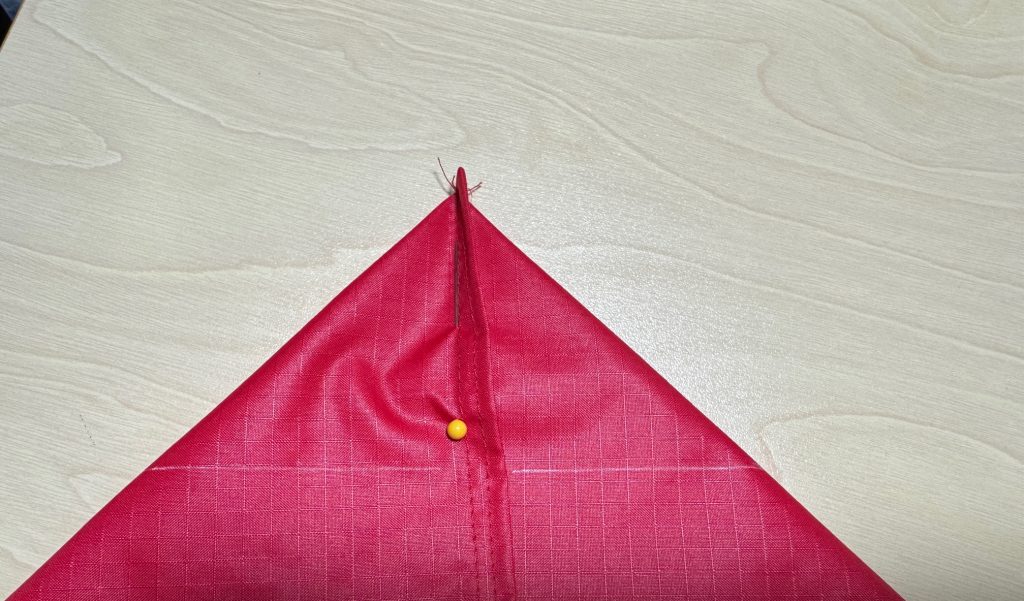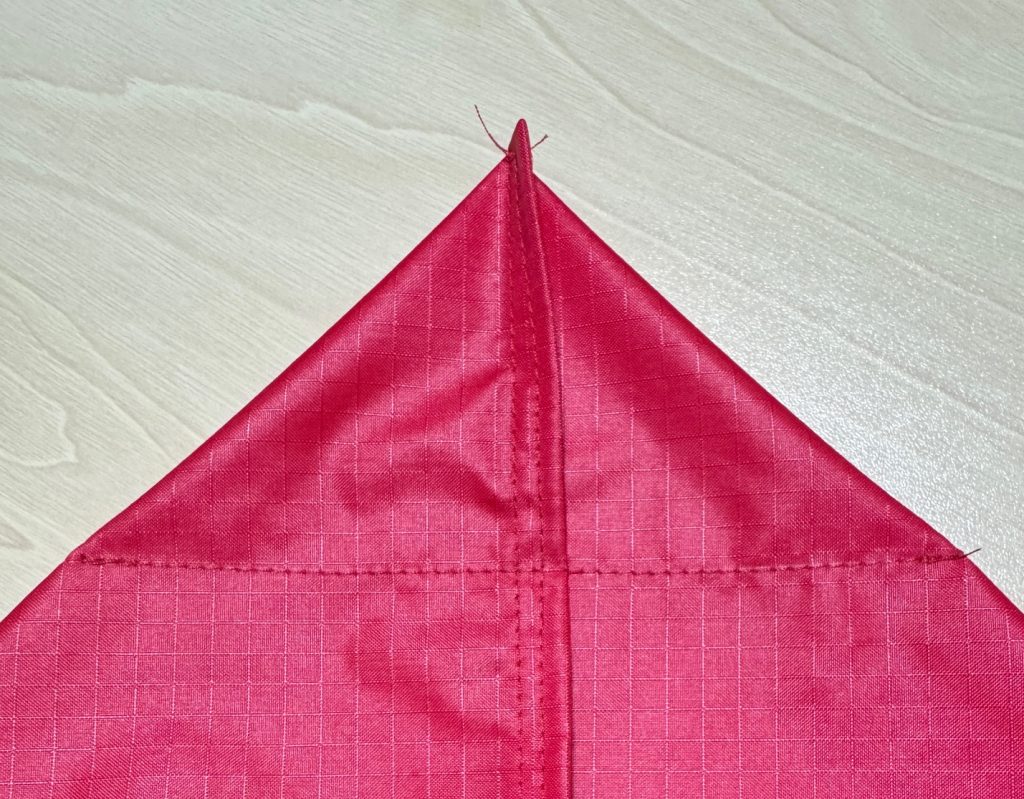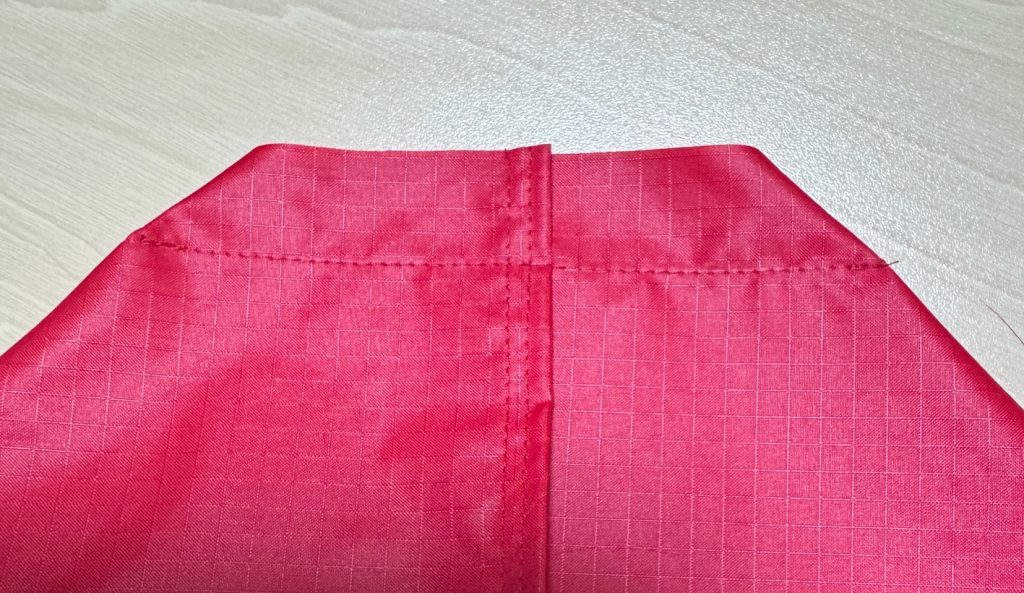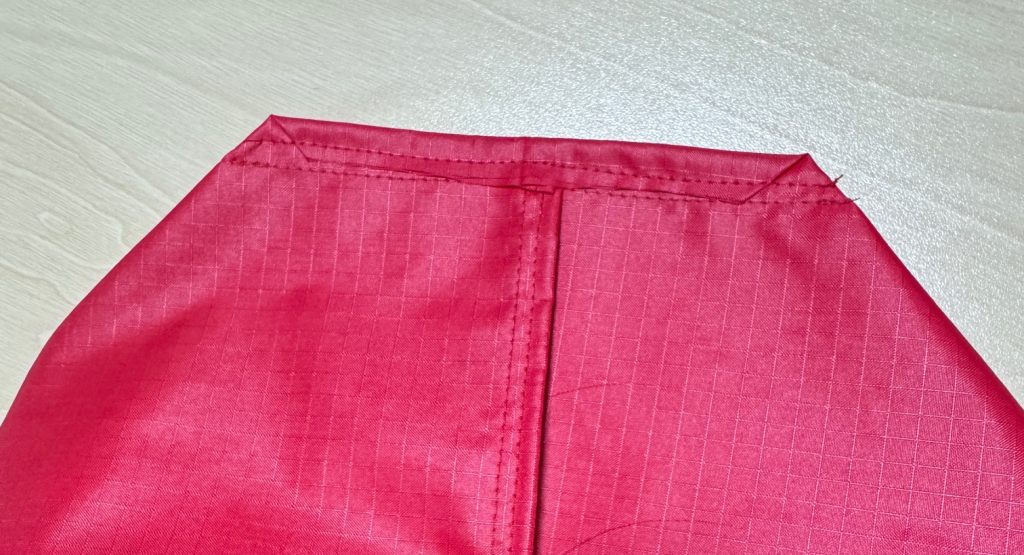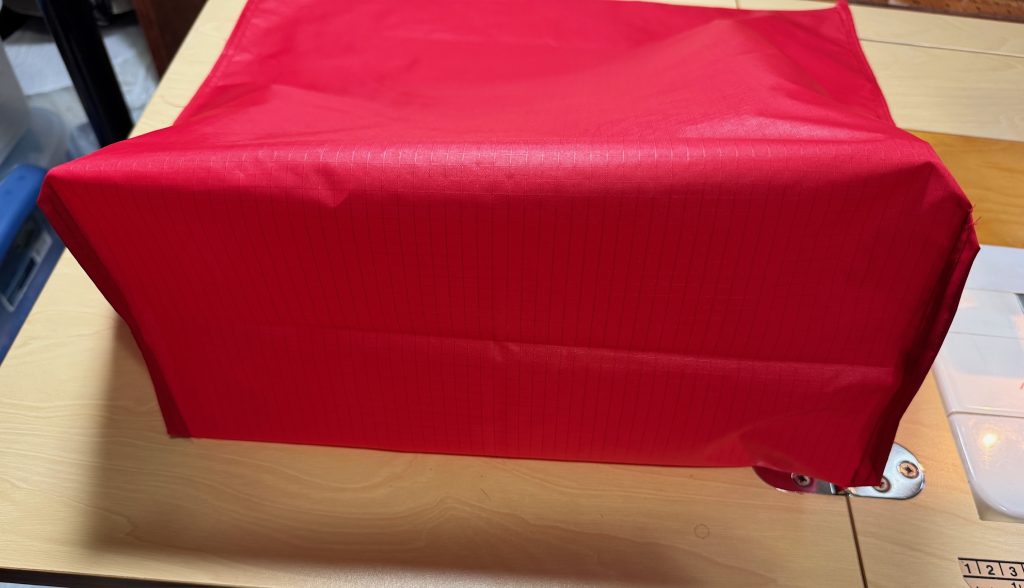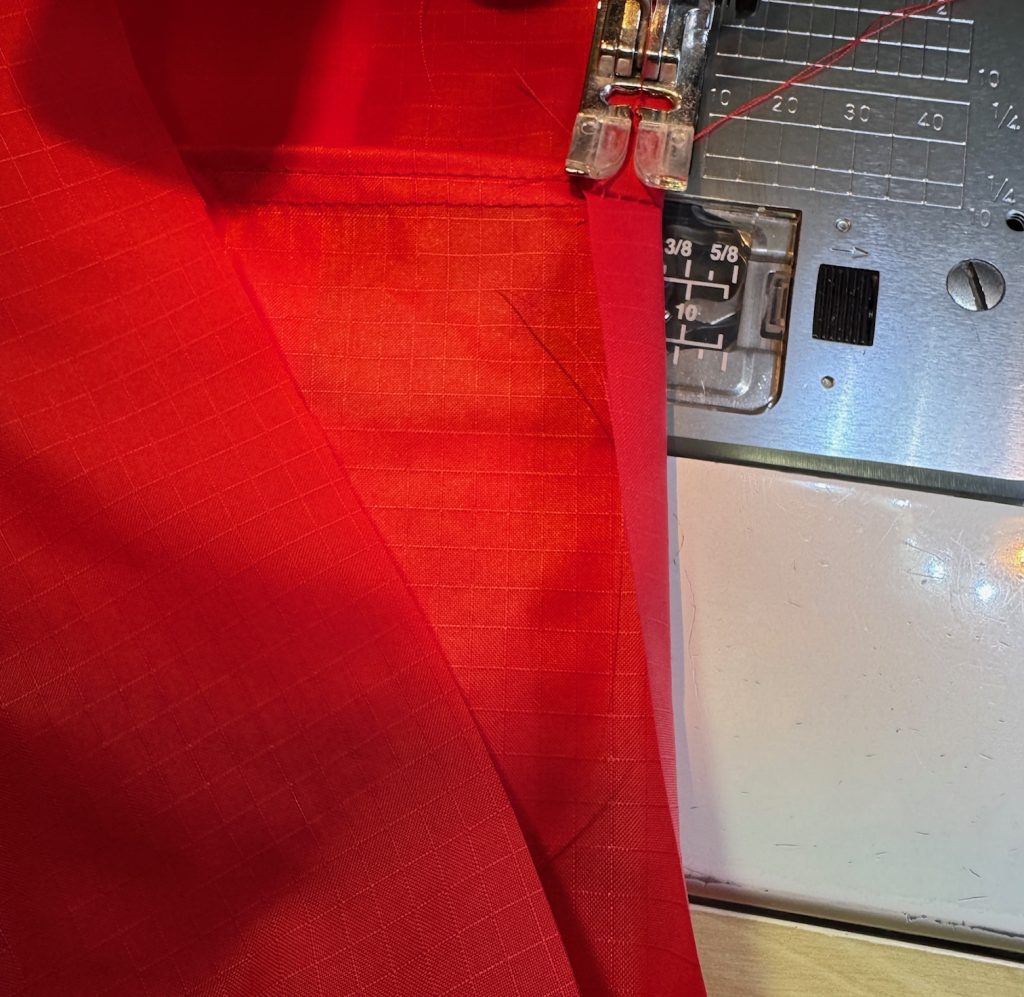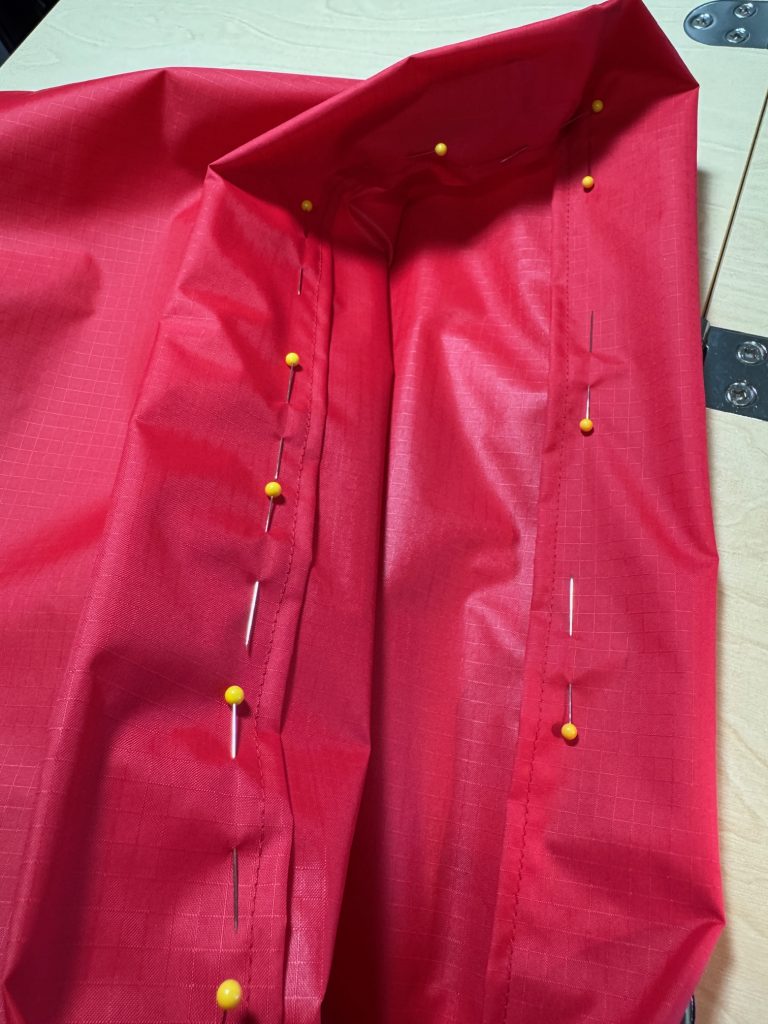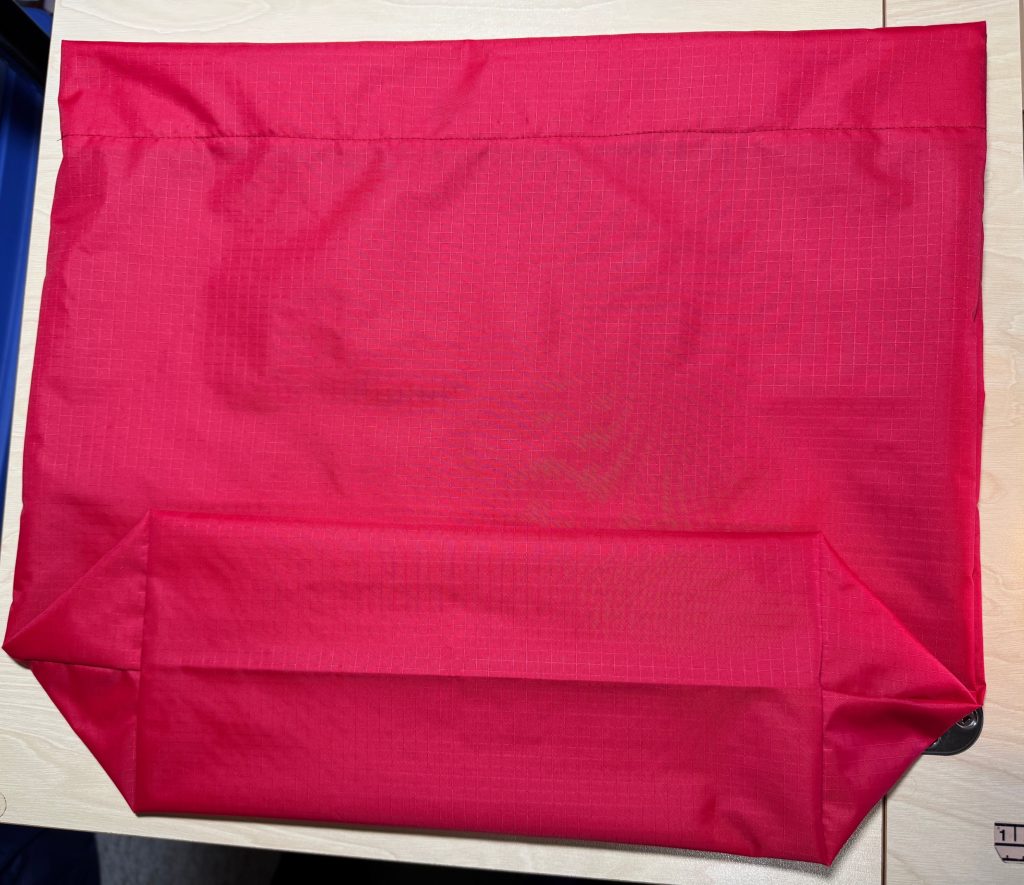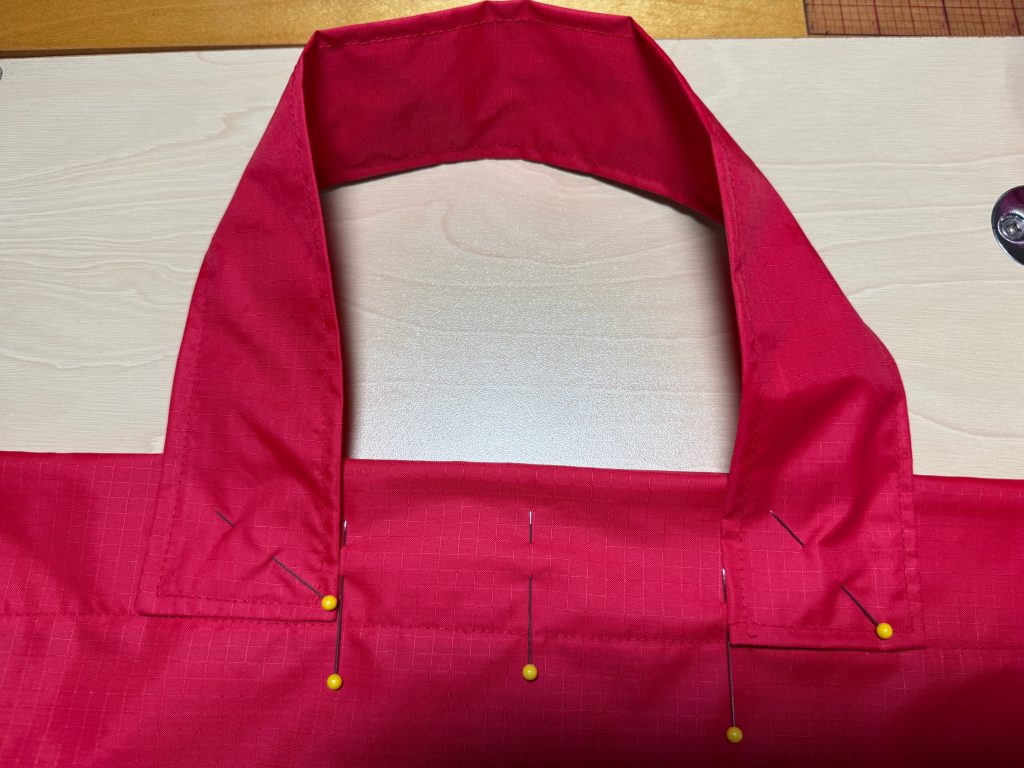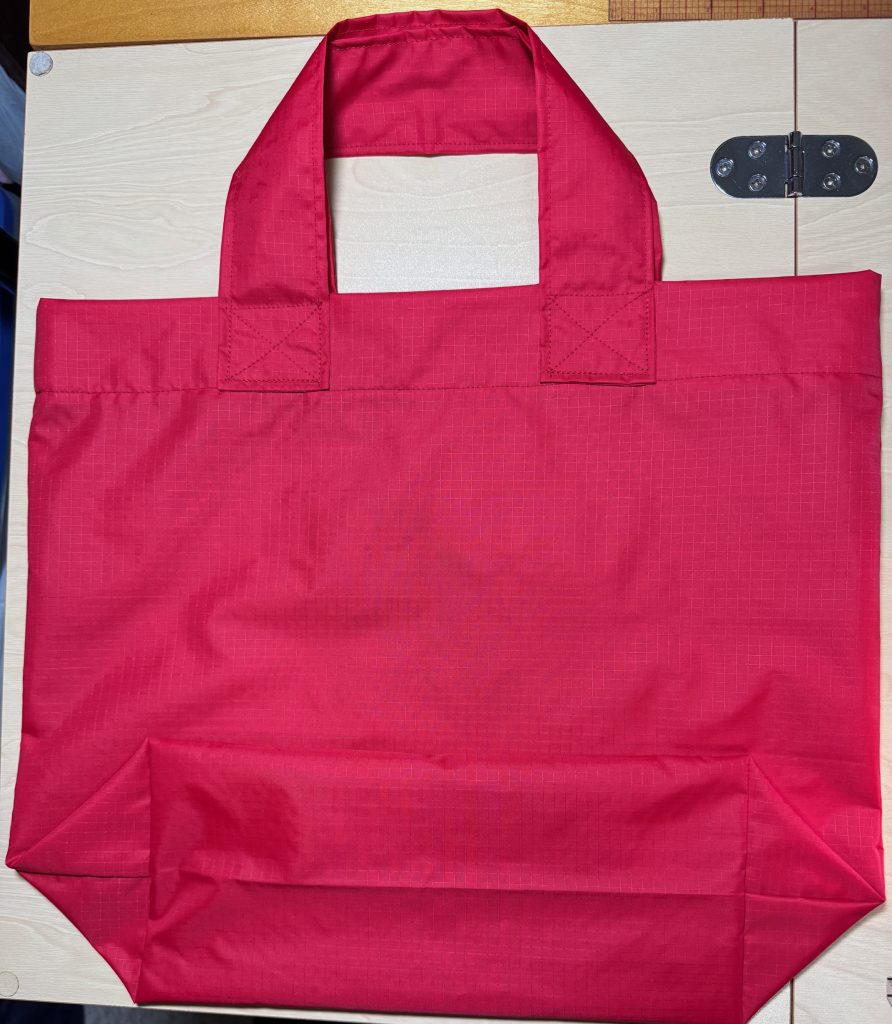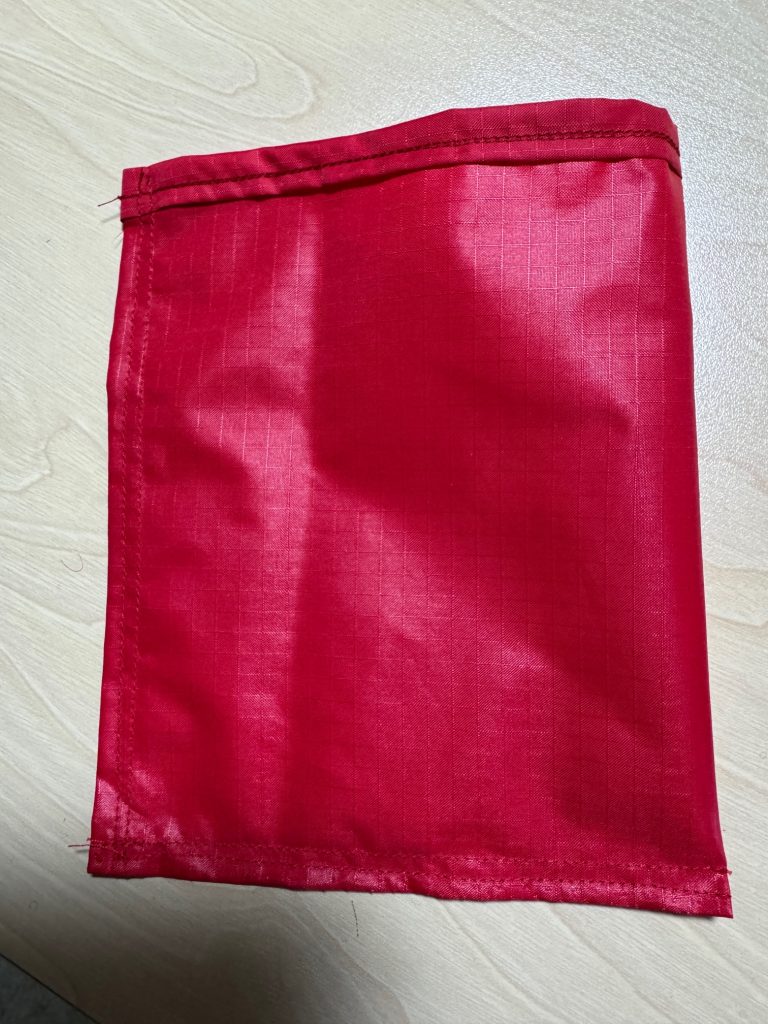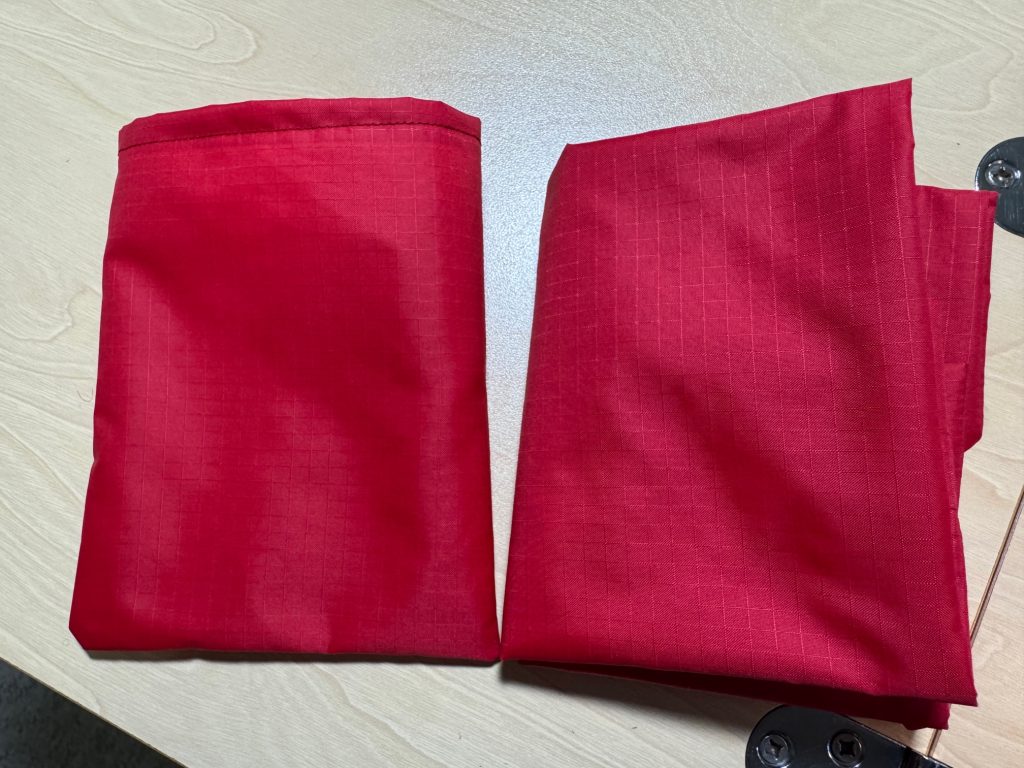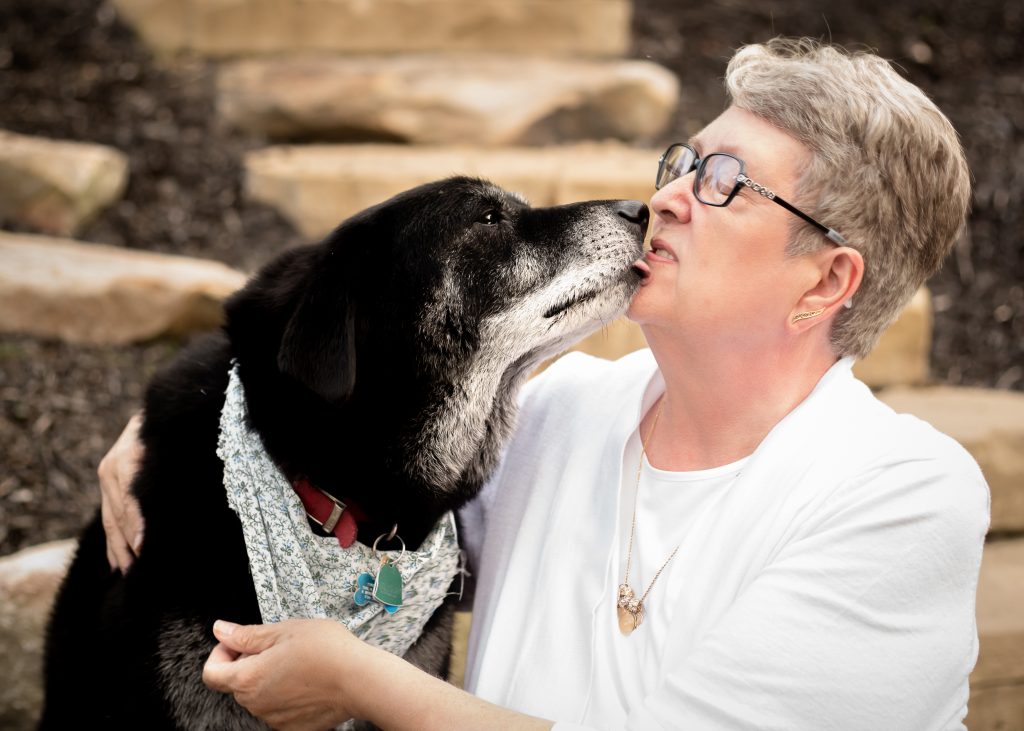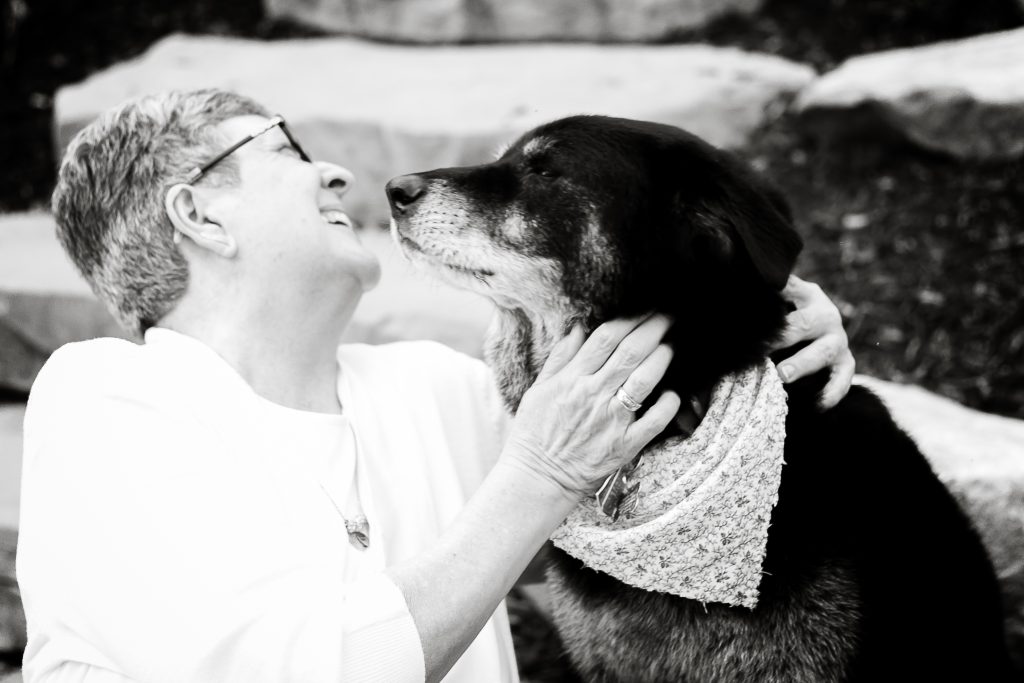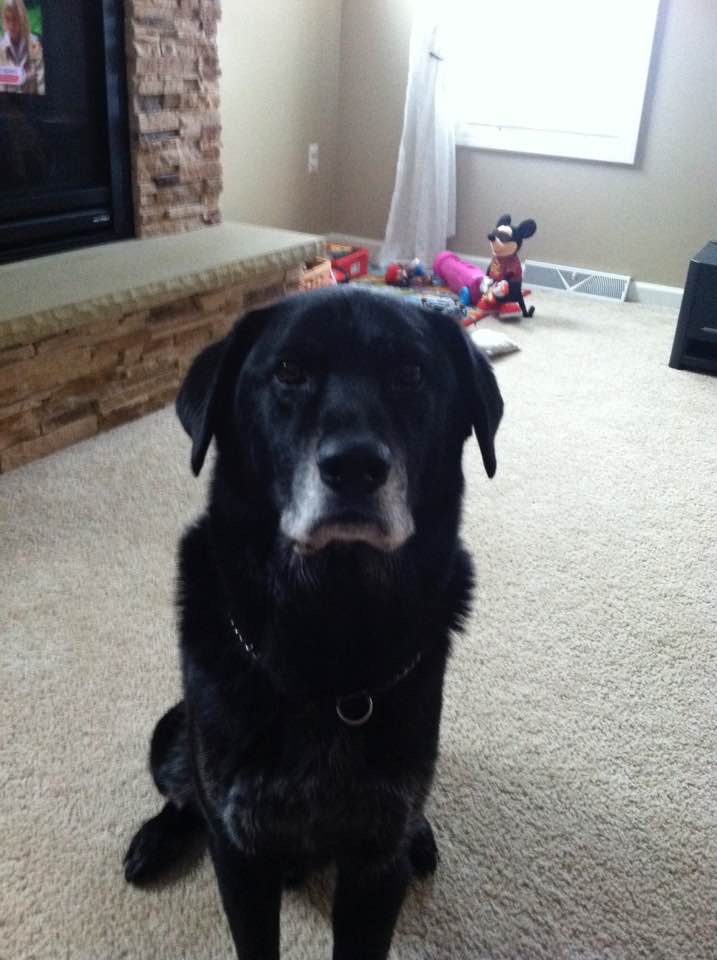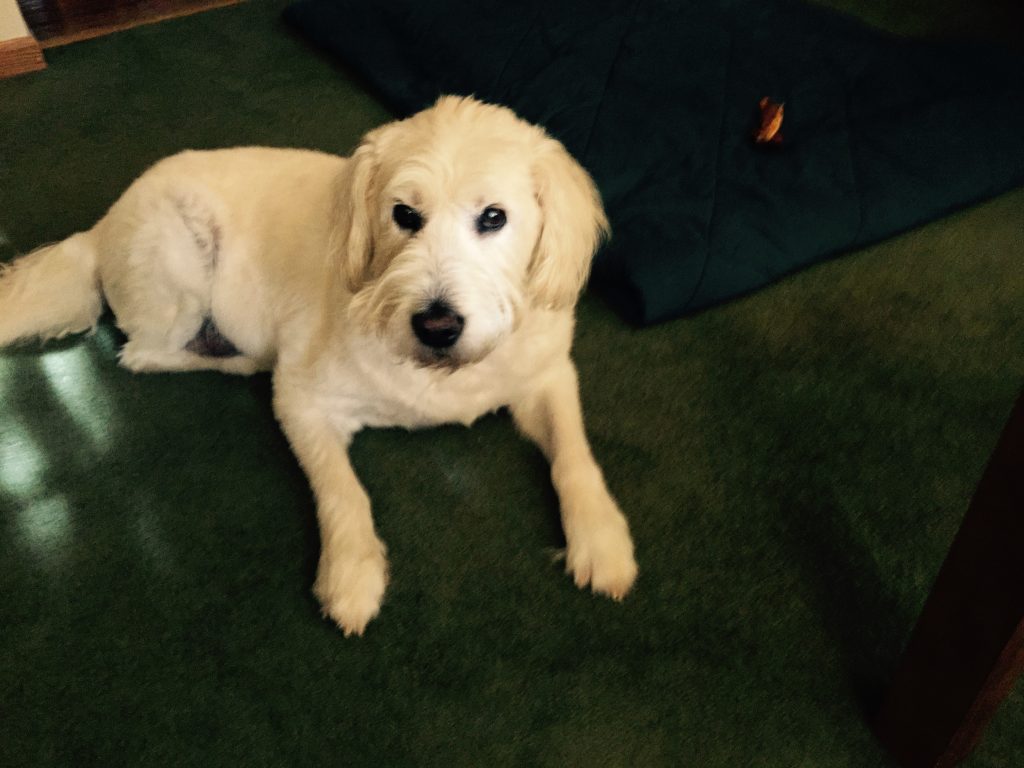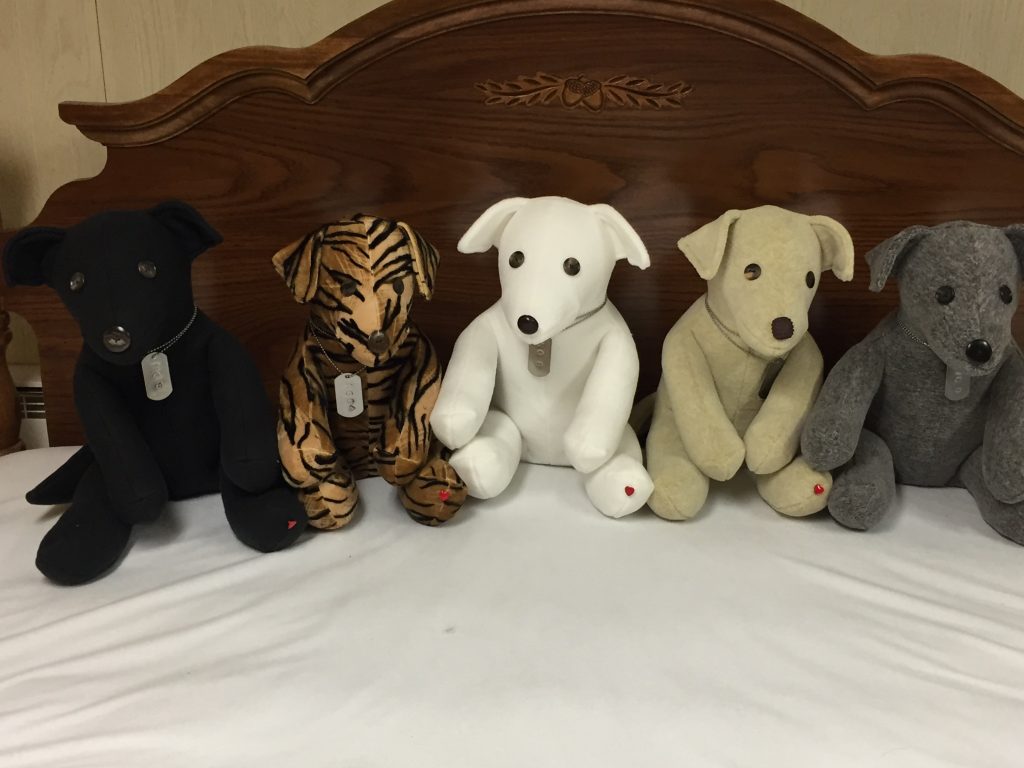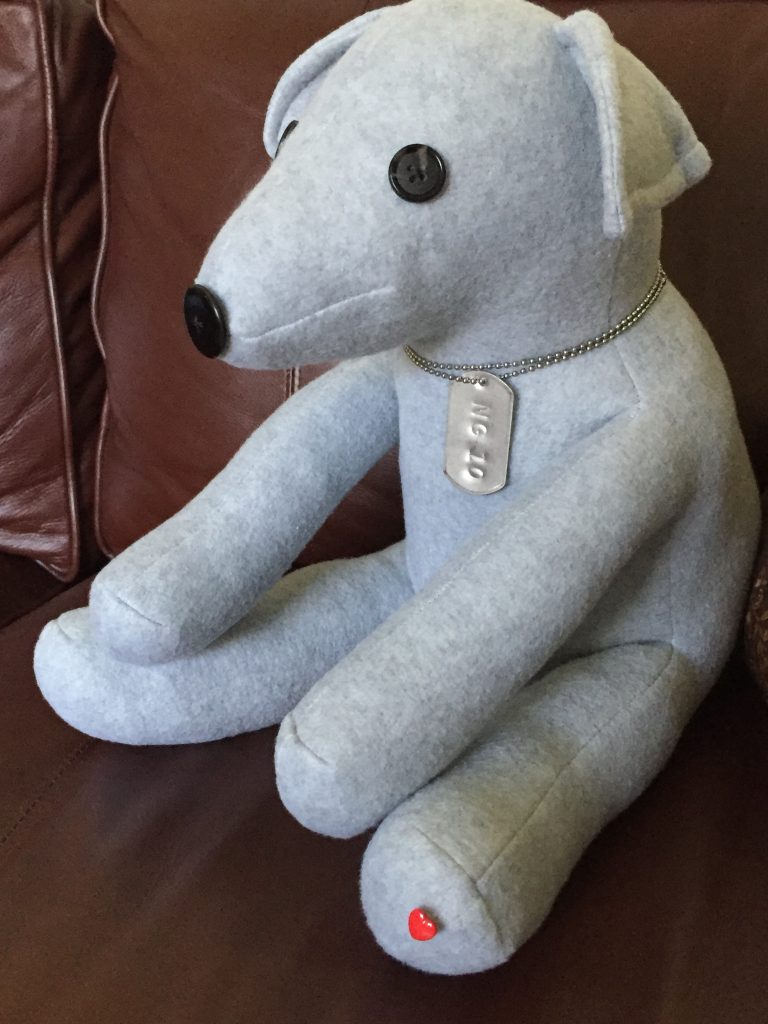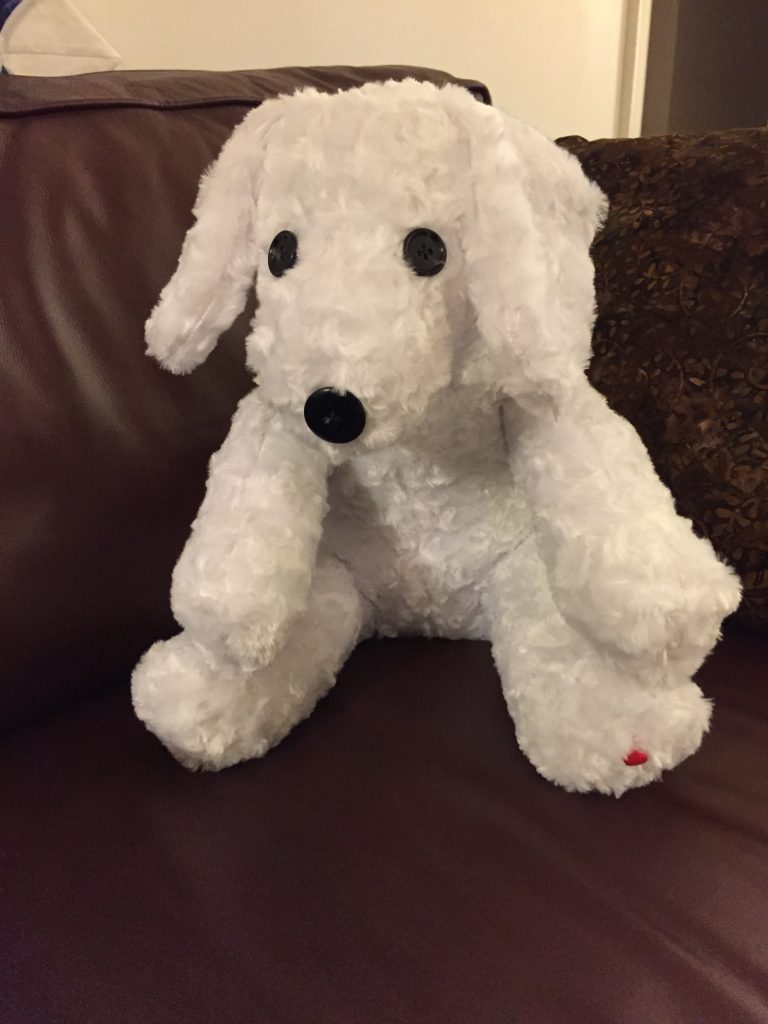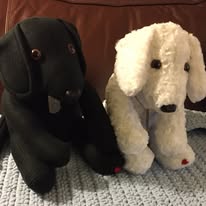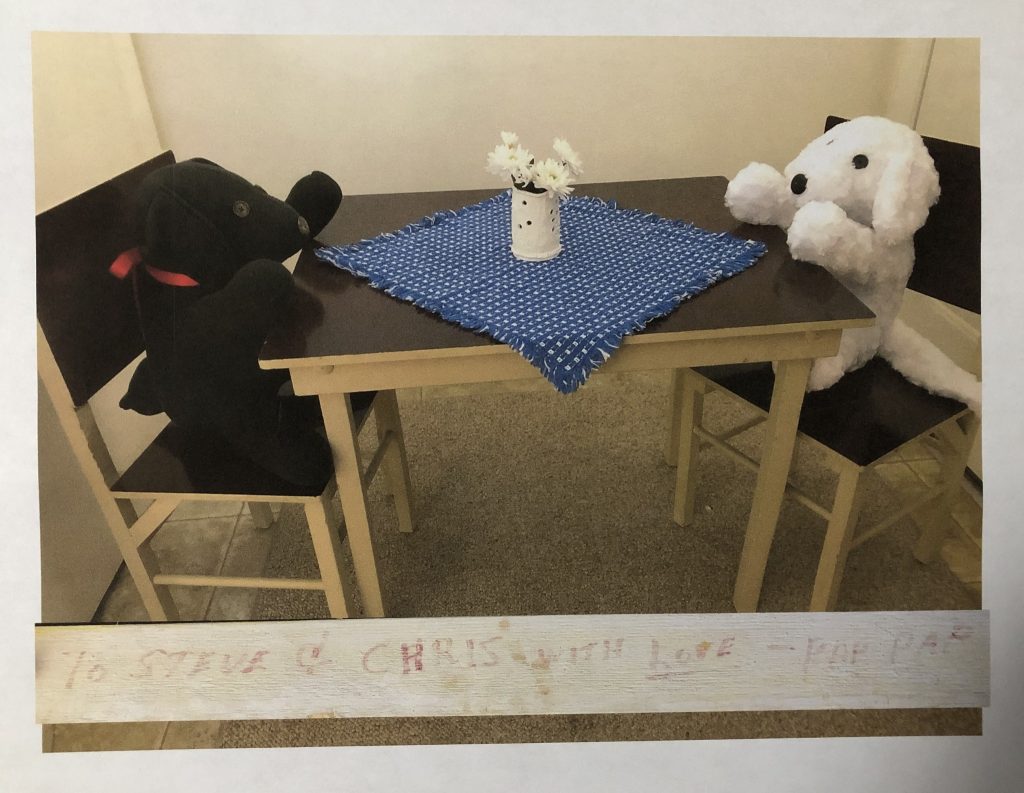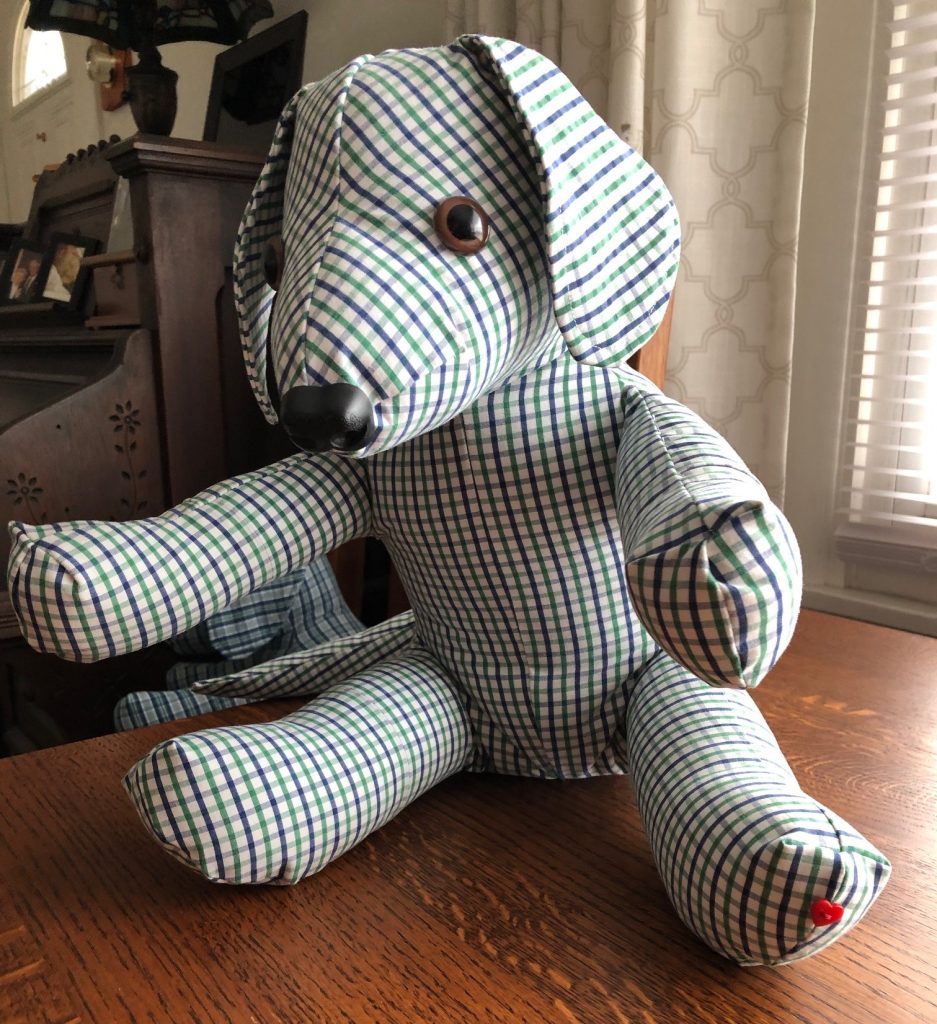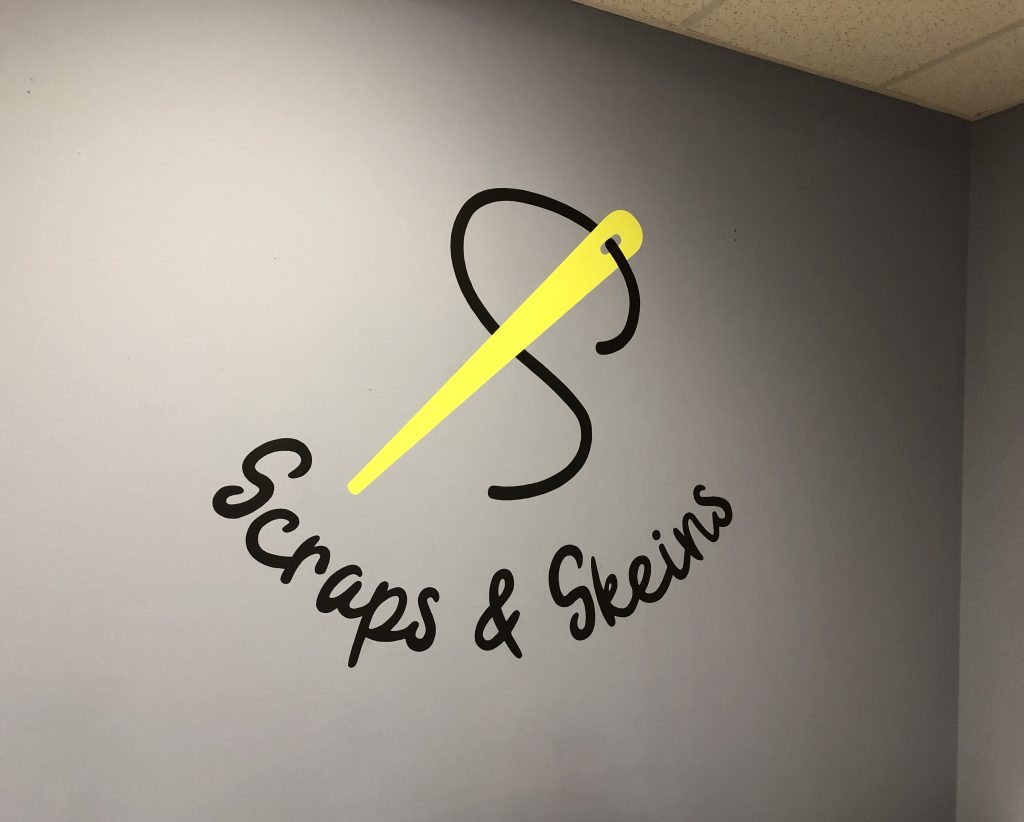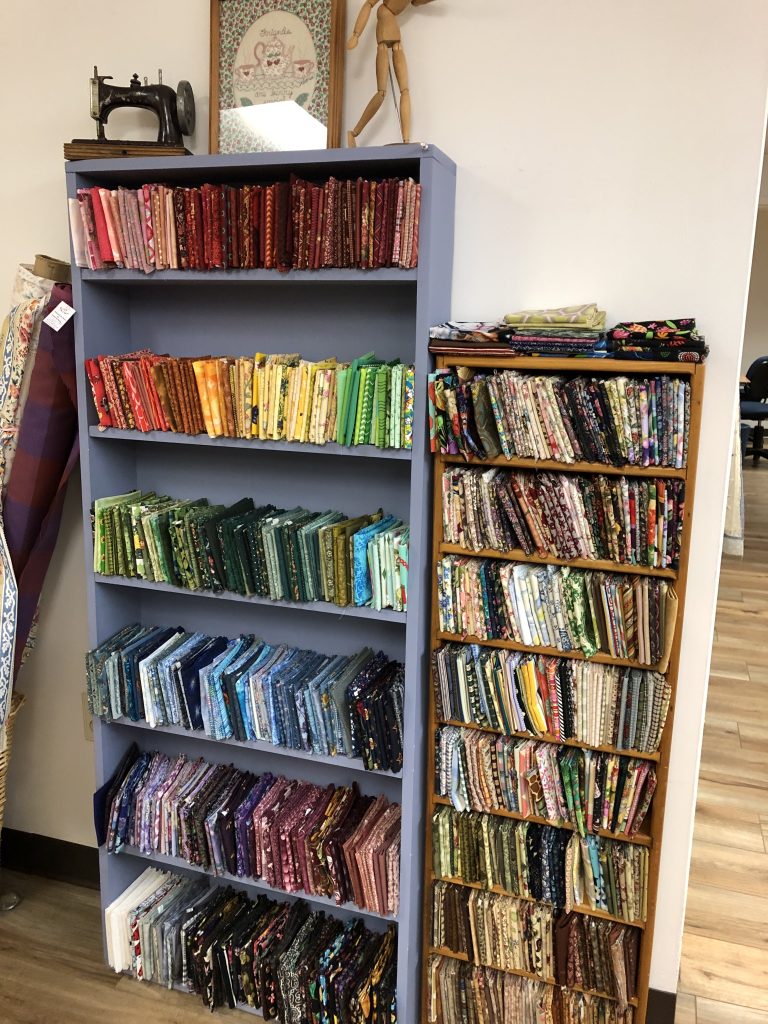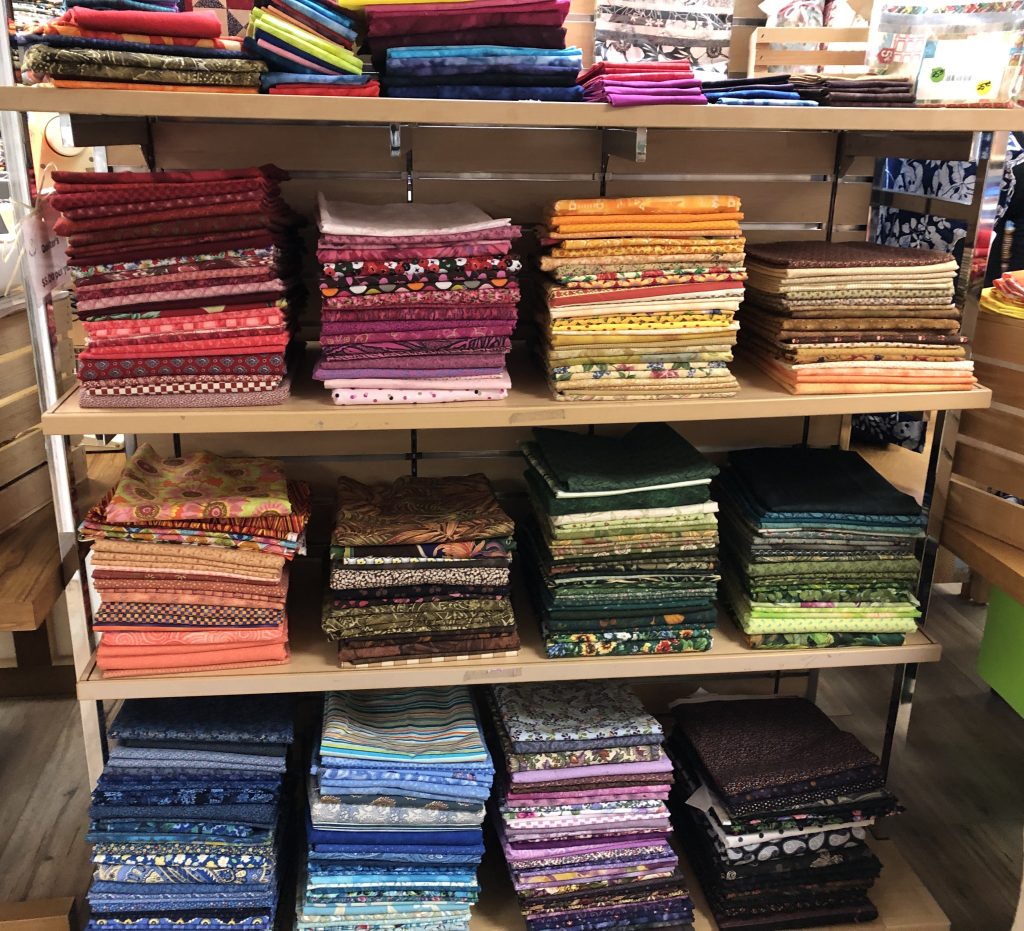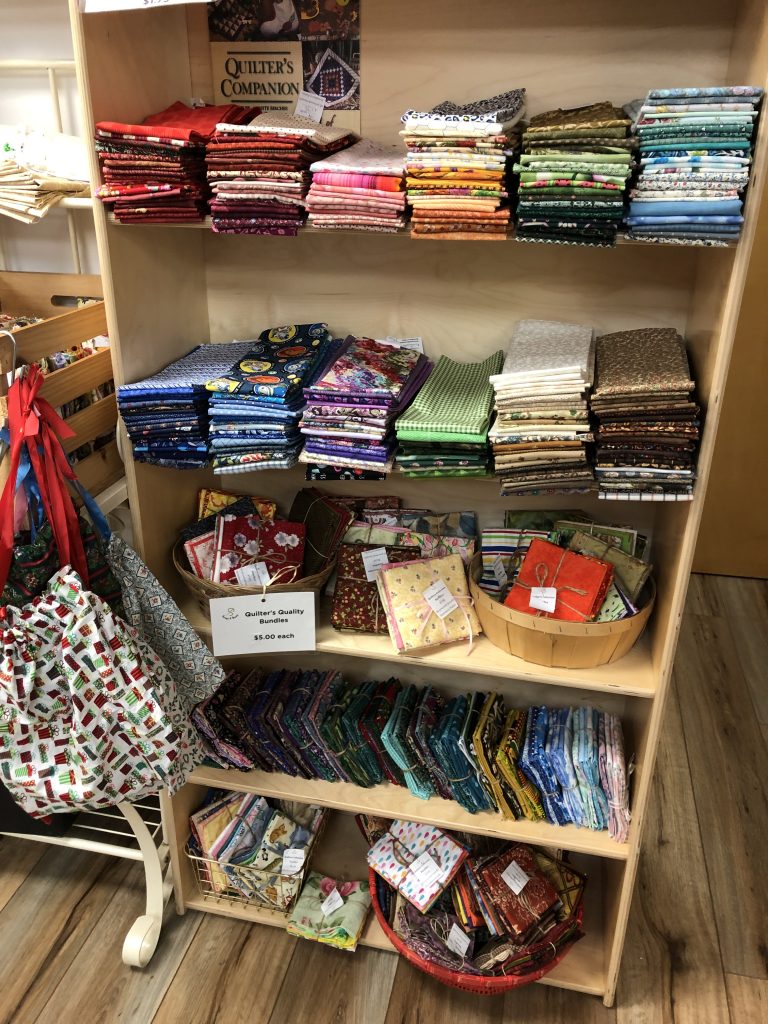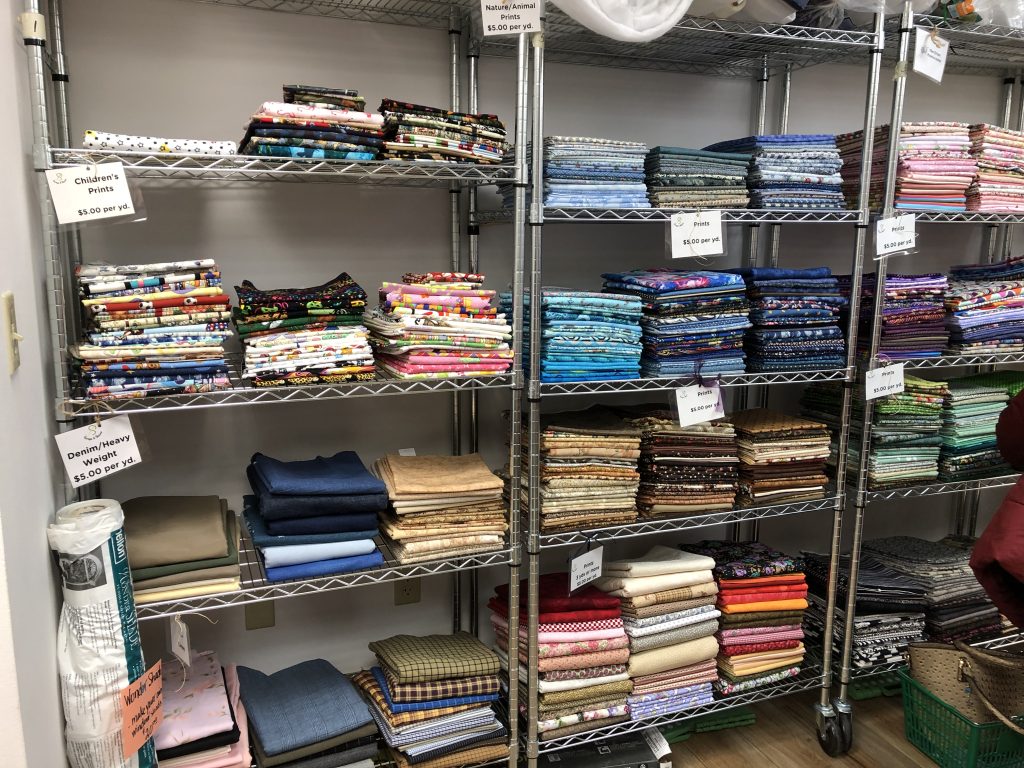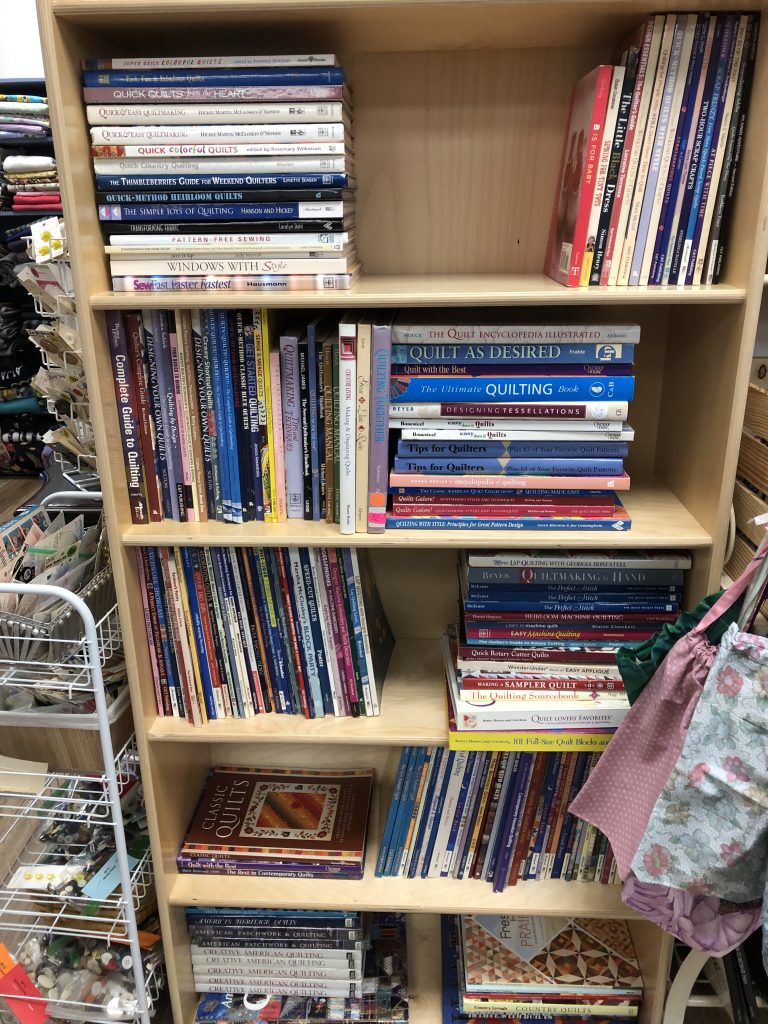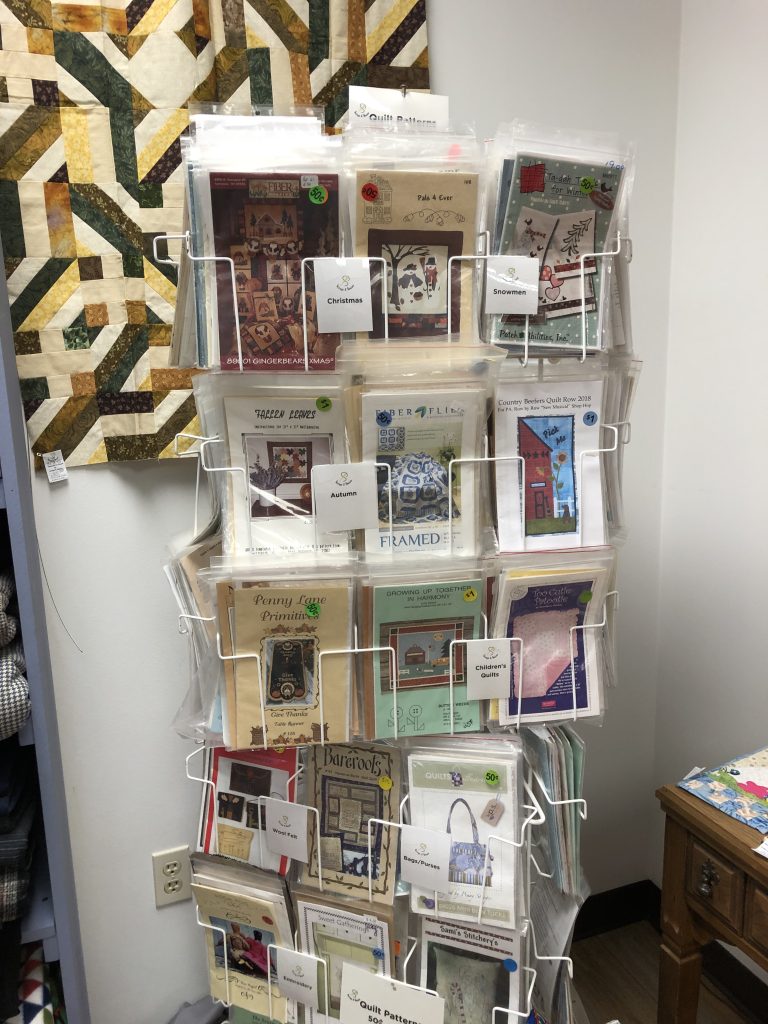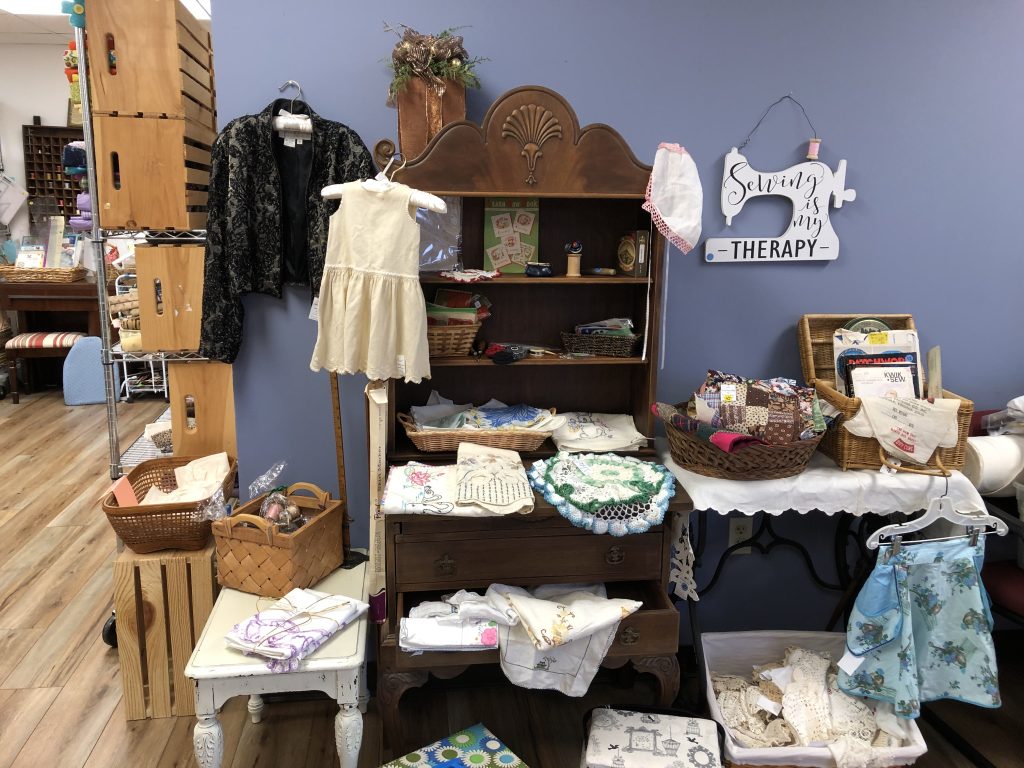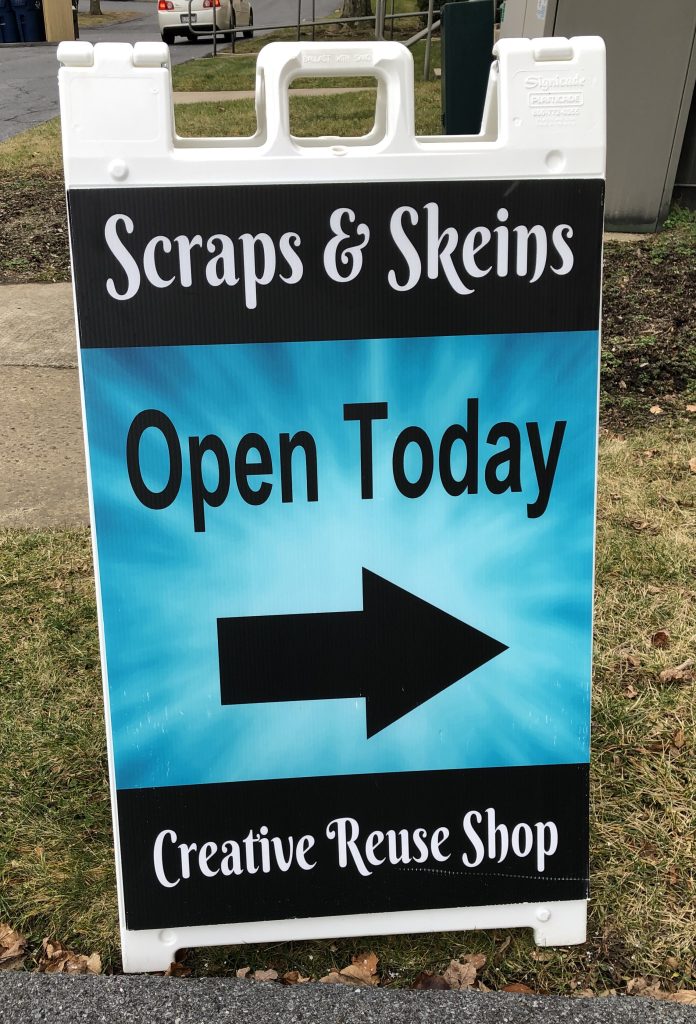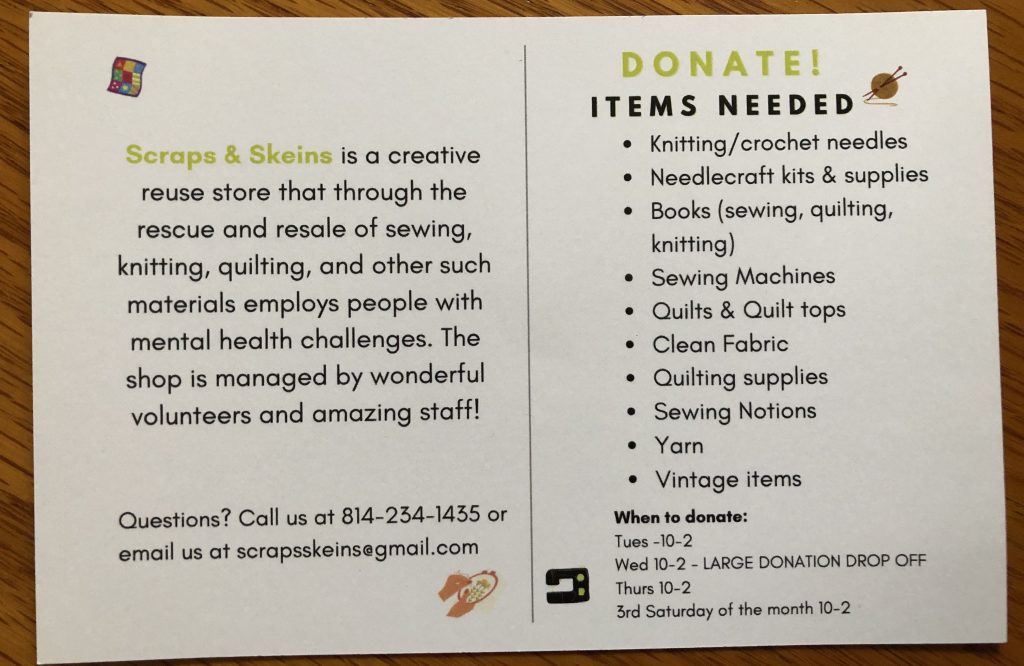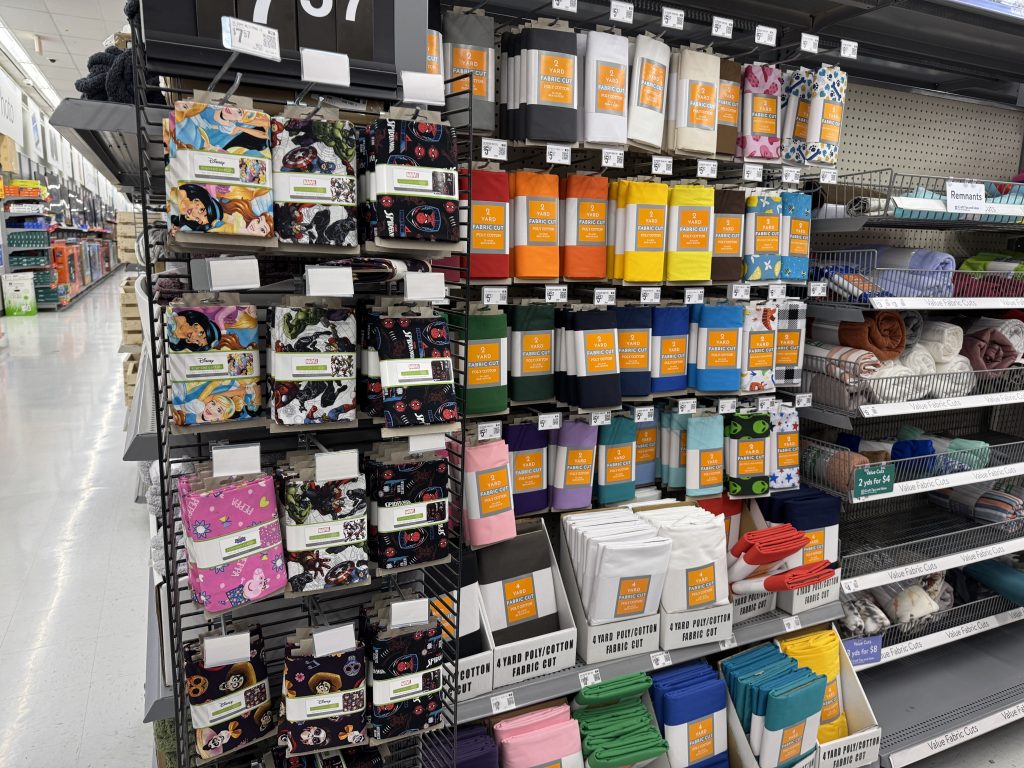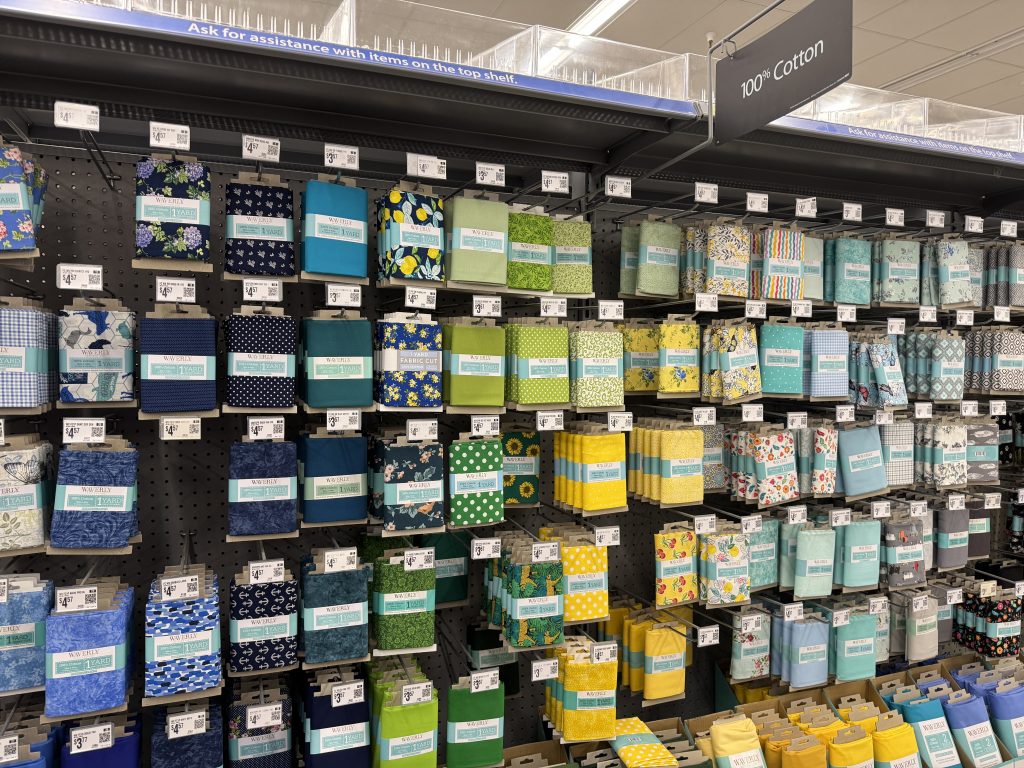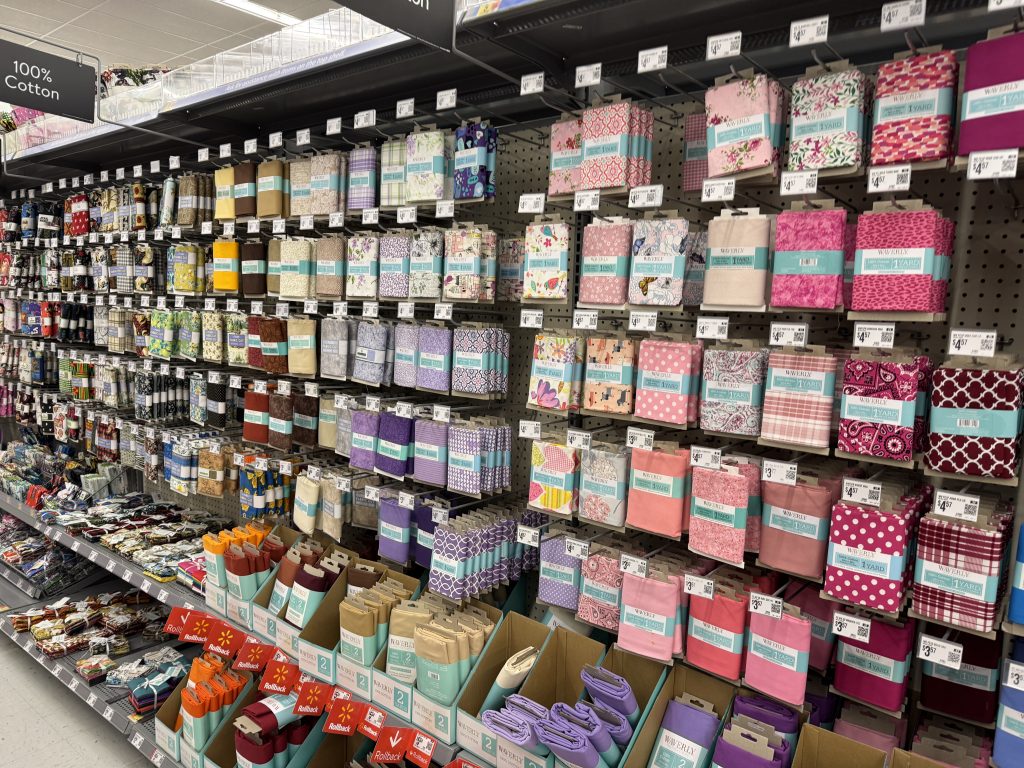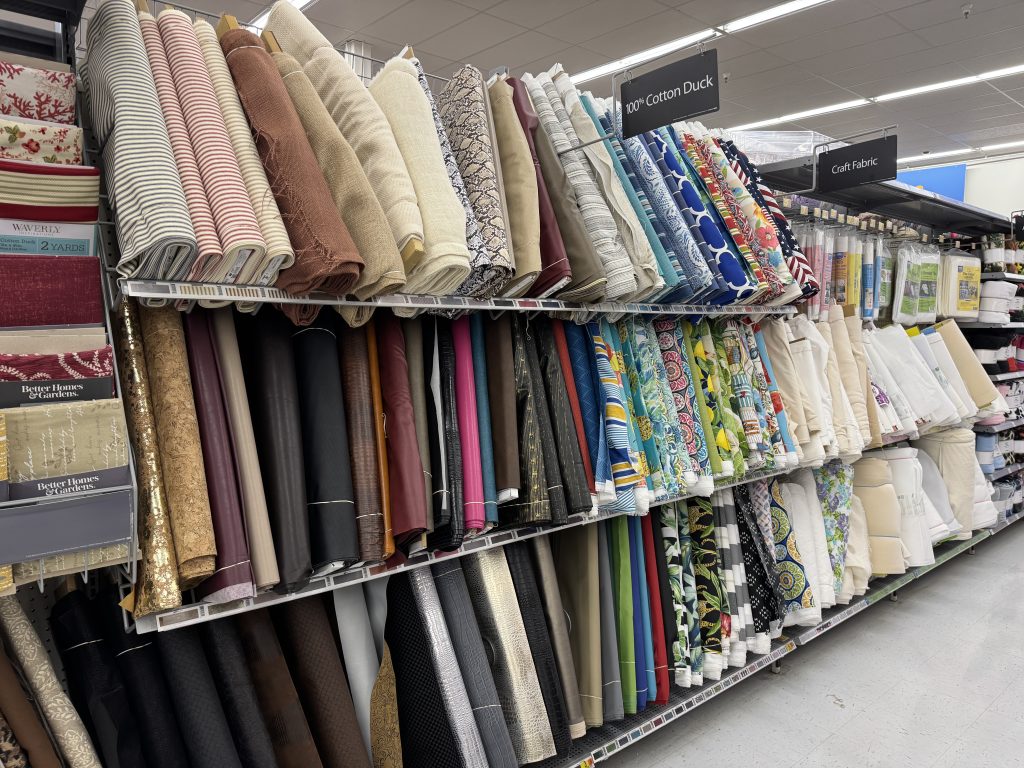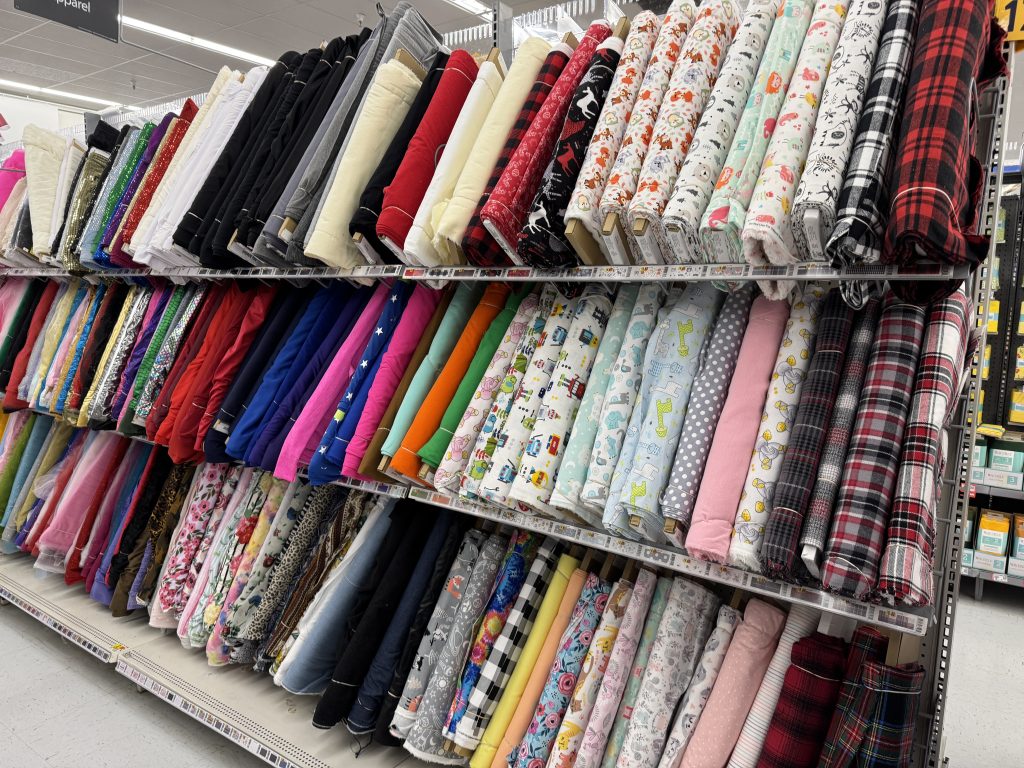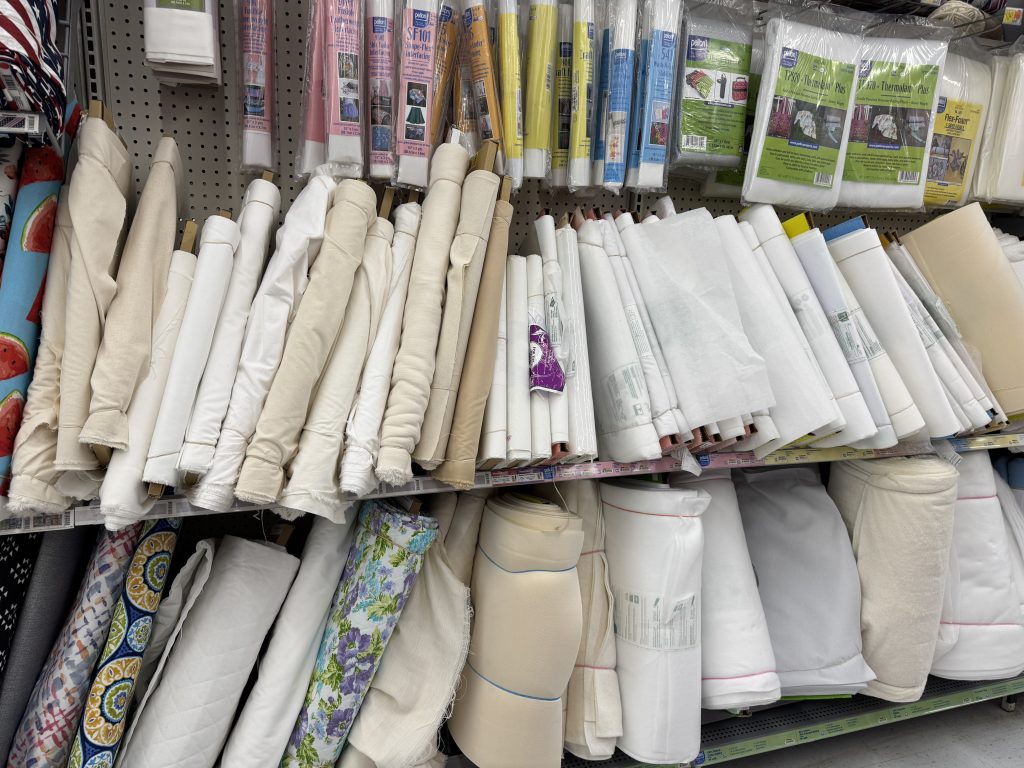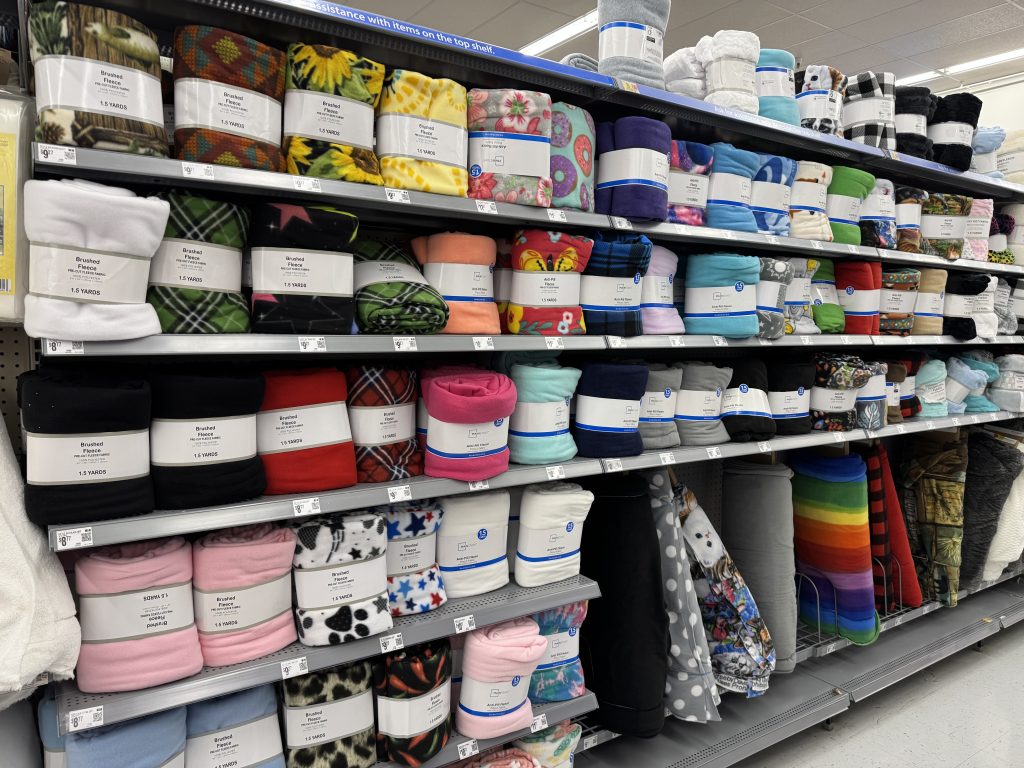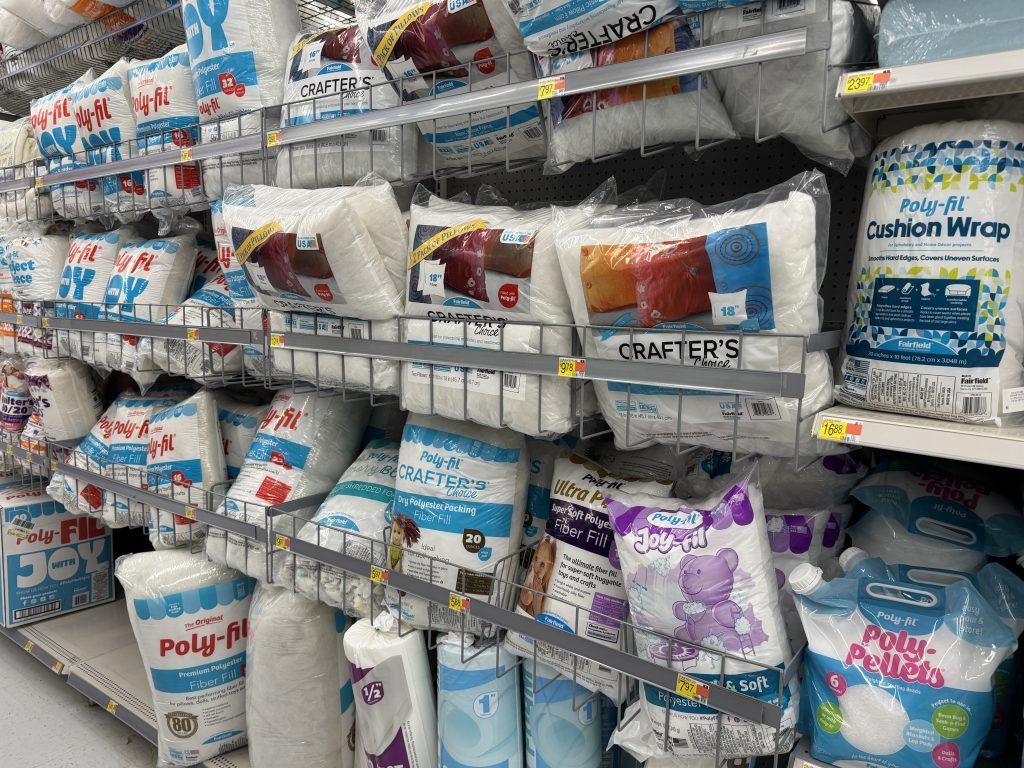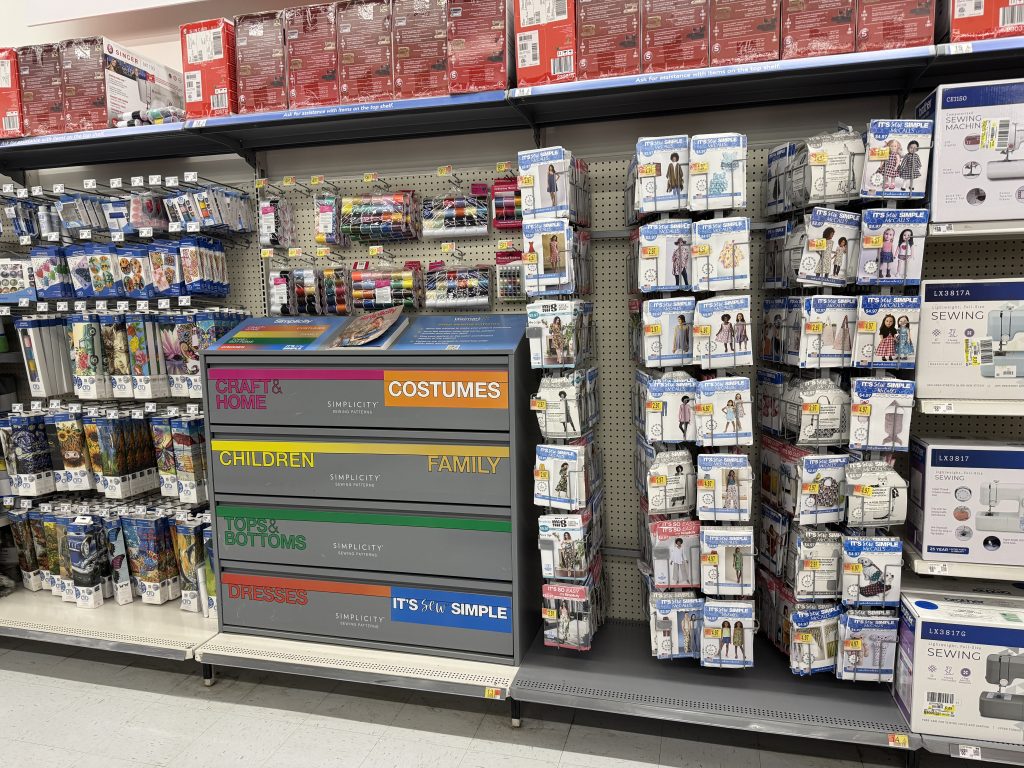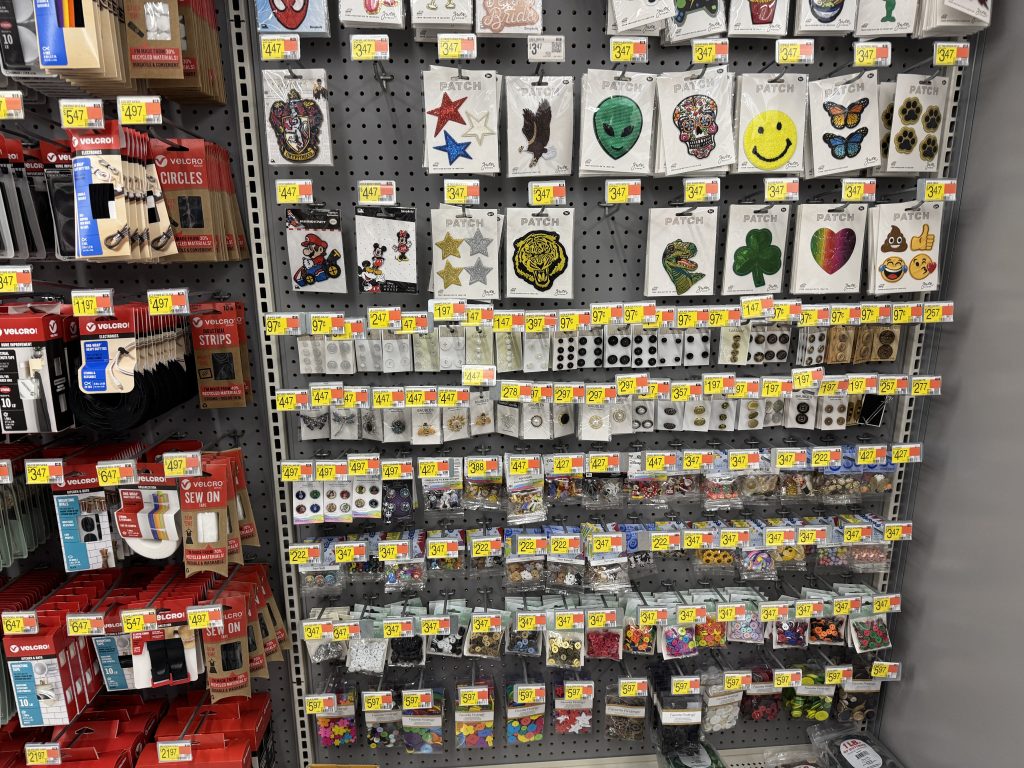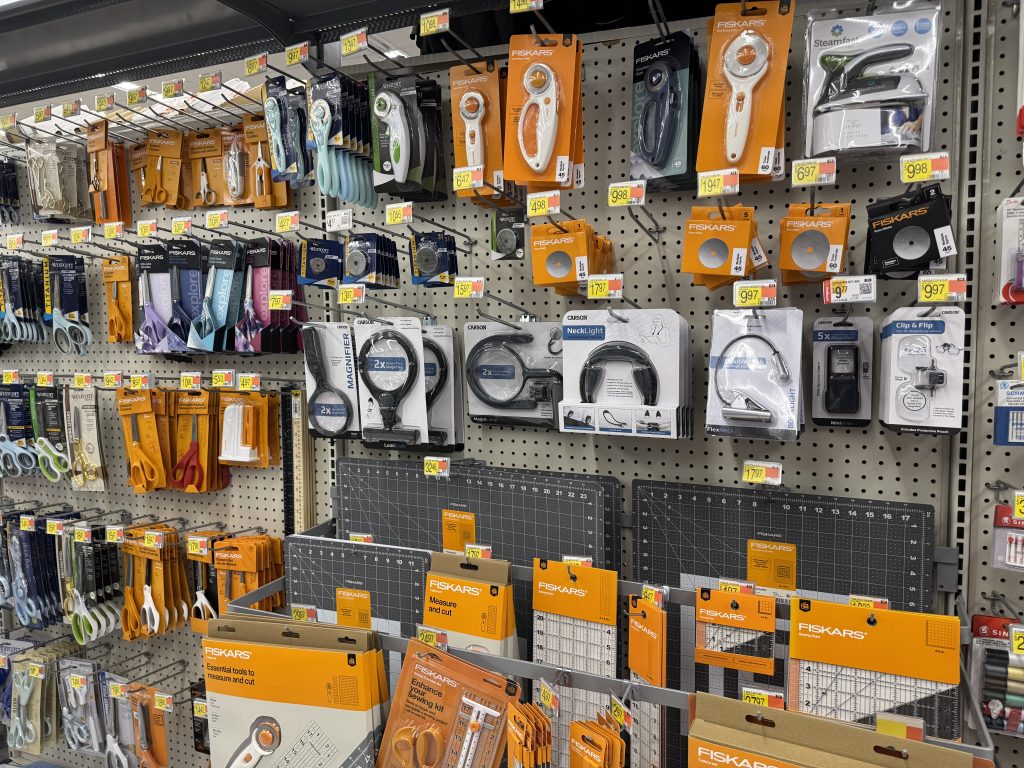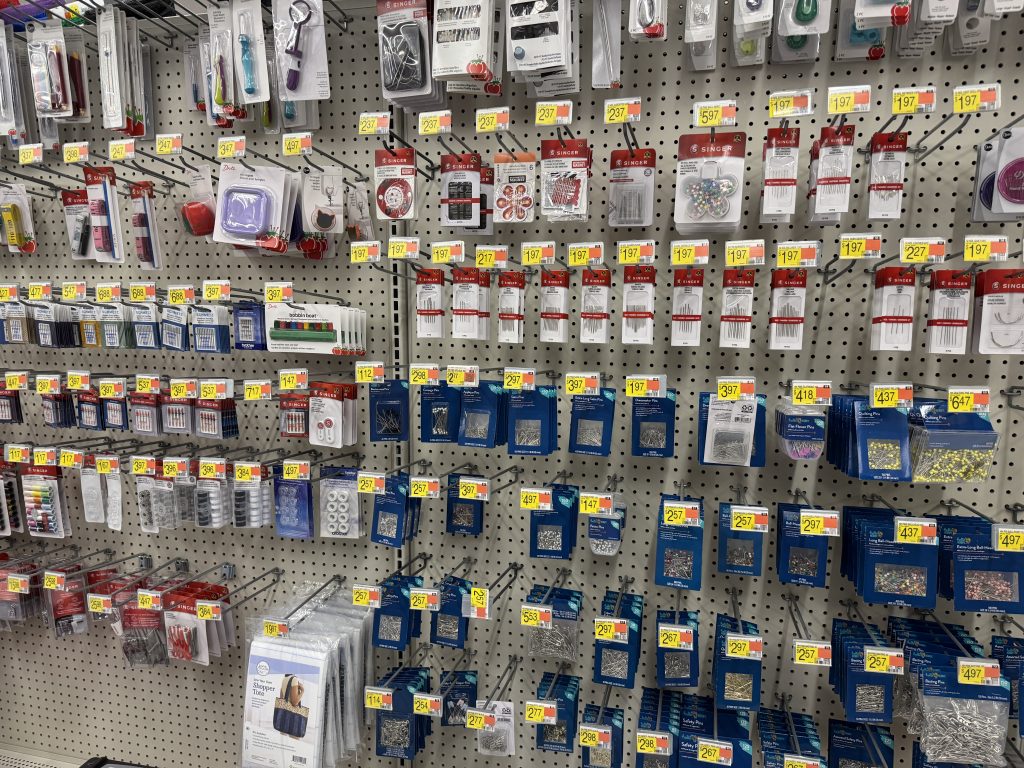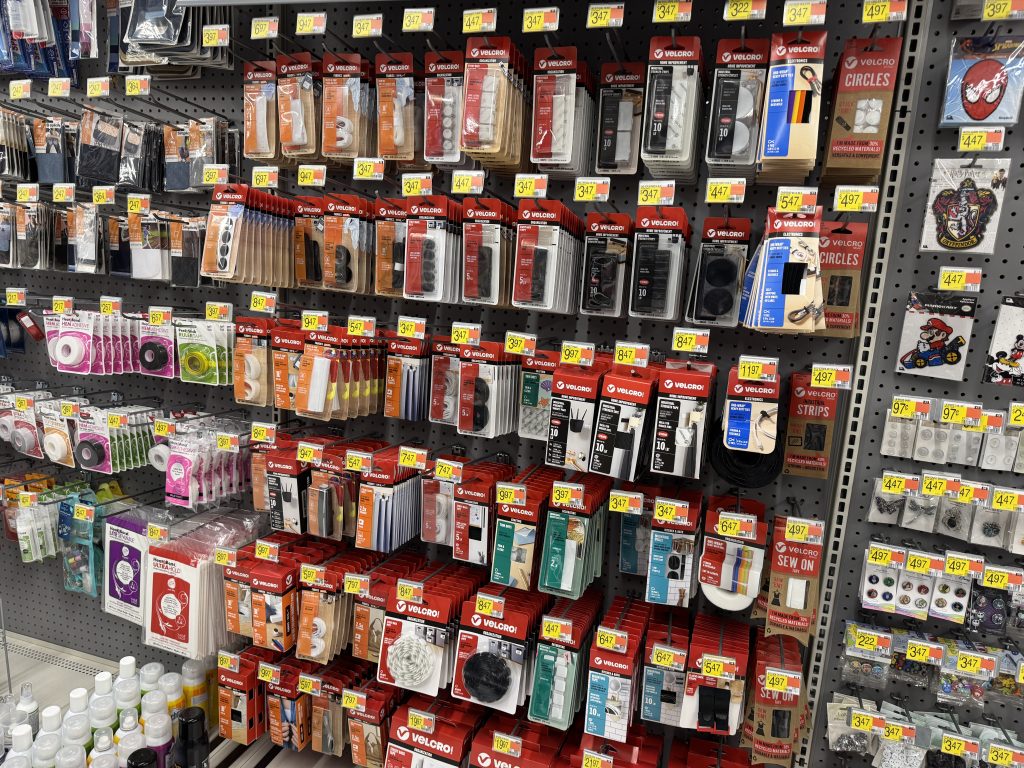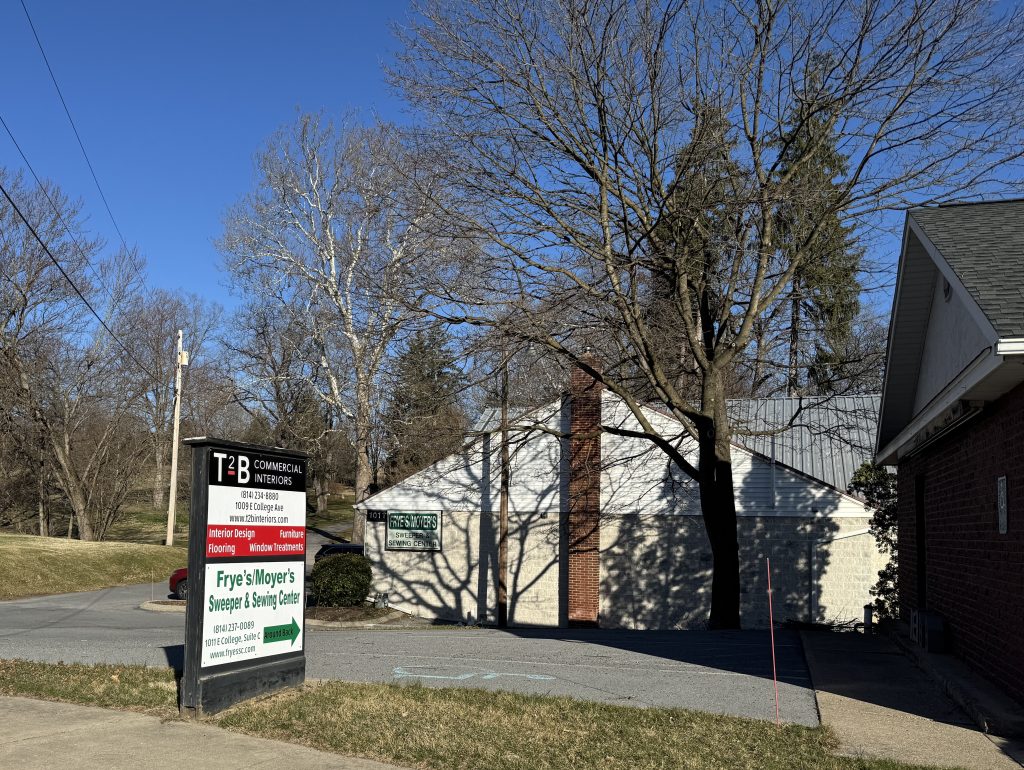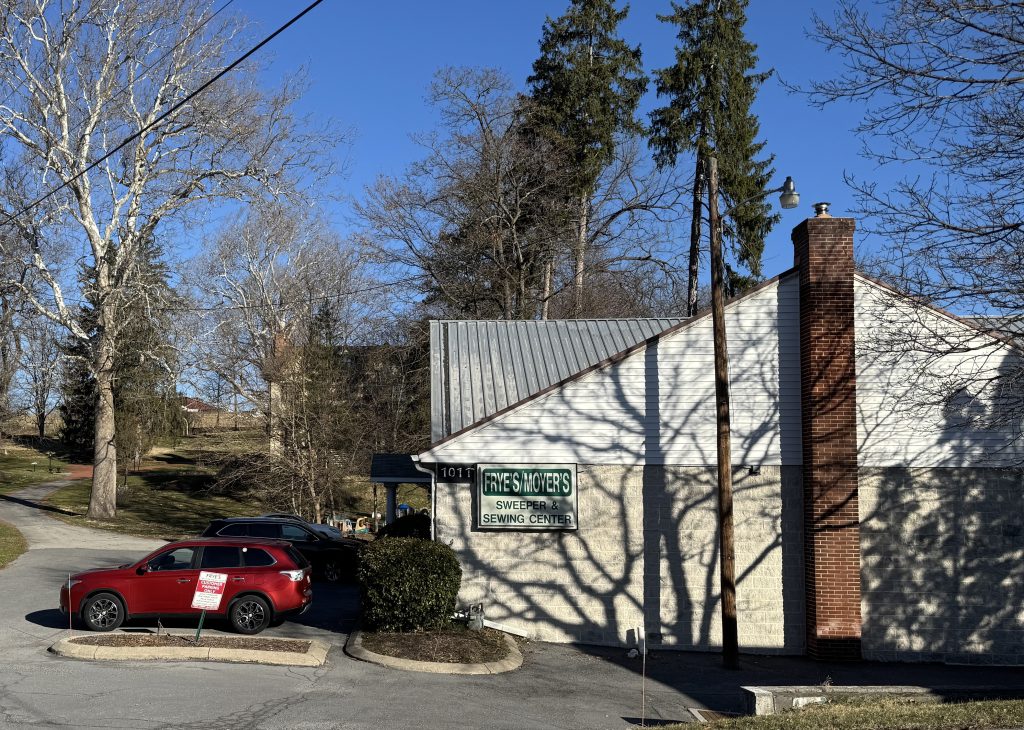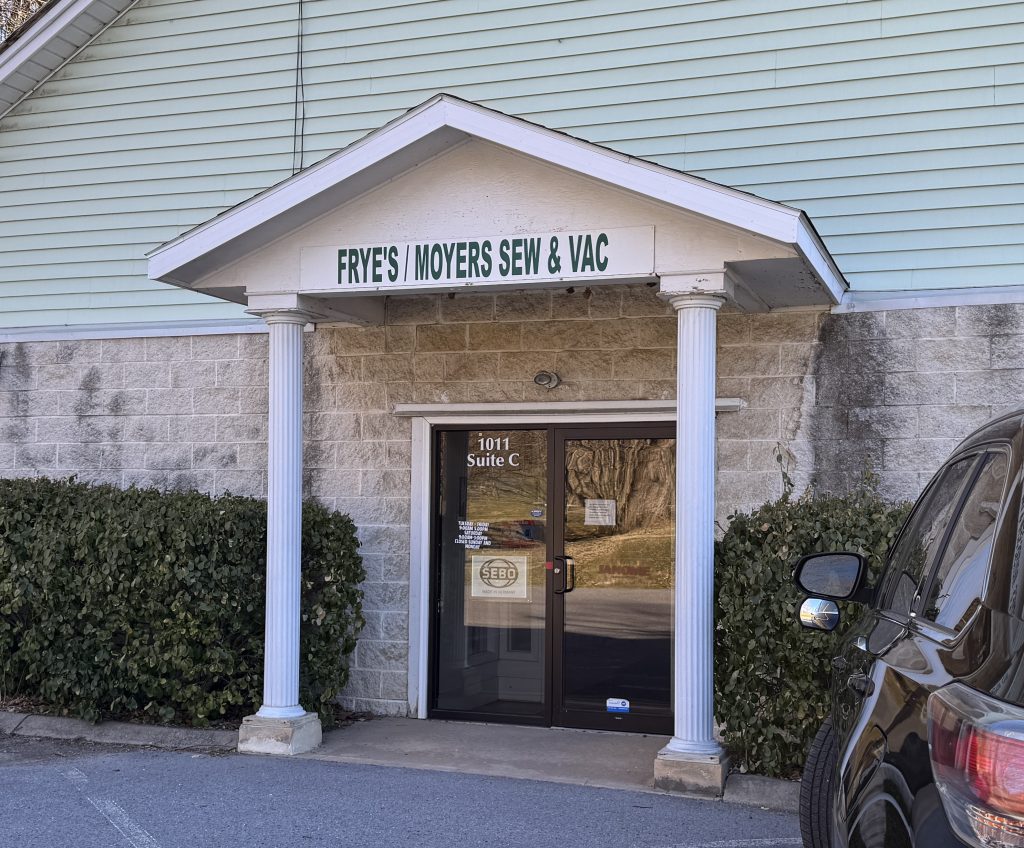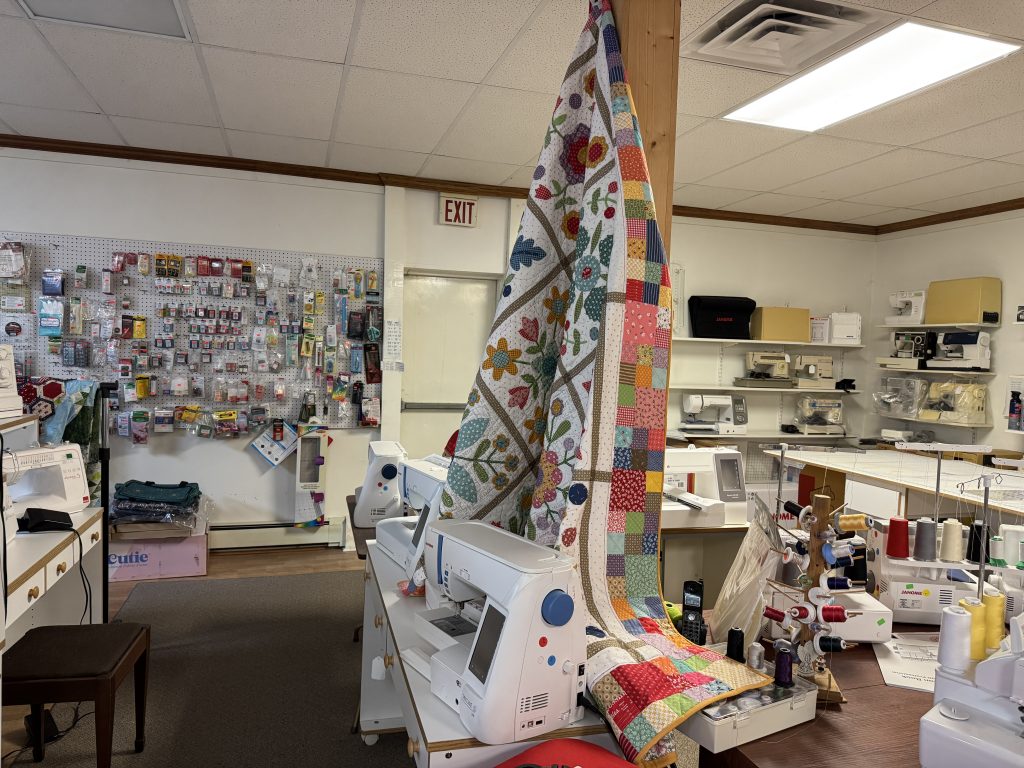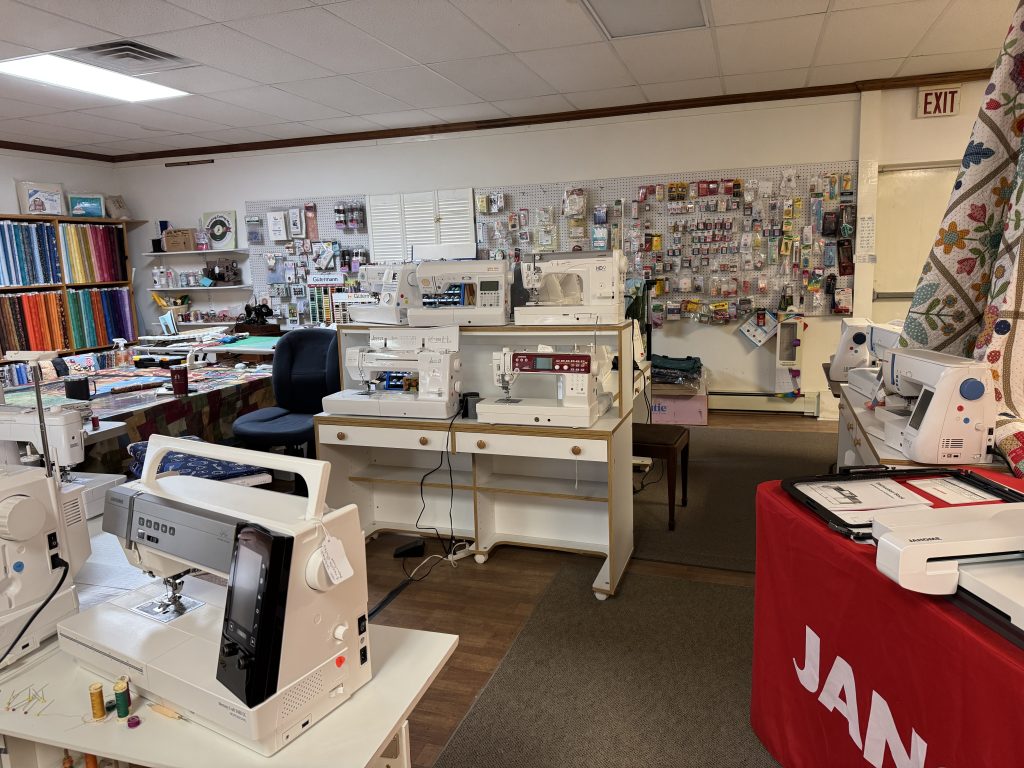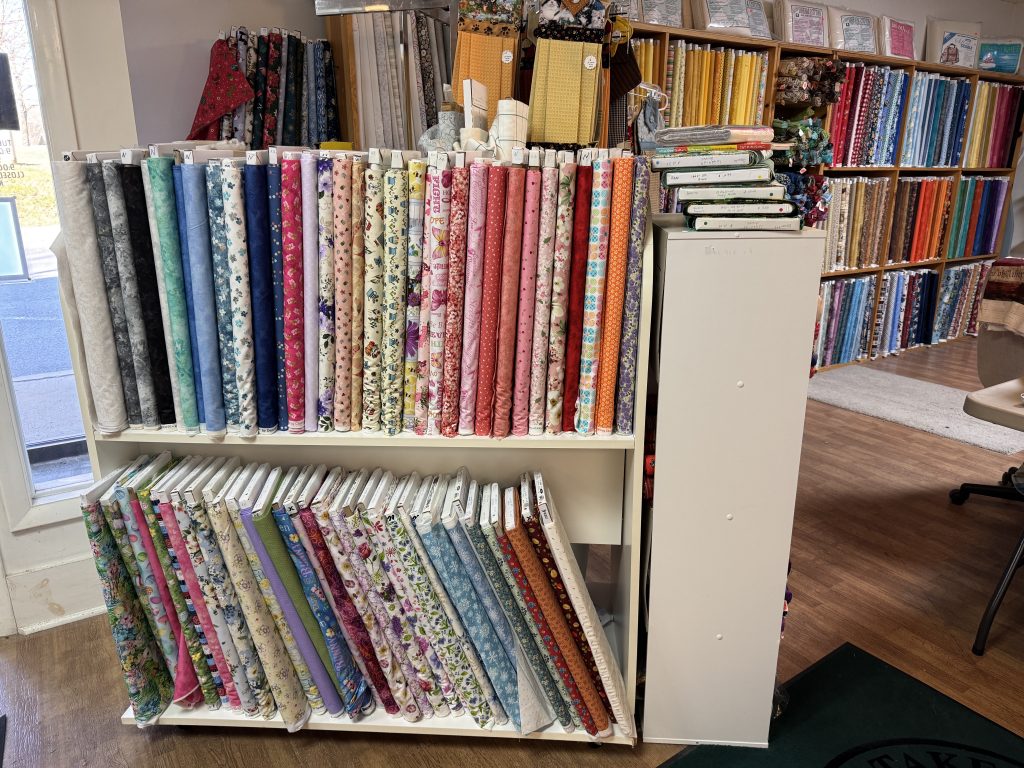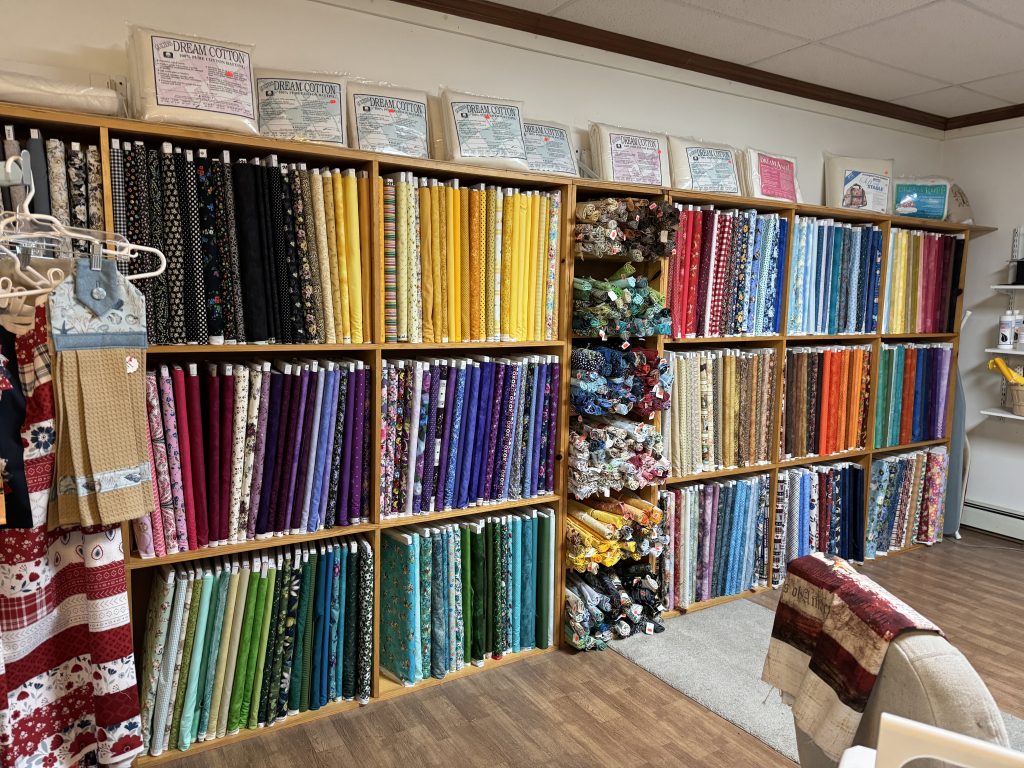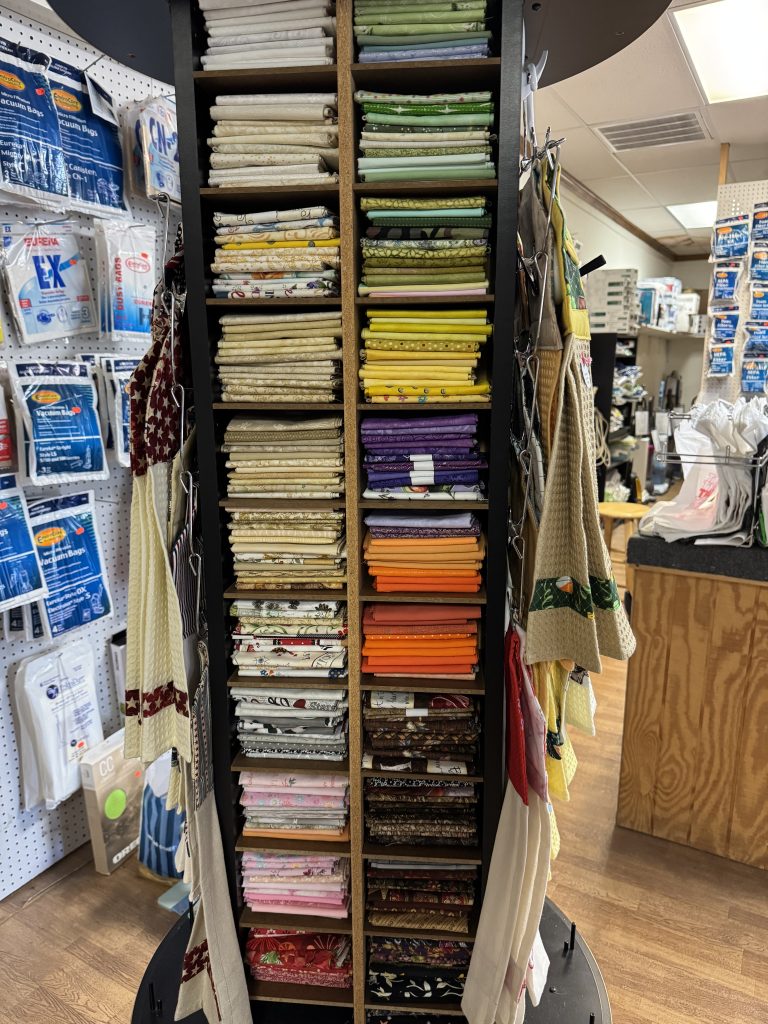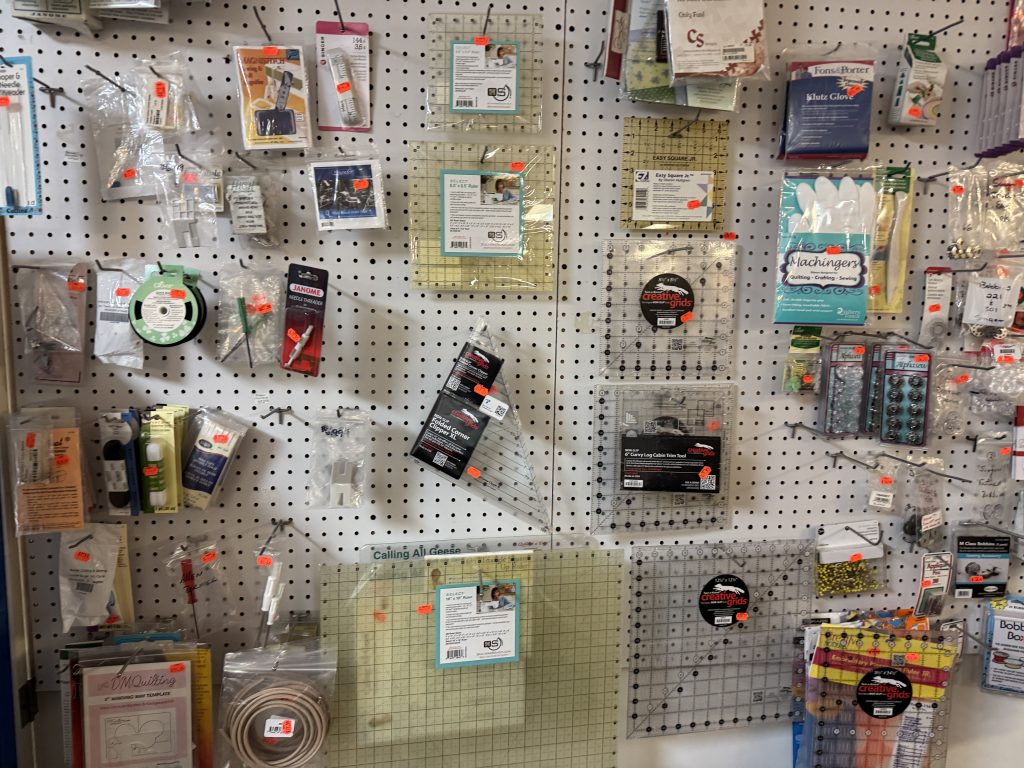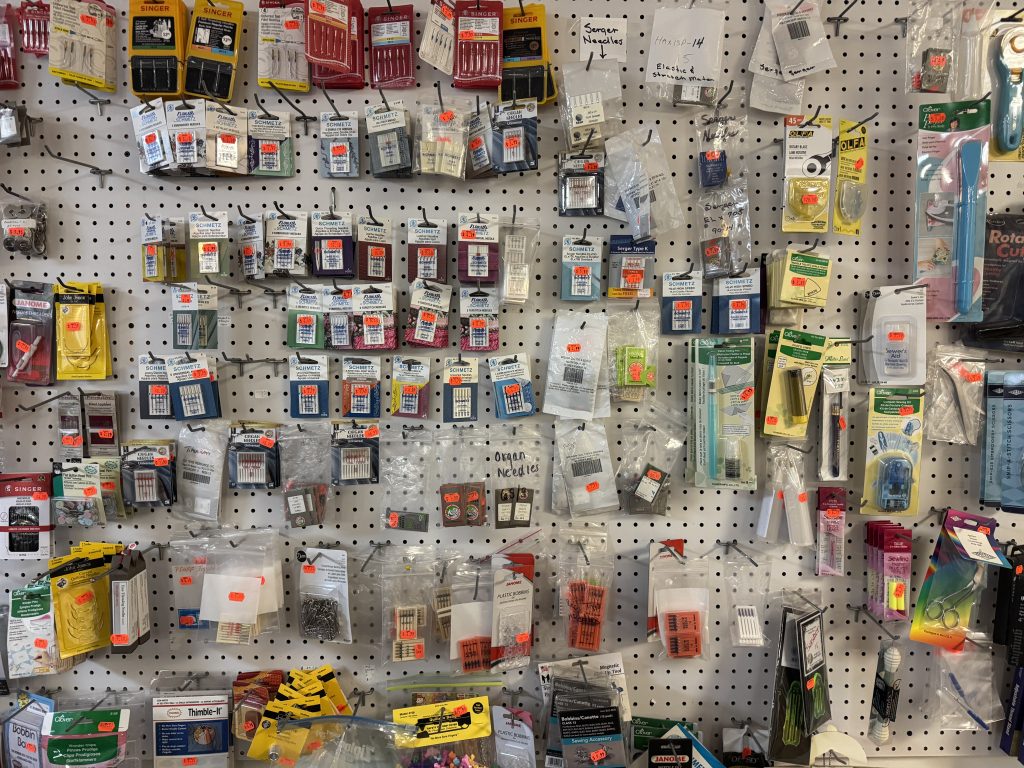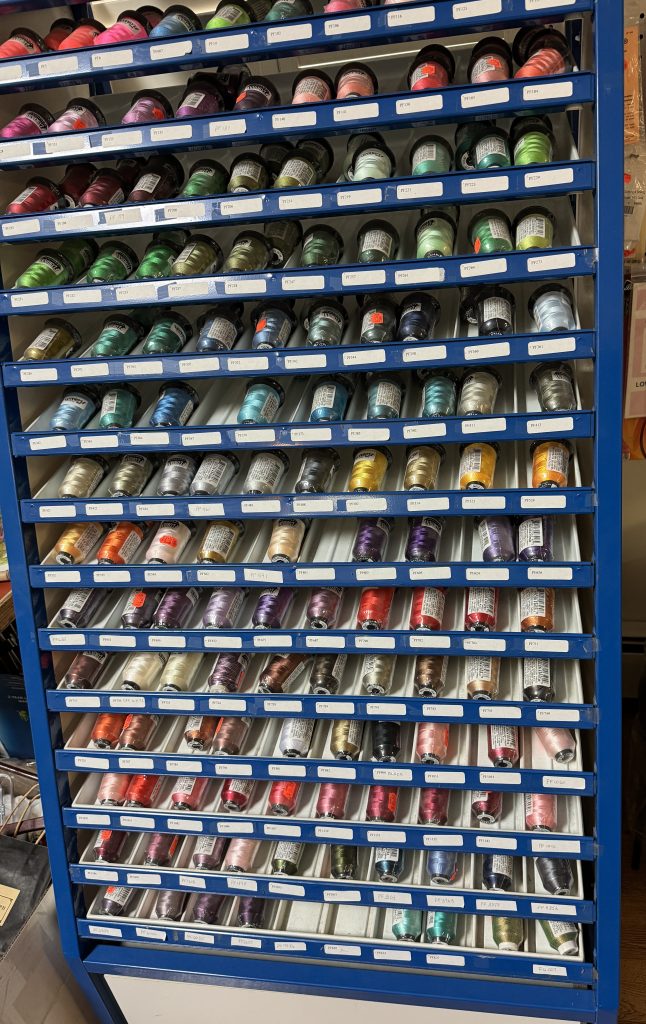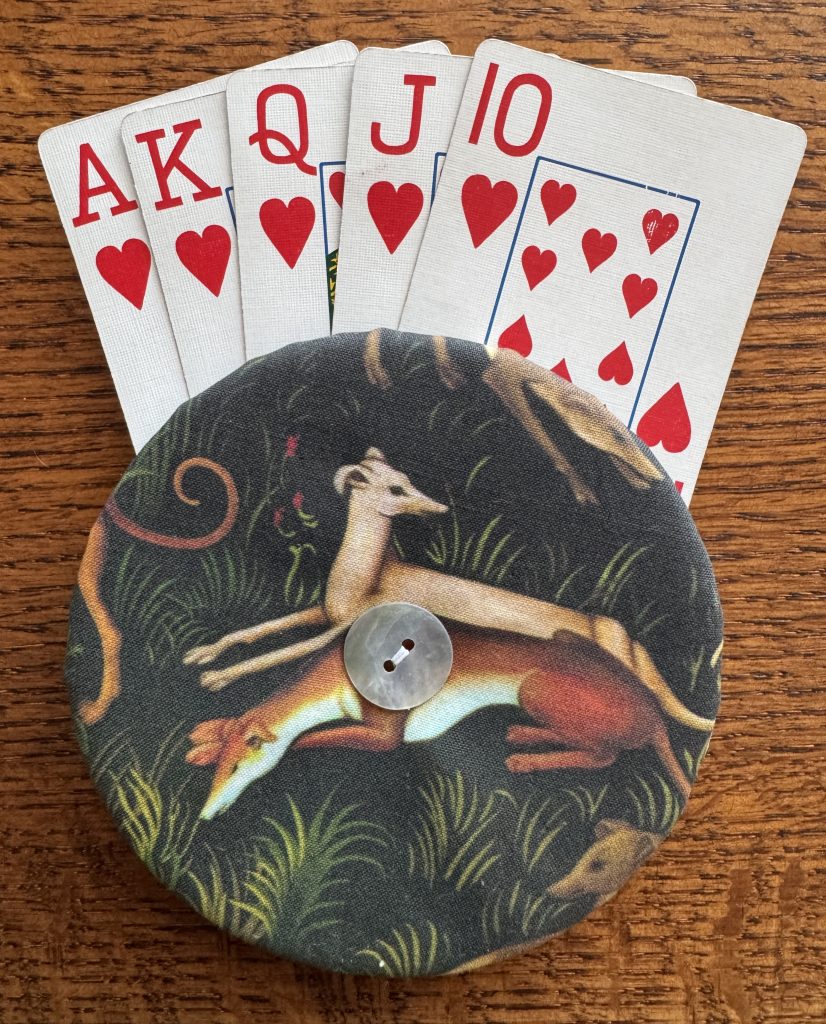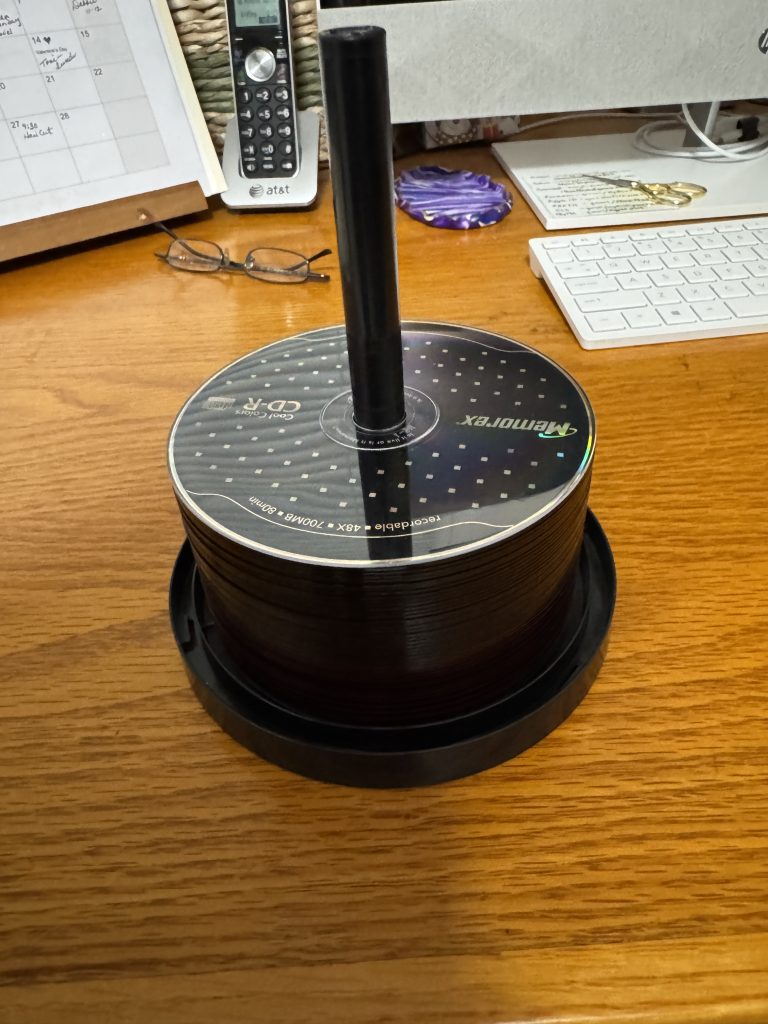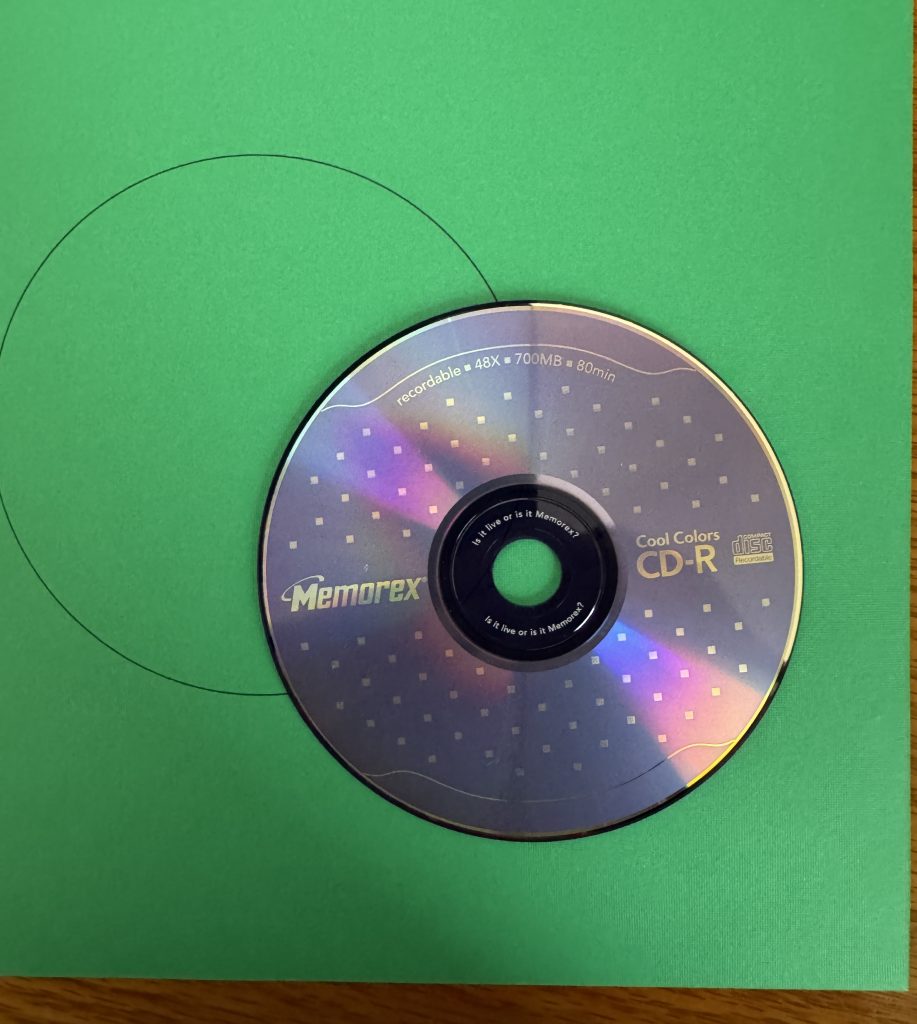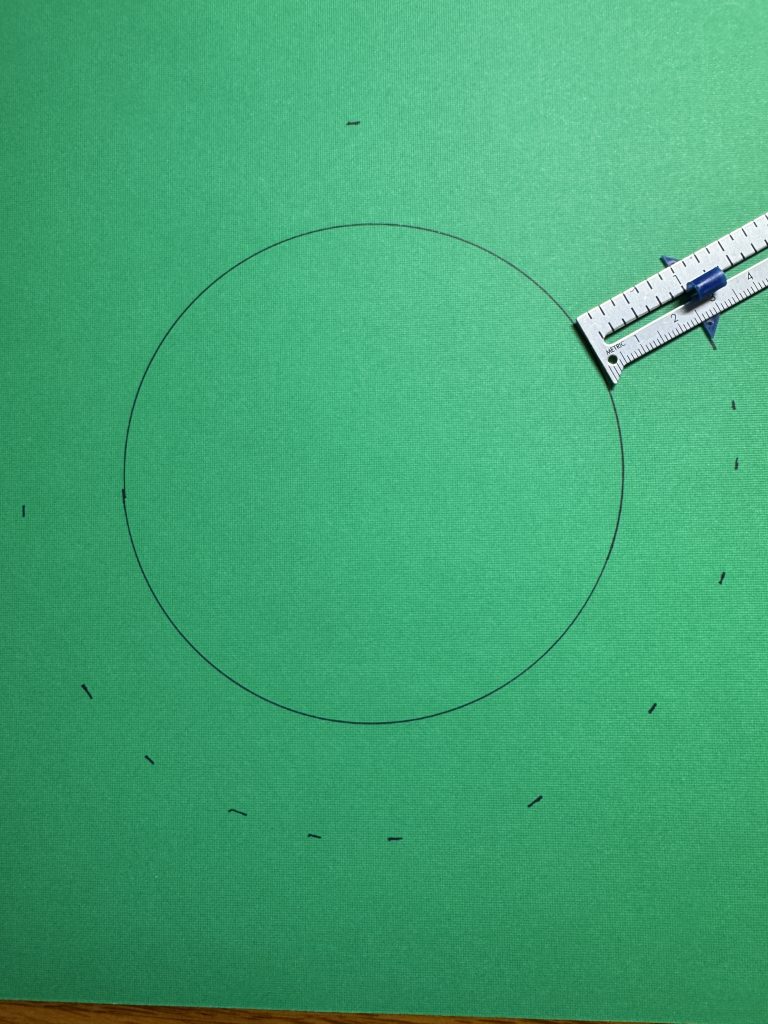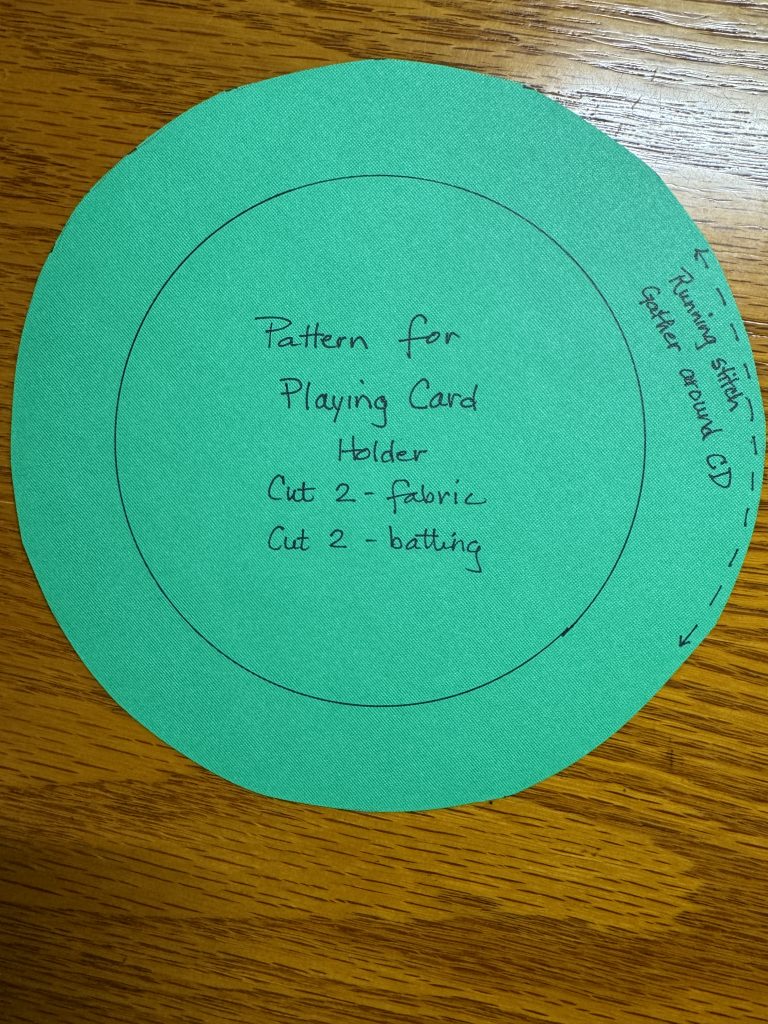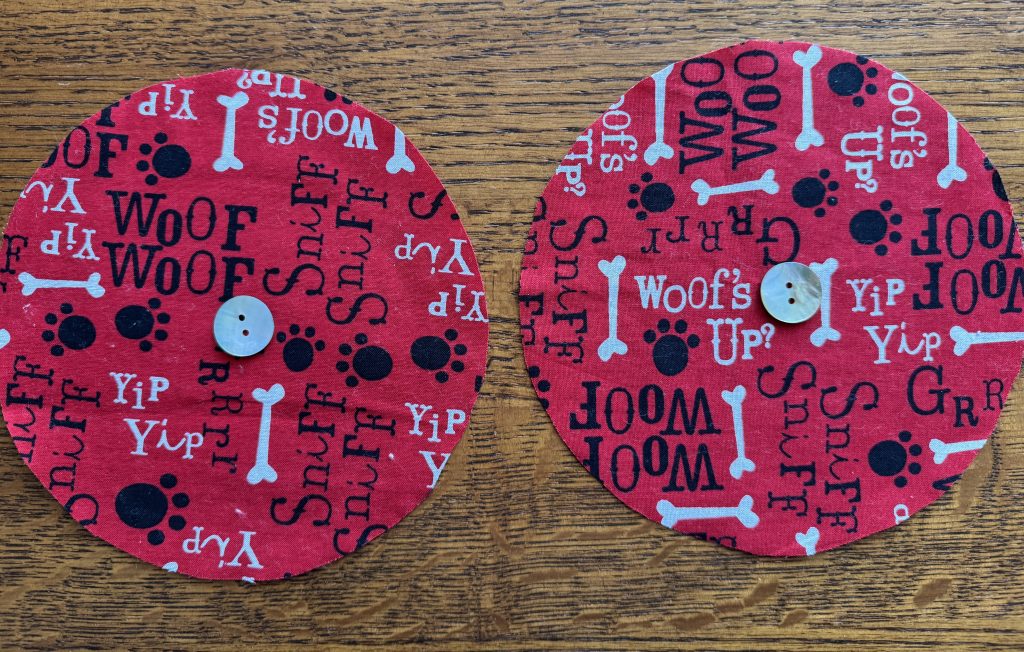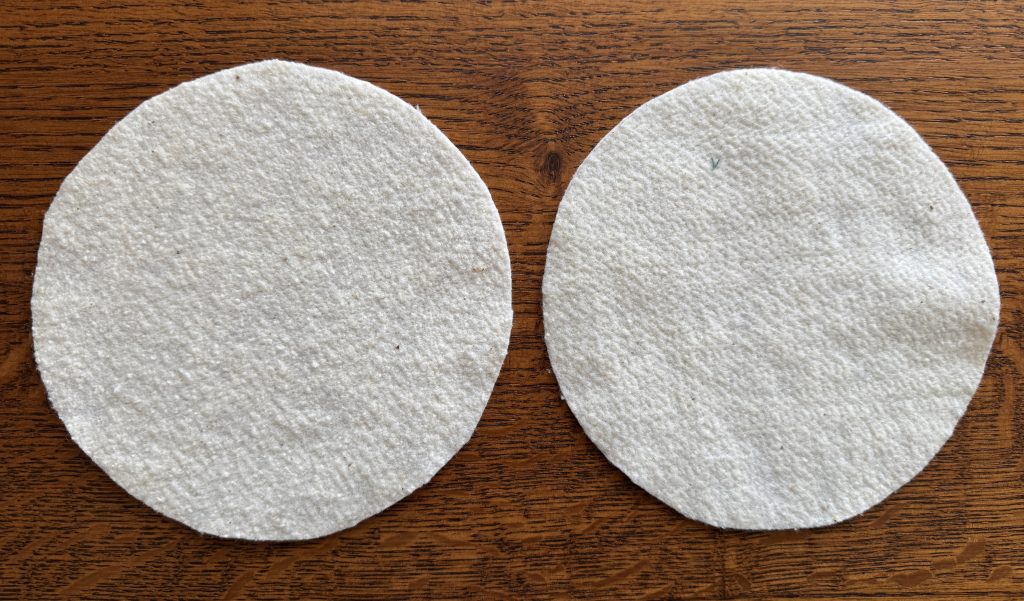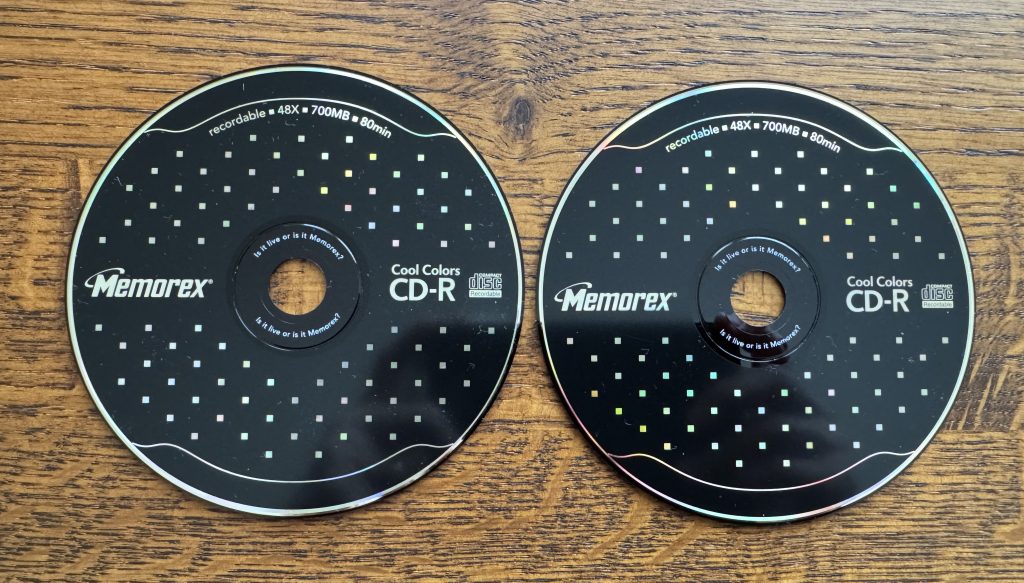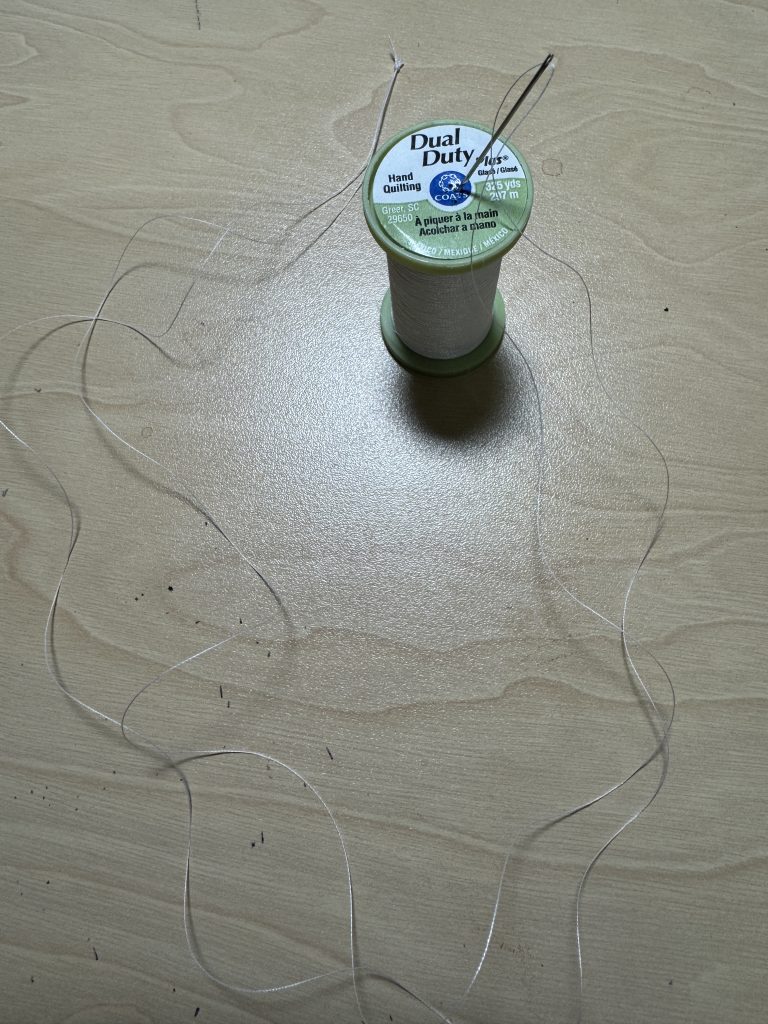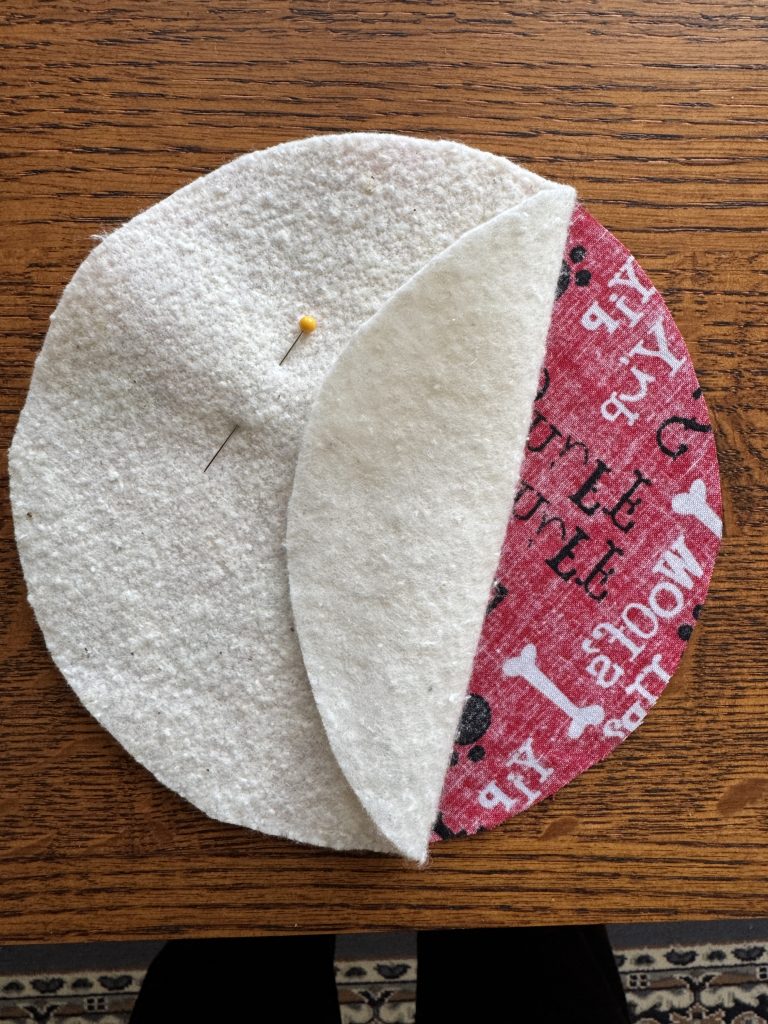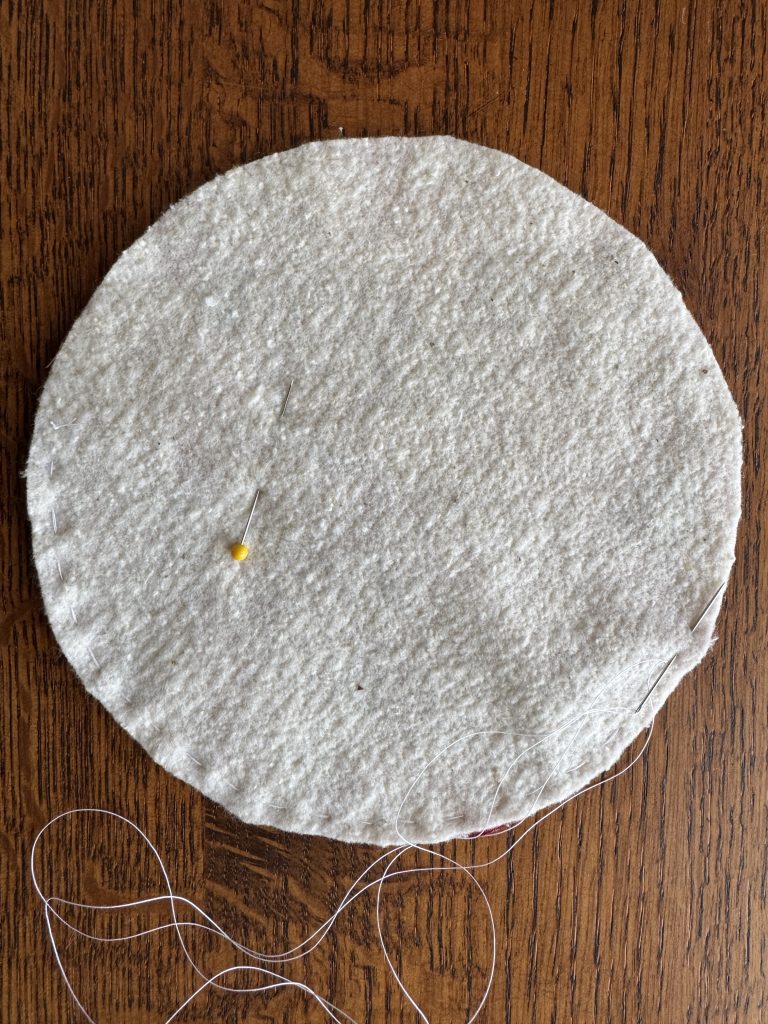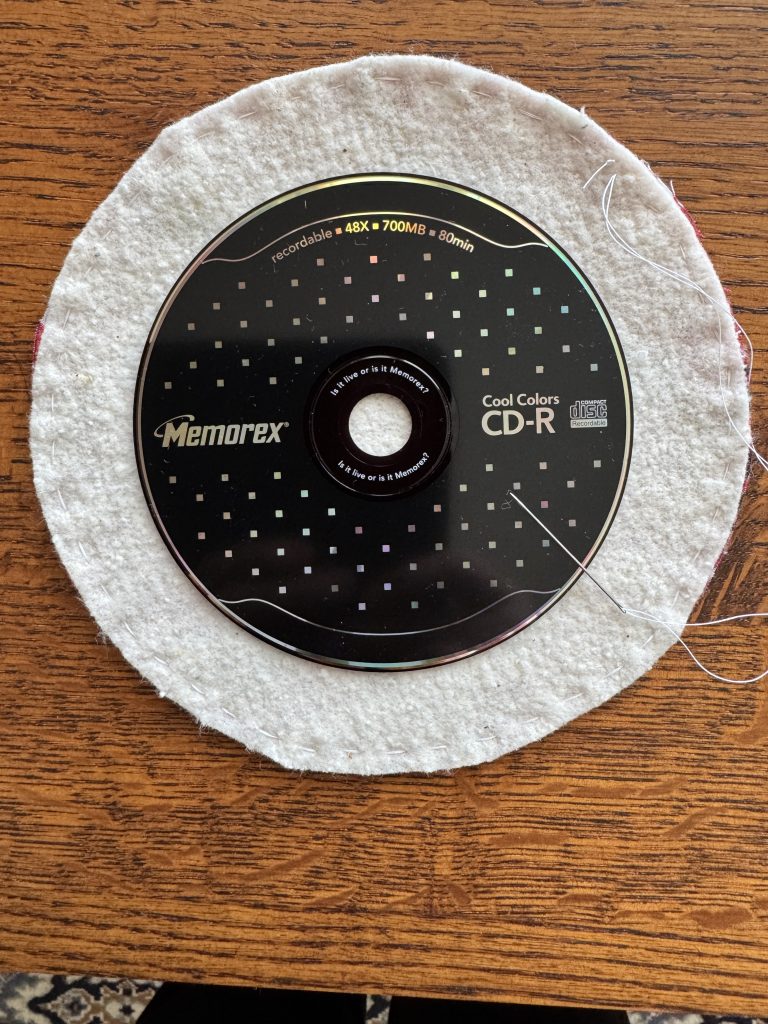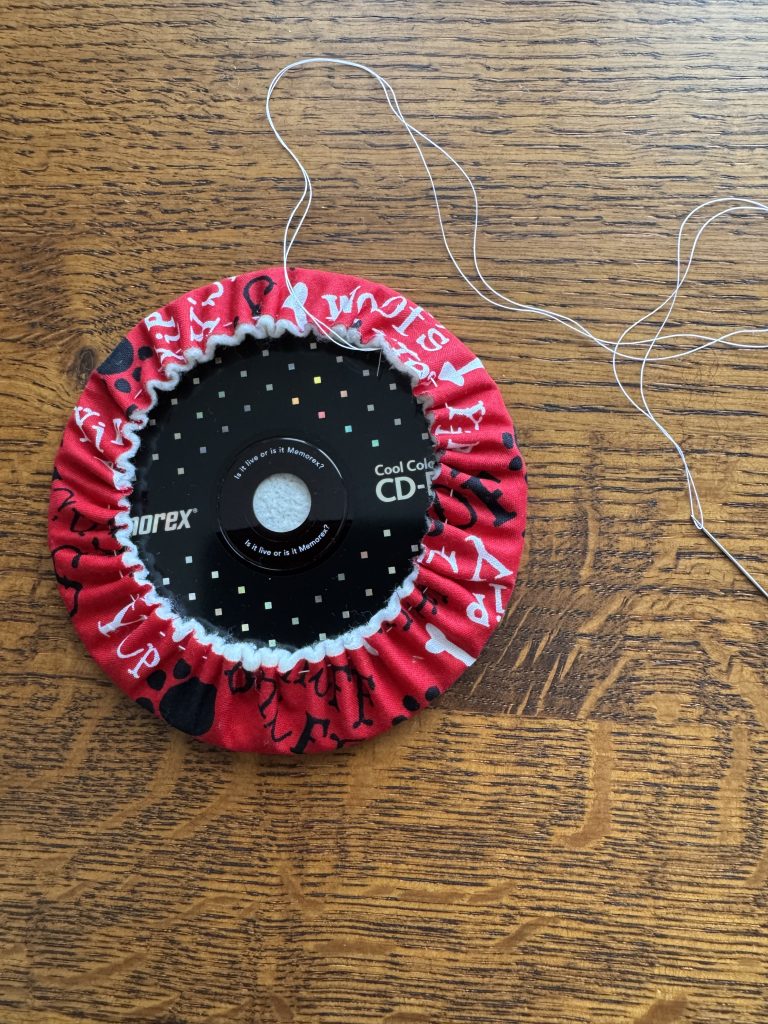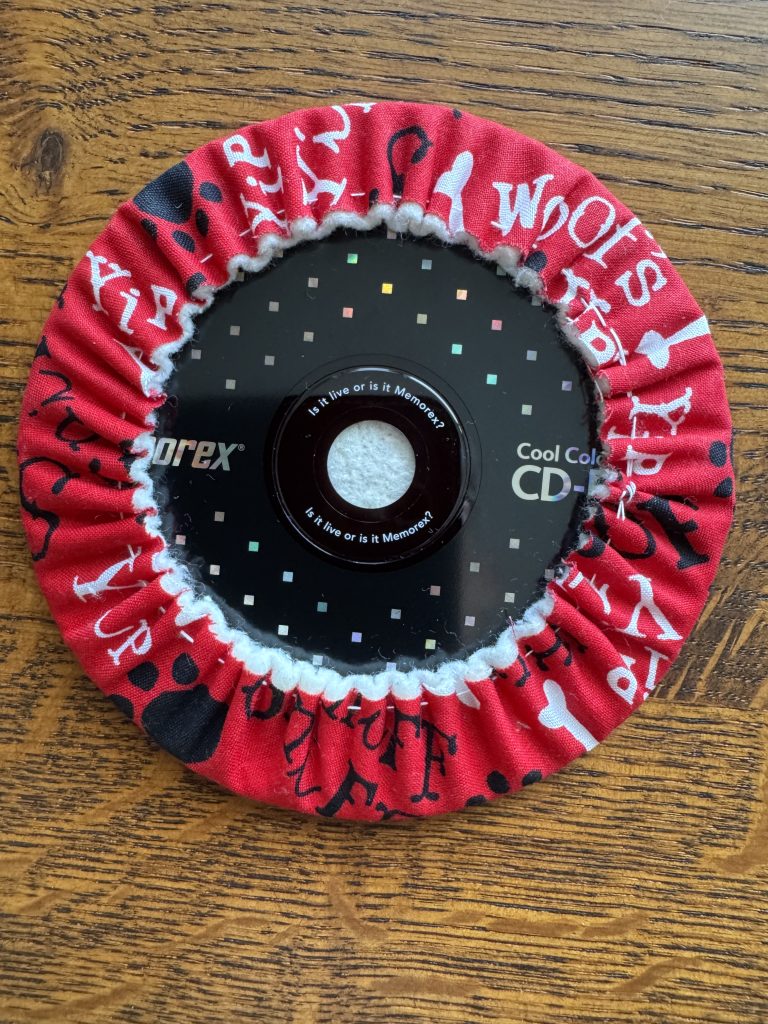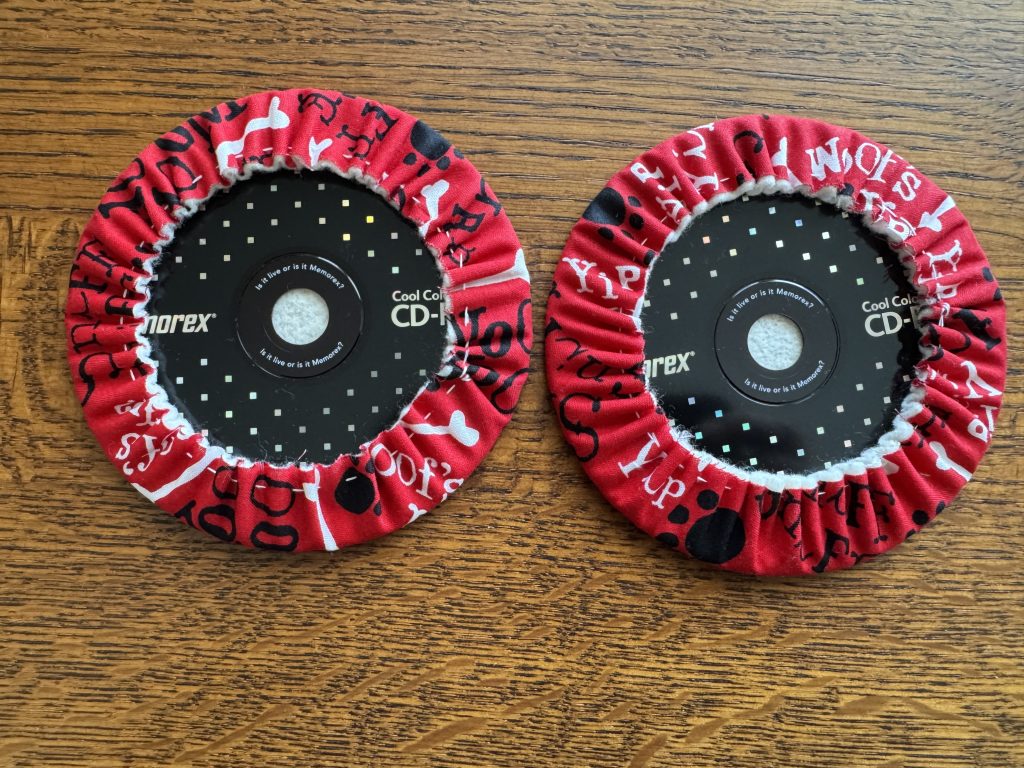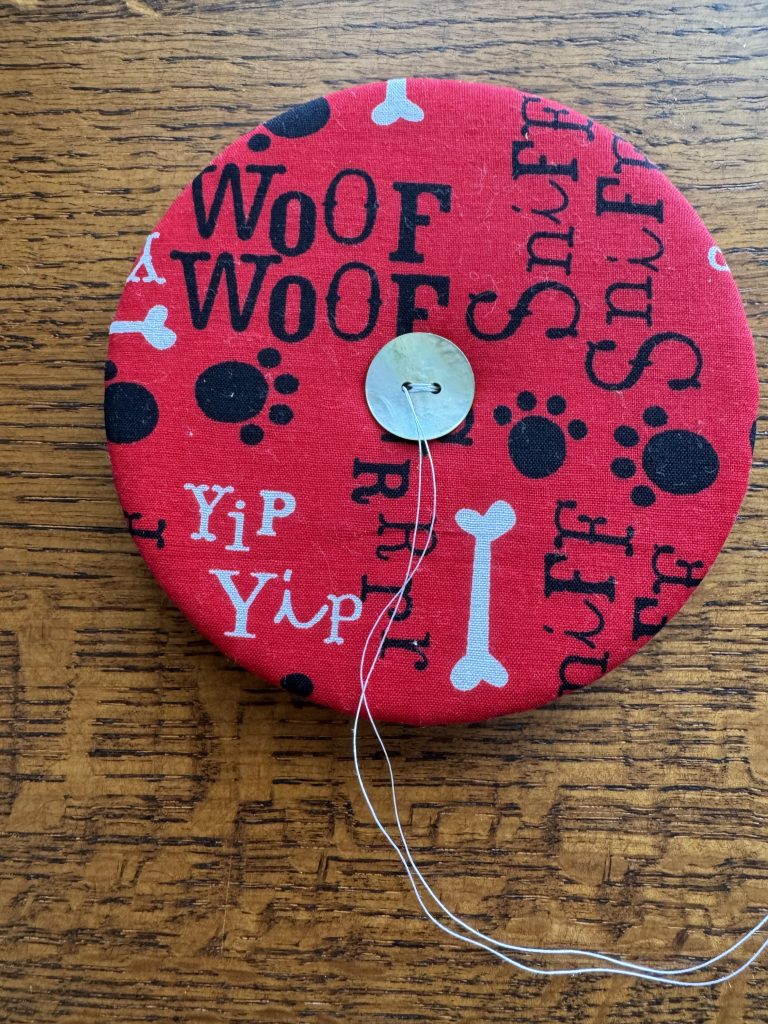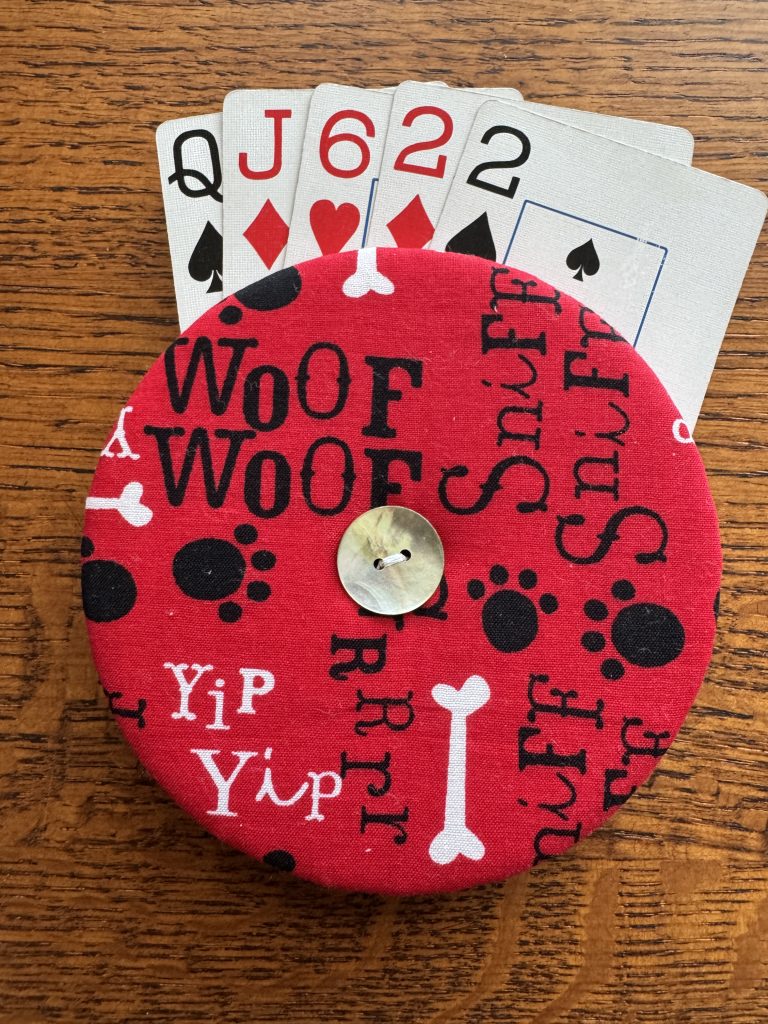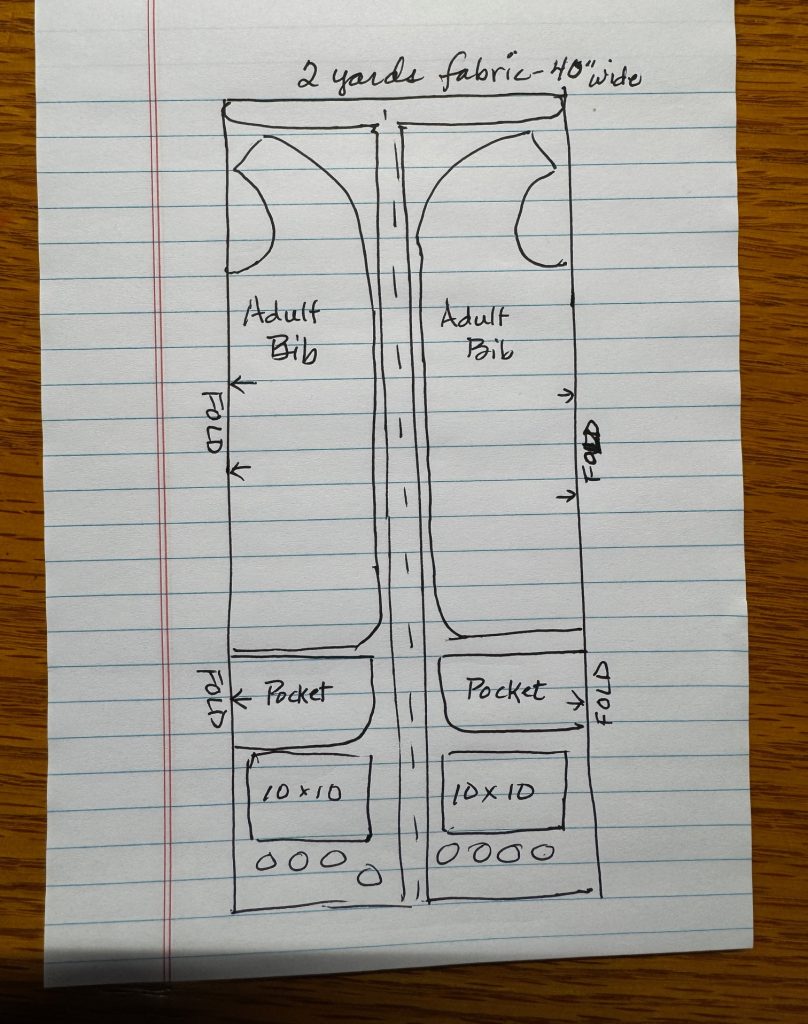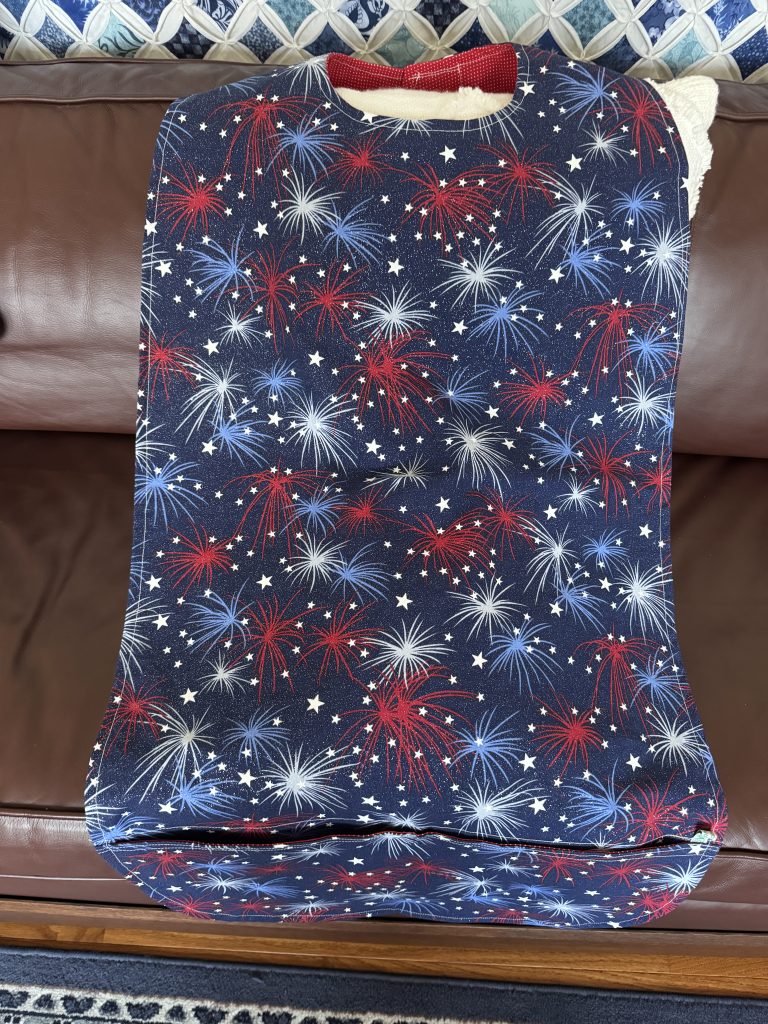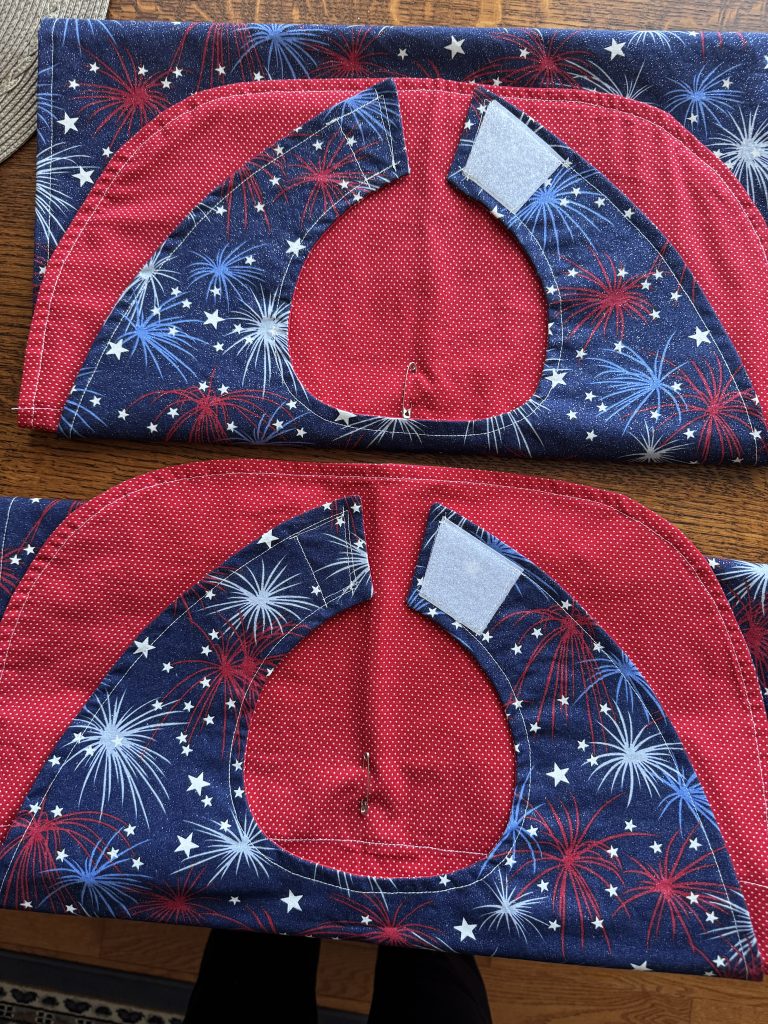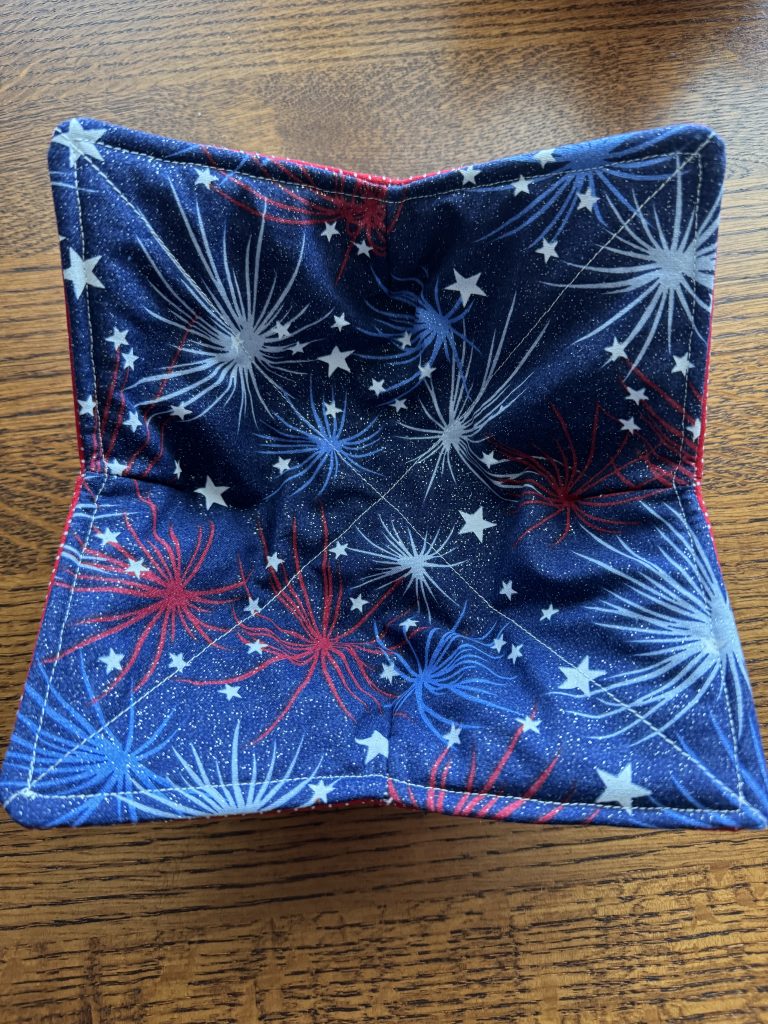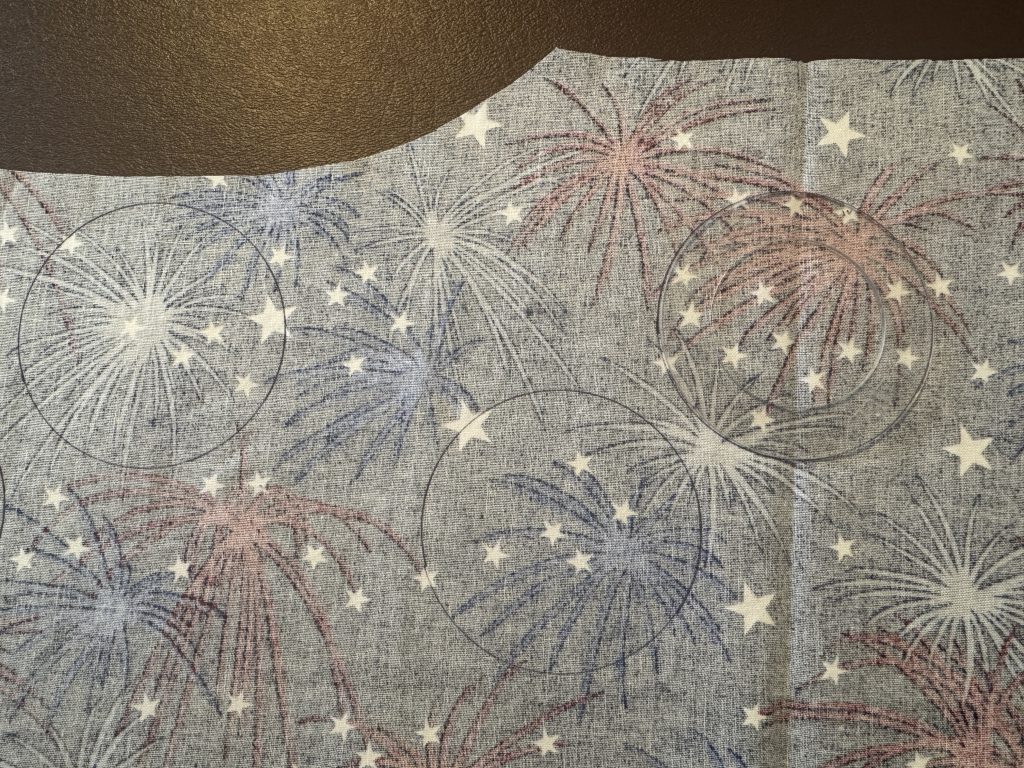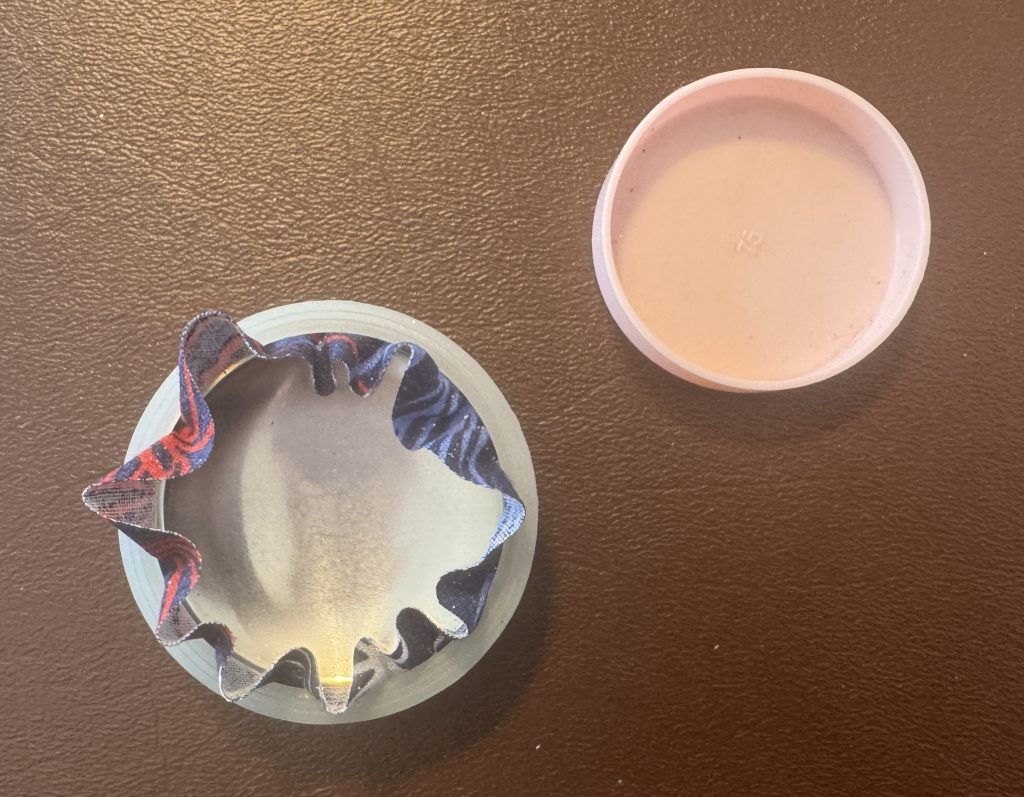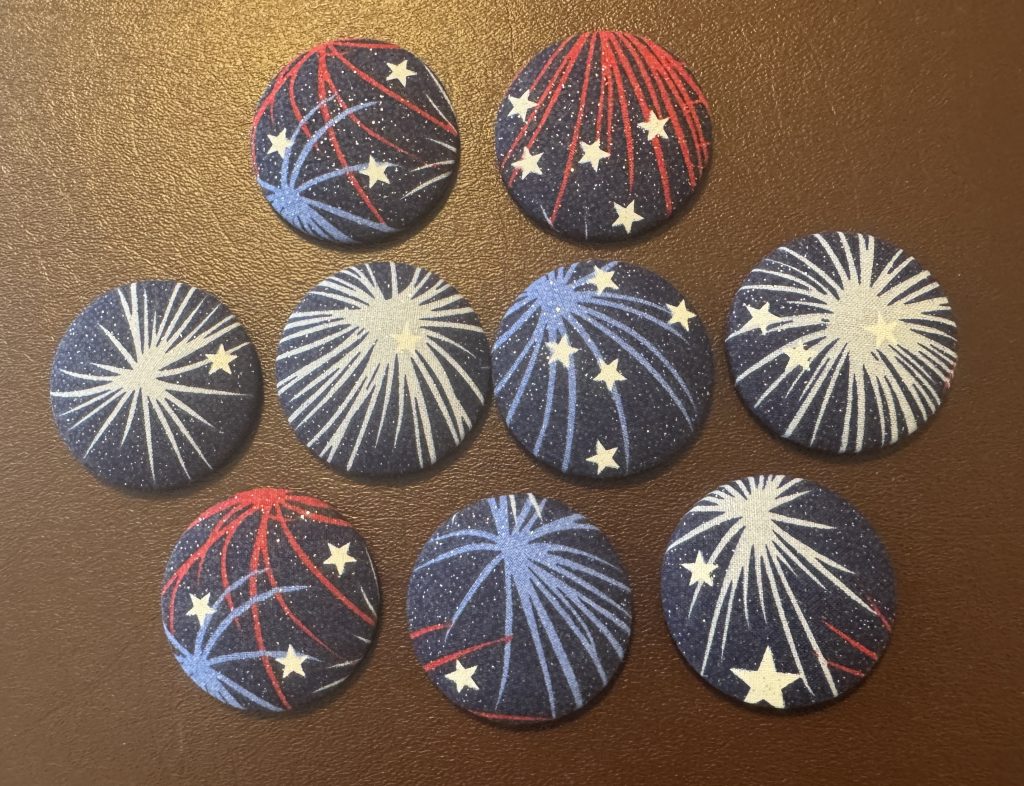Thought it was time to wrap up my story about making Christmas favors for two groups of special folks. The first is the lovely group of about 14 women in the Ladies Auxiliary to the Boalsburg Fire Company. We will have our Christmas dinner next week at a local restaurant. The second group is from the State College High School class of 1964. Our group varies from month to month depending upon who is in town…often six to twelve folks. Next week we will have lunch at a local restaurant.
Obviously, many of these folks read my blog, so if you will be attending those events next week…shhh…please be ‘surprised’ when I hand out your favors. (smile)
I wrote about my preparations to make the Christmas favors two weeks ago (you can read about it at https://marykisner.com/planning-ahead-to-make-christmas-favors/) Now I’d like to share the finished products.
I decided to aim for 30 gift bags total to make sure I had enough. Each gift bag would have a small mesh bag of 3 small soaps, an eye pillow filled with flax seeds, a small bag of green and red M&Ms and a battery-operated votive candle. Just enough to take a relaxing break over the holidays! This was not an expensive gift bag…what I’m really giving is my time to make the soaps and eye pillows to some special folks. If nothing else, the items can be used up or re-gifted to someone else!
The Small Soaps
The first item that triggered my thinking for these gift bags was my extra Goats Milk Melt & Pour soap. The small soaps make great guest soaps and are easy to make. Most of the time is used waiting…waiting for the soap to melt and waiting for the soap to harden in the molds. Yes it’s a little tedious wrapping each tiny soap with plastic wrap, but it’s a necessary step. FYI…Melt & Pour soap is hydroscopic…and will eventually absorb moisture from the air and soften. Therefore, each tiny soap needed to be protected. (Regular hand-made soap bars made from scratch need to be open to the air to harden over a few weeks.)
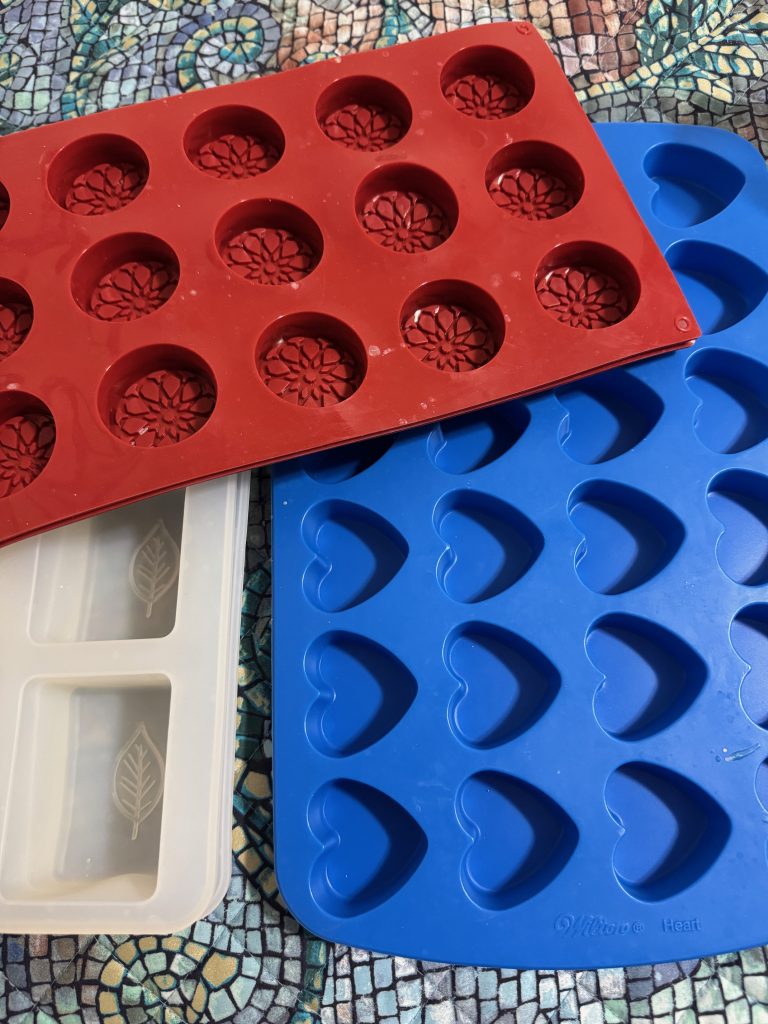
The Melt & Pour soap just needed to be chopped up, melted over boiling water and poured into molds. The small molds worked well, but I had to make 90 individual soaps. That took a full day to melt the soap, pour it into molds, wait for it to harden and then pop out the soaps and wrap them individually in plastic wrap. Then I started over when the molds were free.
Here are the soaps ready for the gift bags:
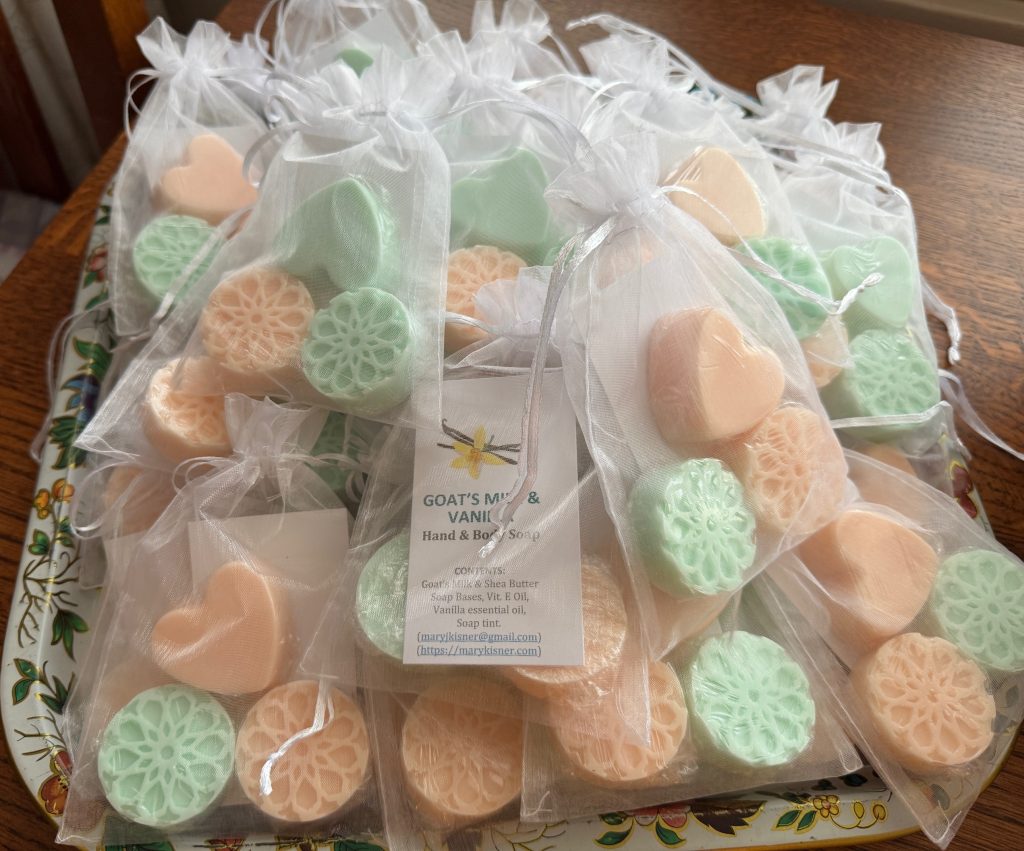
When I was all finished, I had this pile of soaps left over. They may find their way to other gifts or Christmas stockings!

The Eye Pillows
The flaxseed-filled pillows can be heated in the microwave or put in the freezer. Very handy for tired eyes. I found cotton fabric at Walmart, but I had to order flannel from Amazon.
You can read about how to make the pillows at https://marykisner.com/making-a-hot-or-cold-eye-pillow-for-headaches-or-toothaches/
First, I cut out 30 sets of pillows…one front, one back and two muslin pieces for lining. The flax seeds have sharp points on each end and would poke right through the flannel without the lining.
The four pieces stacked like this:
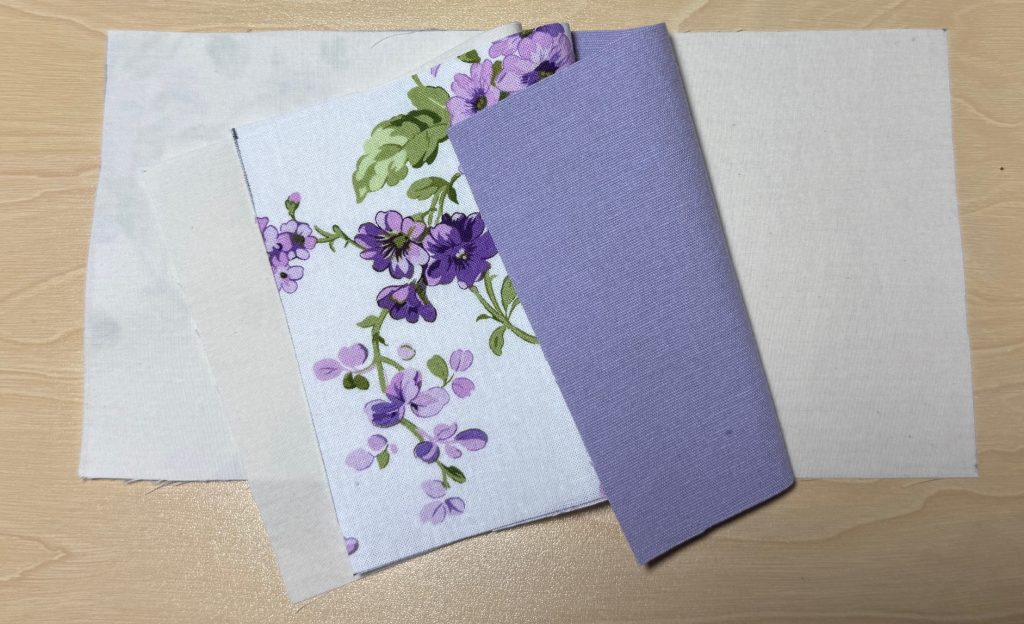
I stitched around the rectangle leaving an opening on one end.
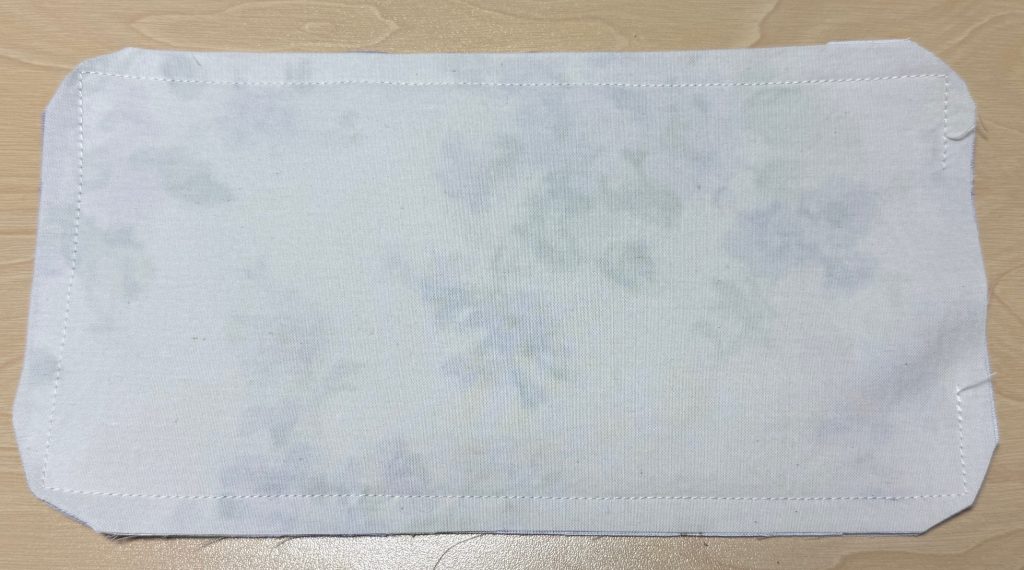
Turn the pillow right side out.

Top stitch all the way around the pillow…leaving the small opening. I used a funnel and a 1/4 cup measure to pour in the required 1 cup of flax seeds. Then, after shifting all the flax seed to the far end, I quickly sewed the opening closed.
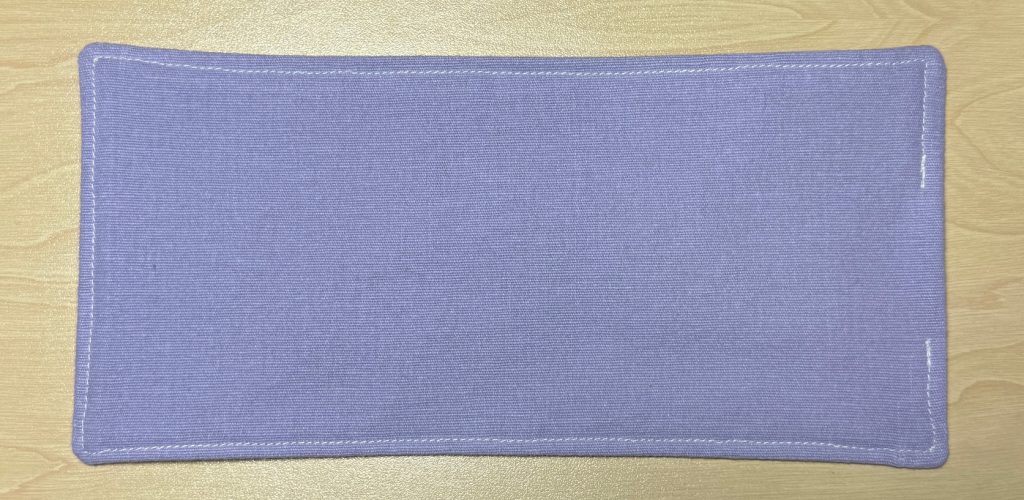

I also wanted to keep each pillow clean in the gift bag, so I put each one in a gallon zip bag. That would help it stay nice between use, and would keep it clean if used as a cold pack when placed in the freezer.
The process to make 30 pillows took more than several days to complete. Thank goodness for Hallmark Movies to keep me entertained!

The Battery-operated Votive Candles
I’ve had this box of votive candles for several years. I used a few to put inside some clay candle holders I made out of polymer clay. So much for that project! I made a few and decided I didn’t need more than three…thus, there sat a box of candles on my shelf! (I did make sure they would still work before I put them in the gift bags!)


Red and Green M&Ms
I’m sure the M&Ms were not necessary but they just seemed like the perfect touch! This 4 lb. bag of M&Ms just made 30 tiny bags…one for each gift bag!
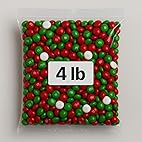
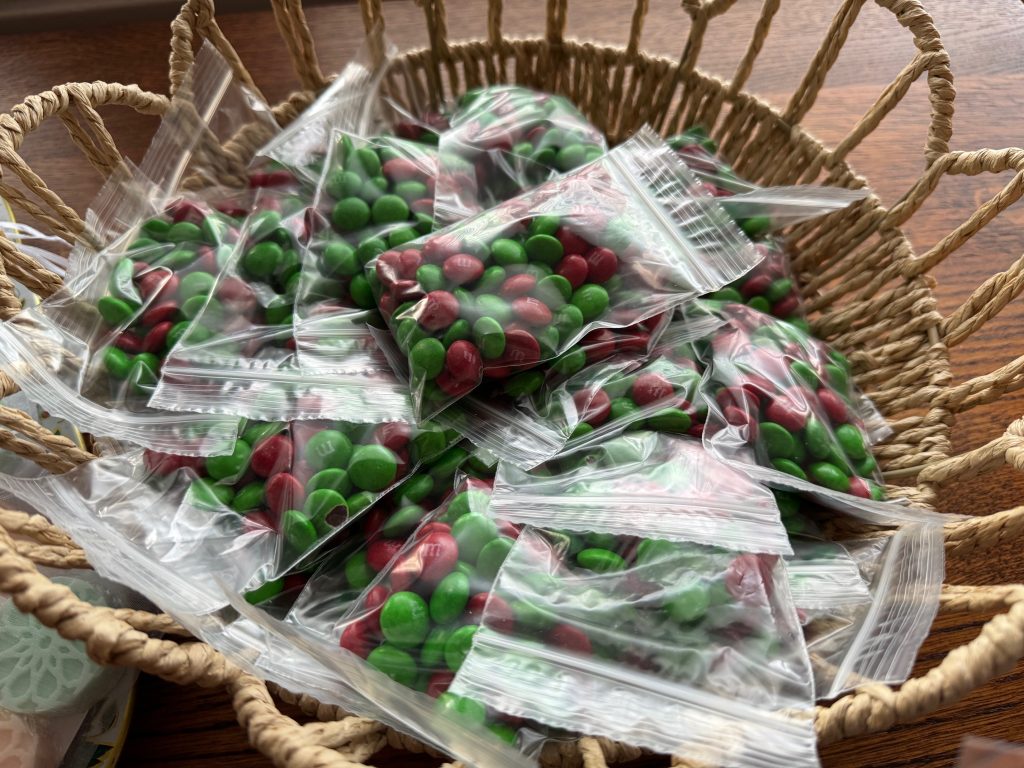
Time to fill the bags!

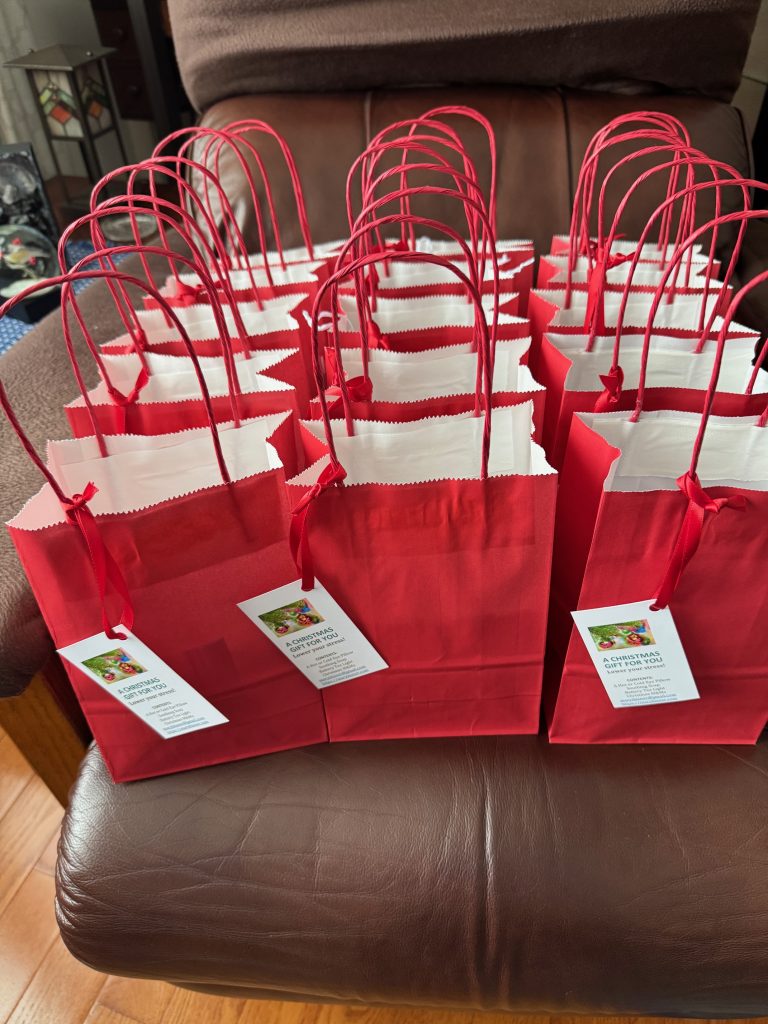

I think this display will count as my Christmas decorating for the season! Enjoy!
Please email me directly if you have comments or questions: maryjkisner@gmail.com

